Julia Schulz-Dornburgs Reise in die Untiefen der spanischen Erinnerungskultur führt zu merkwürdigen, sperrigen, oft... >> read more
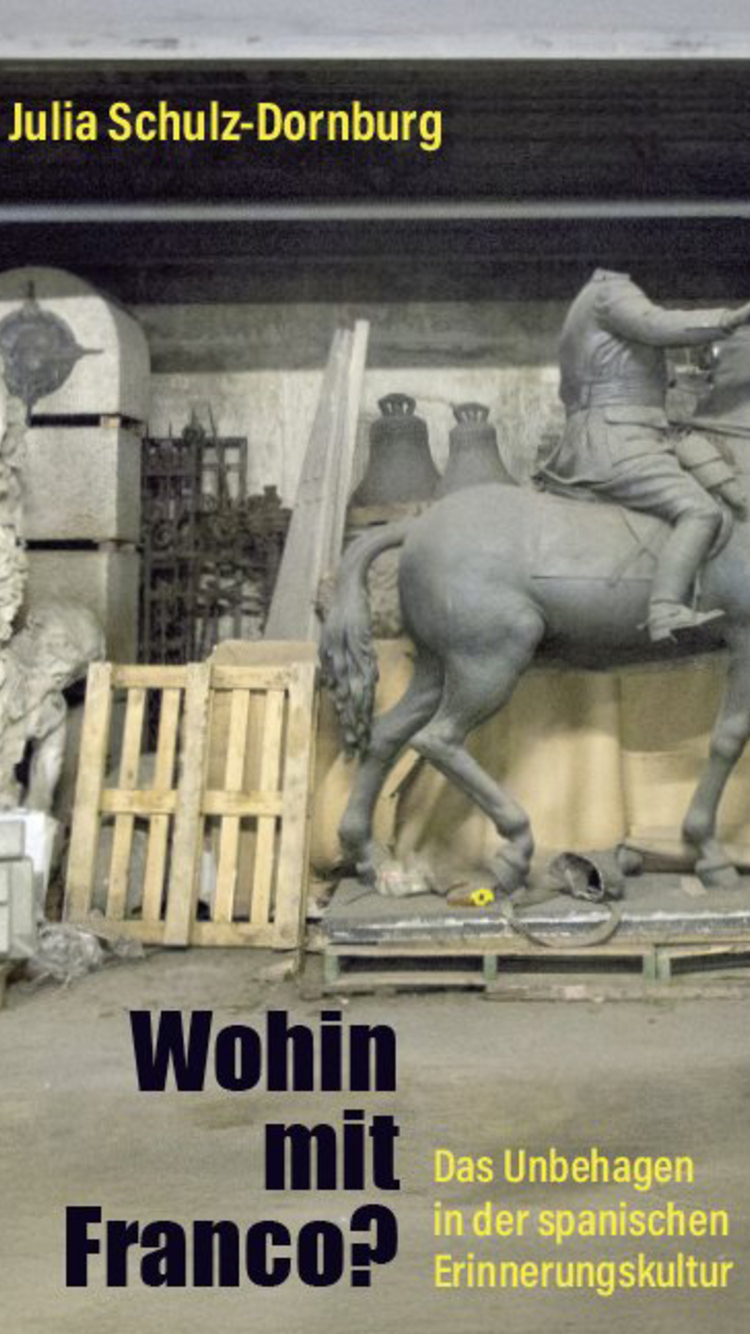
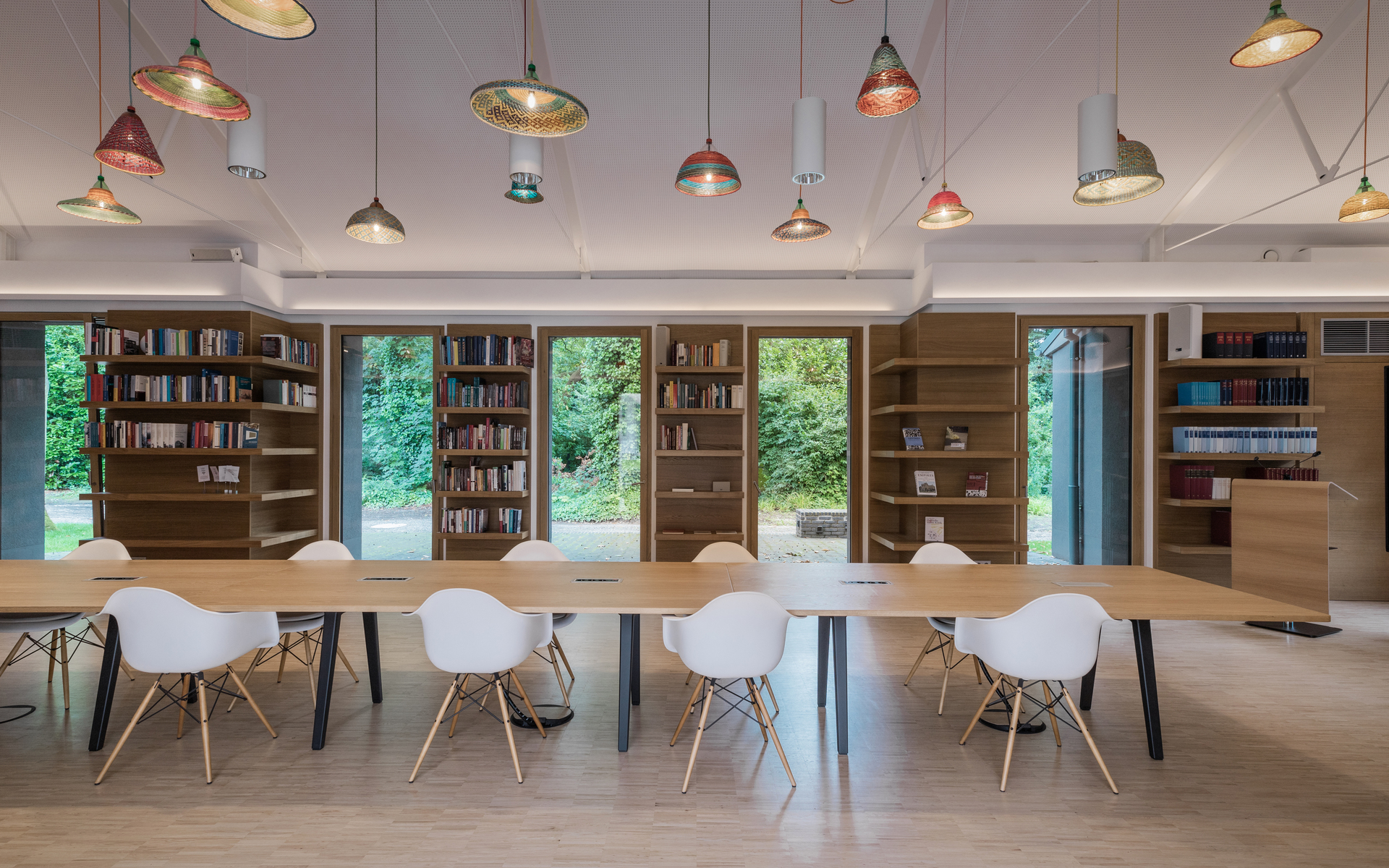
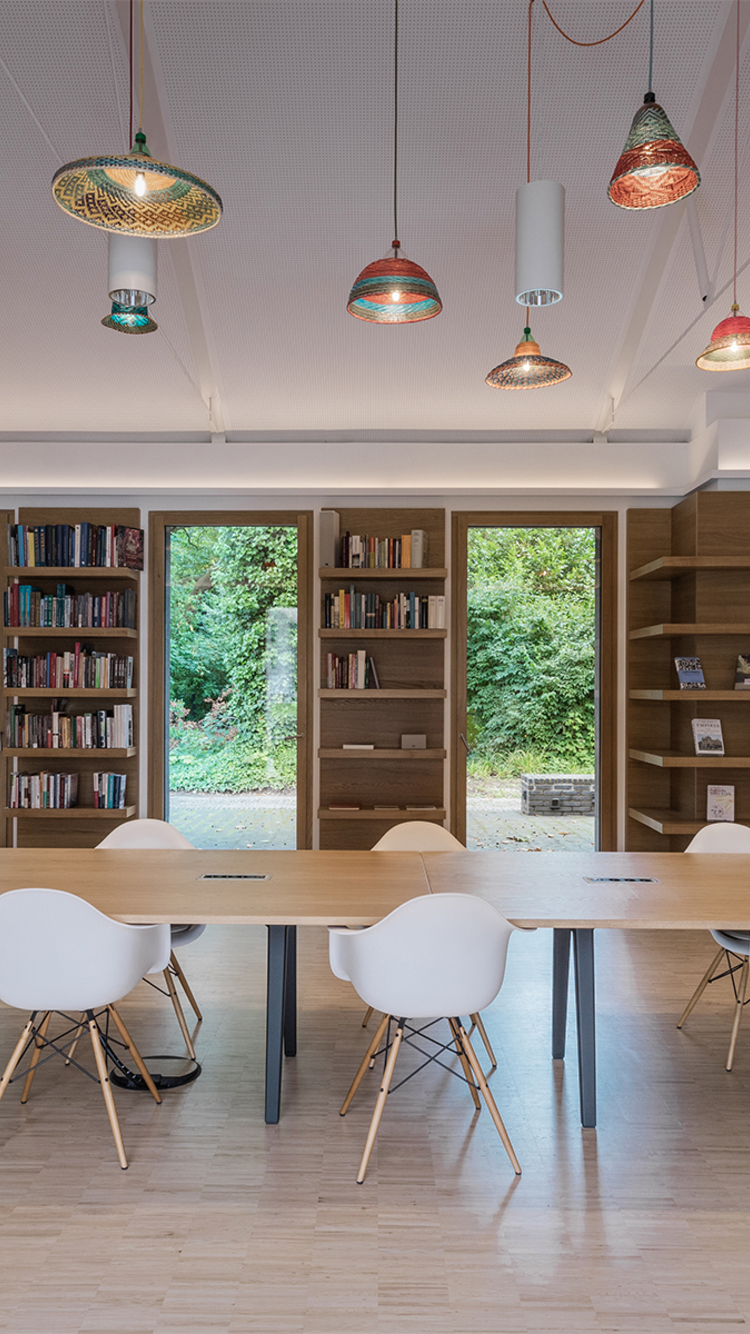
Gartenpavillon
The restoration and use of the derelict building “Herz'sches Haus” in Düsseldorf's Malkasten park have consolidated the... >> read more
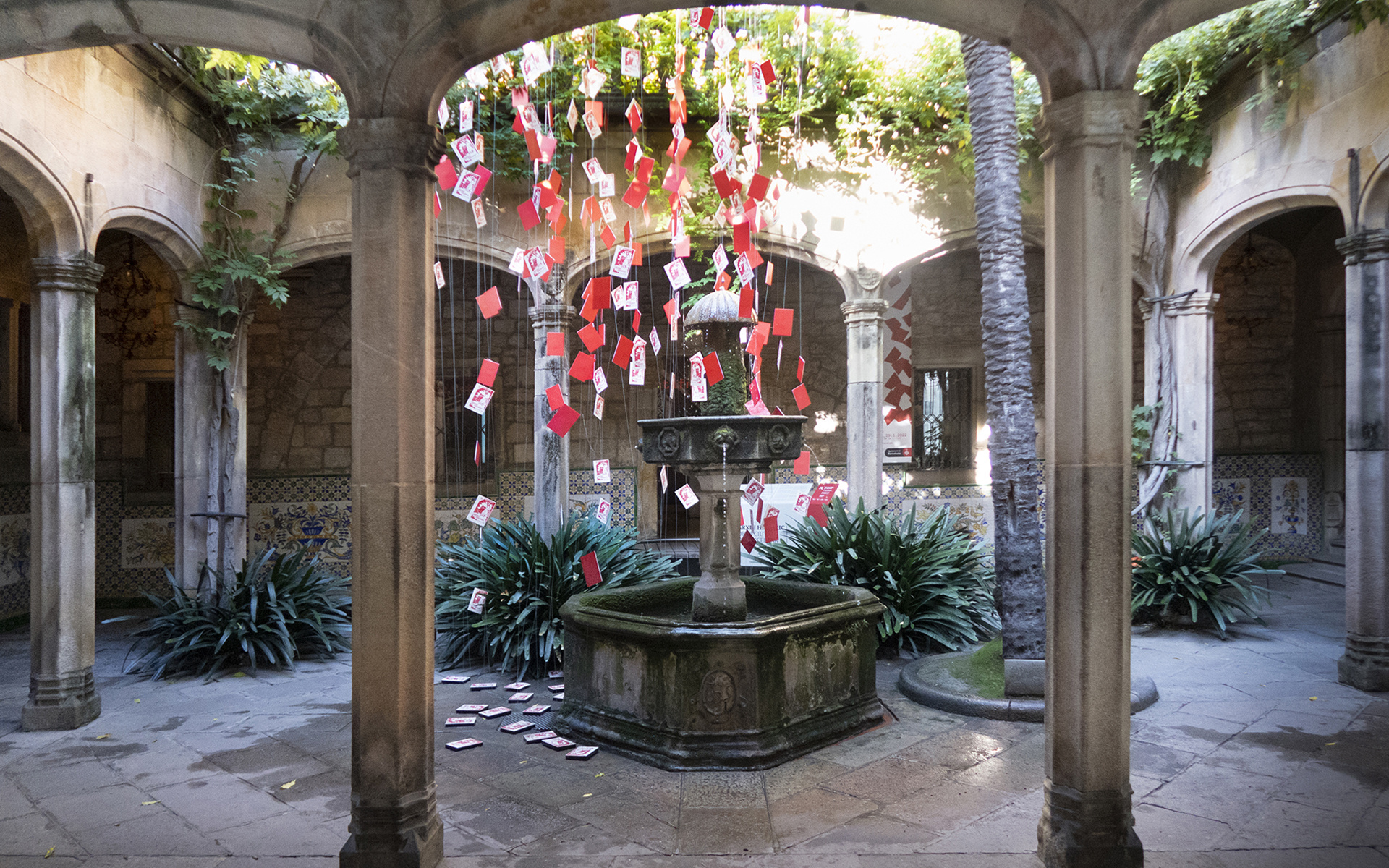
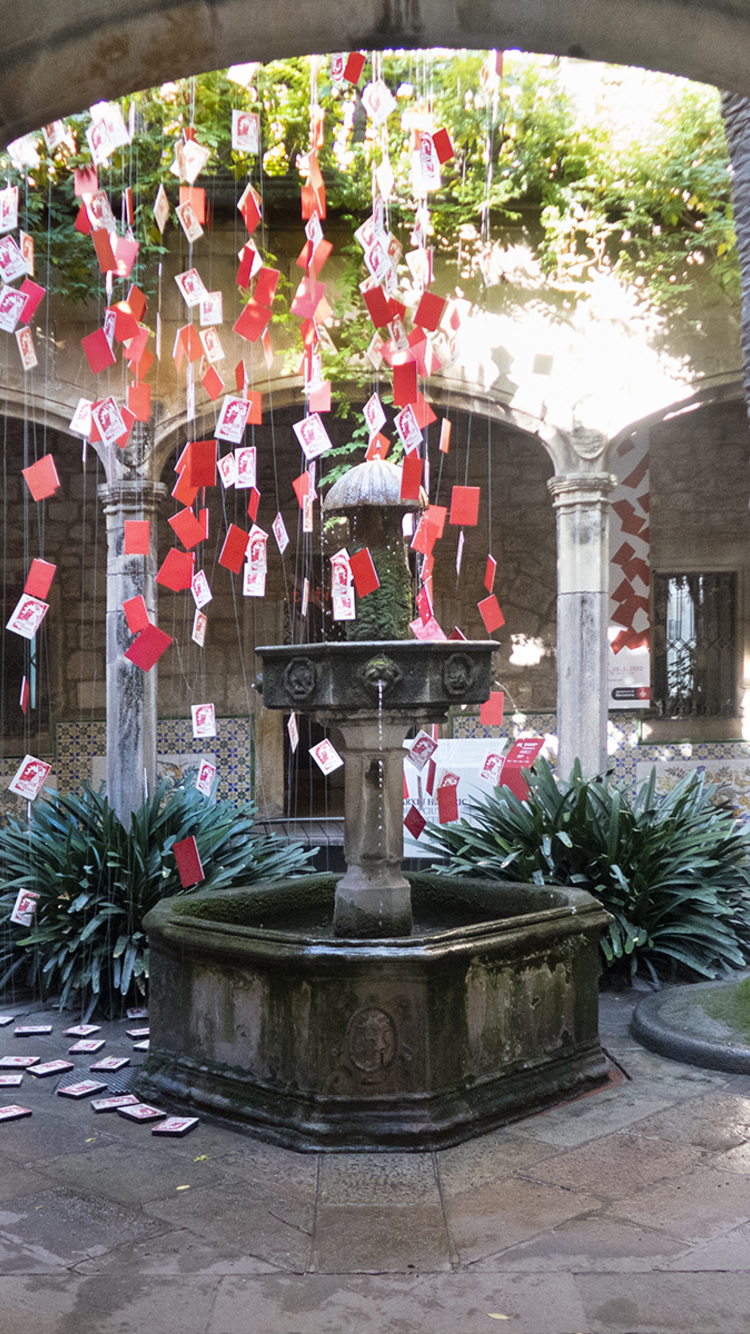
Quan plovien octavetes. Clandestinitat, premsa i propaganda antifranquista. Barcelona
Hundreds of clandestine newspapers, magazines, bulletins and leaflets were published despite the repression of Franco’s... >> read more
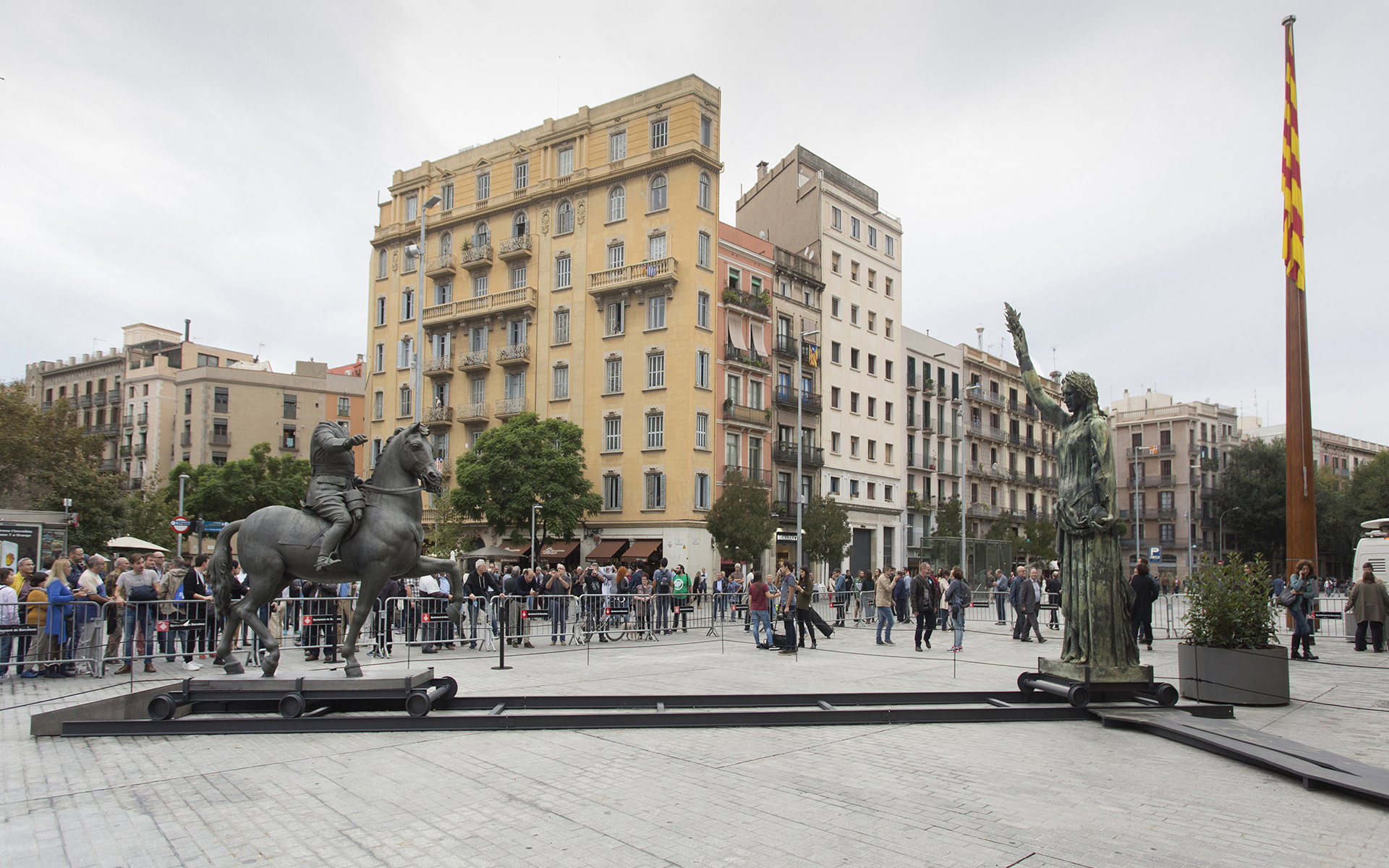
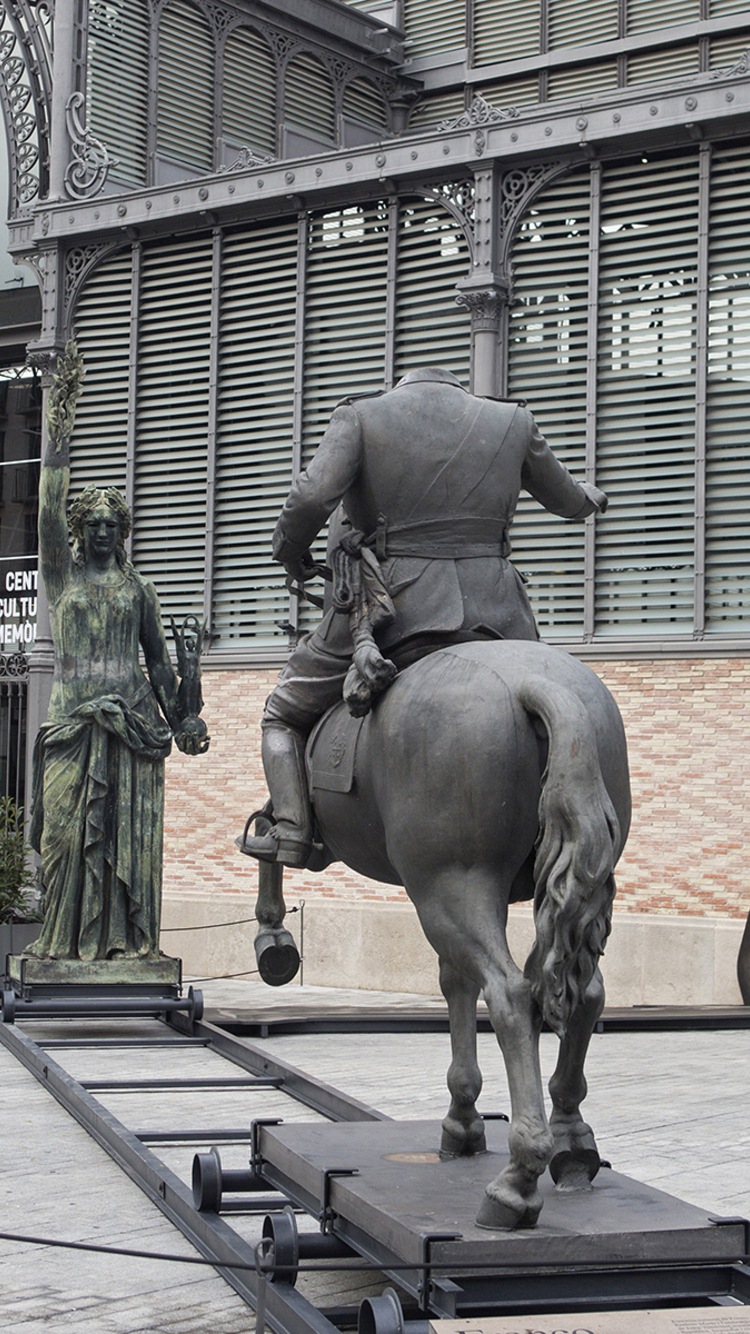
Franco, Victòria, República, impunity and urban space. Born, Barcelona
Monuments commemorate historical events, their pedestals, columns, obelisks and triumphal arches mark the permanence of... >> read more
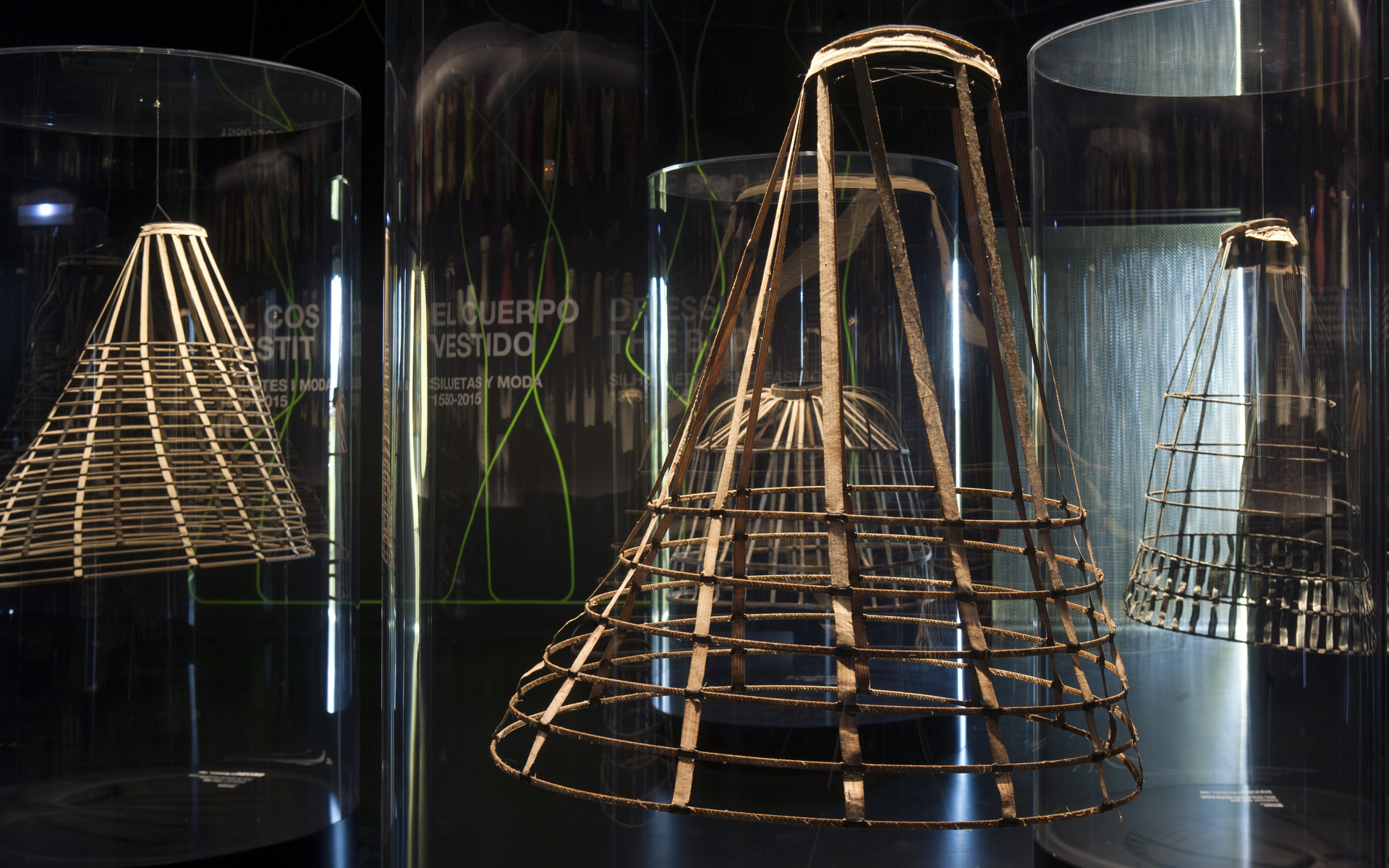
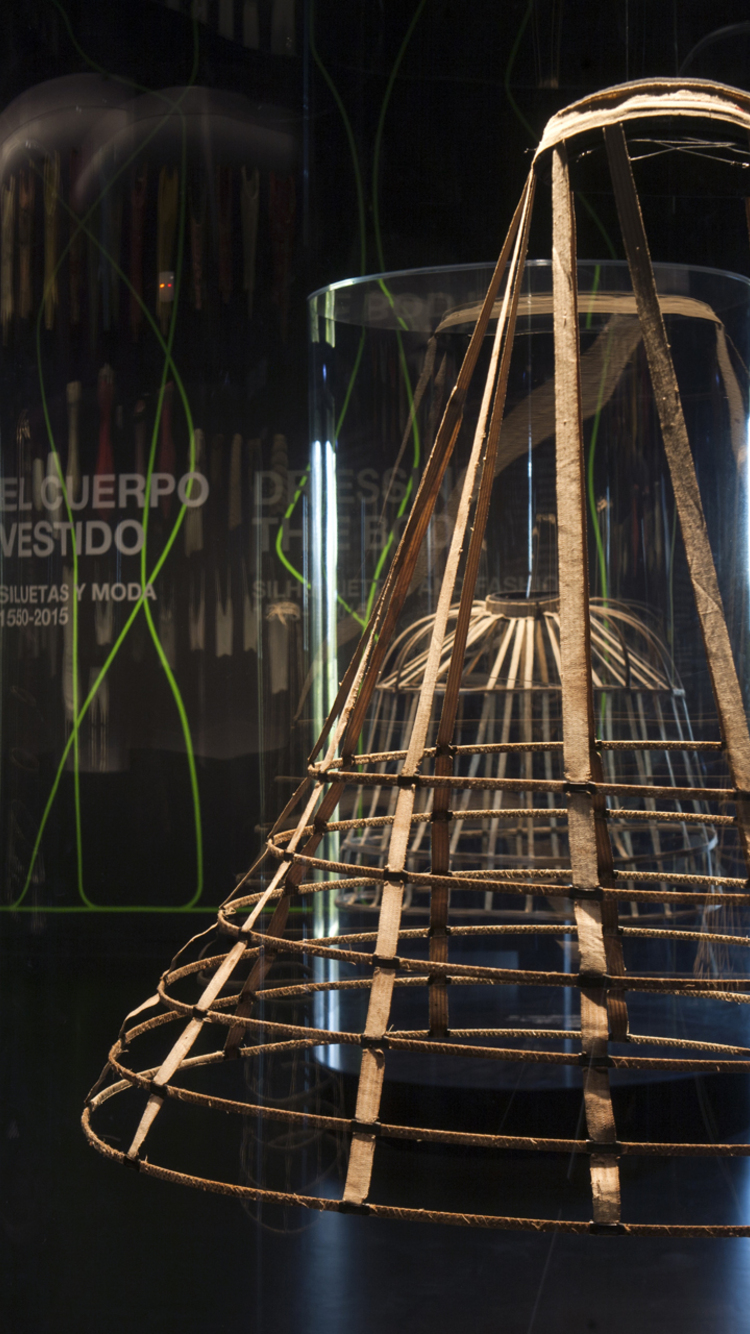
Dressing the Body, DHUB, Barcelona
“Dressing the Body” reflects on the manipulation of the human body throughout the history of fashion and illustrates... >> read more
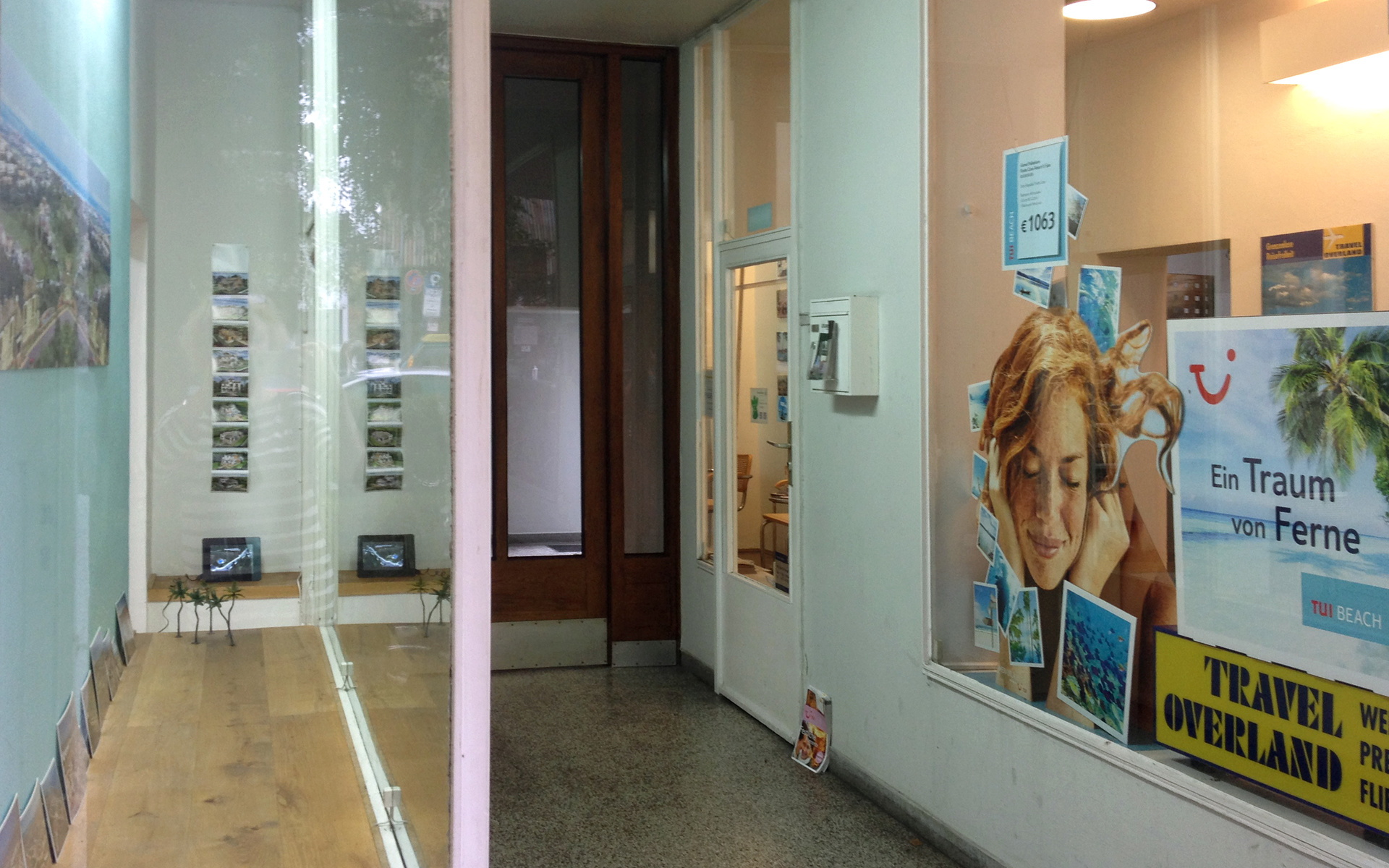
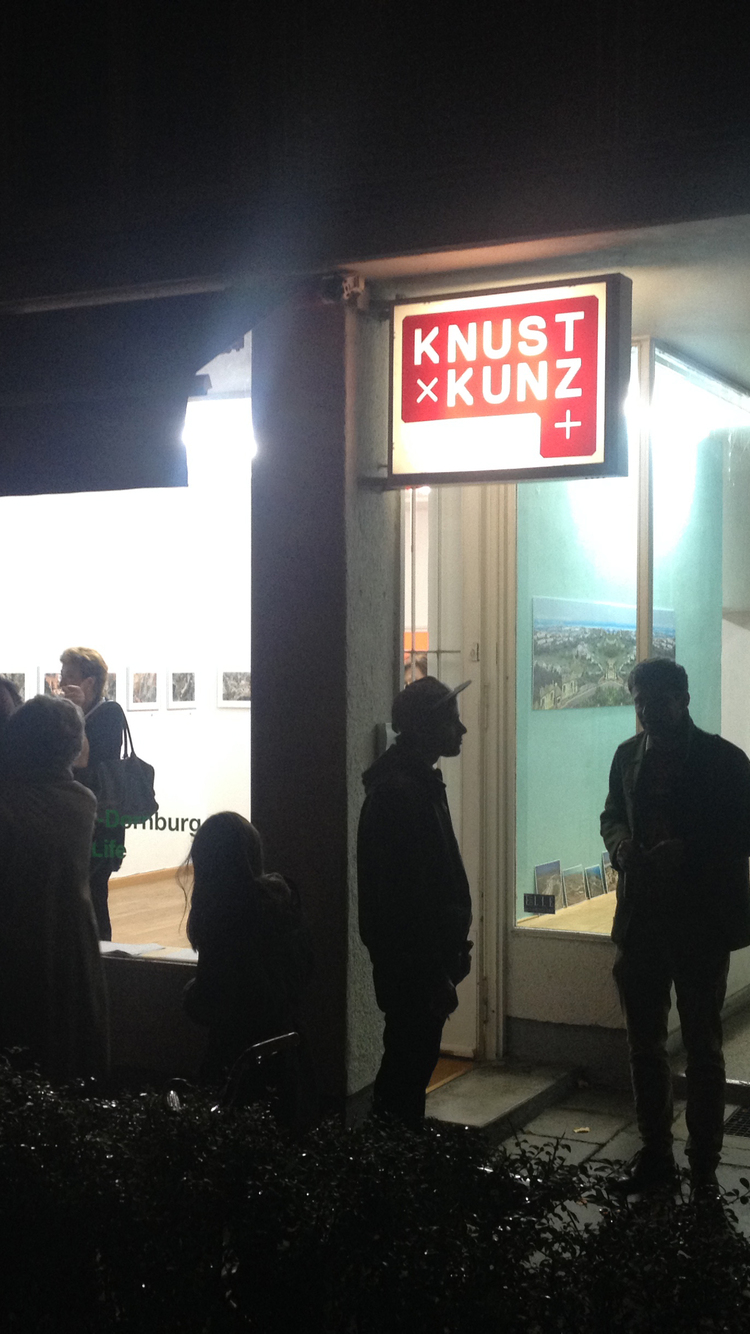
“Panoramic life”, München
This collection of satellite photographs shows how notoriously disconnected the layout of recent speculative building... >> read more
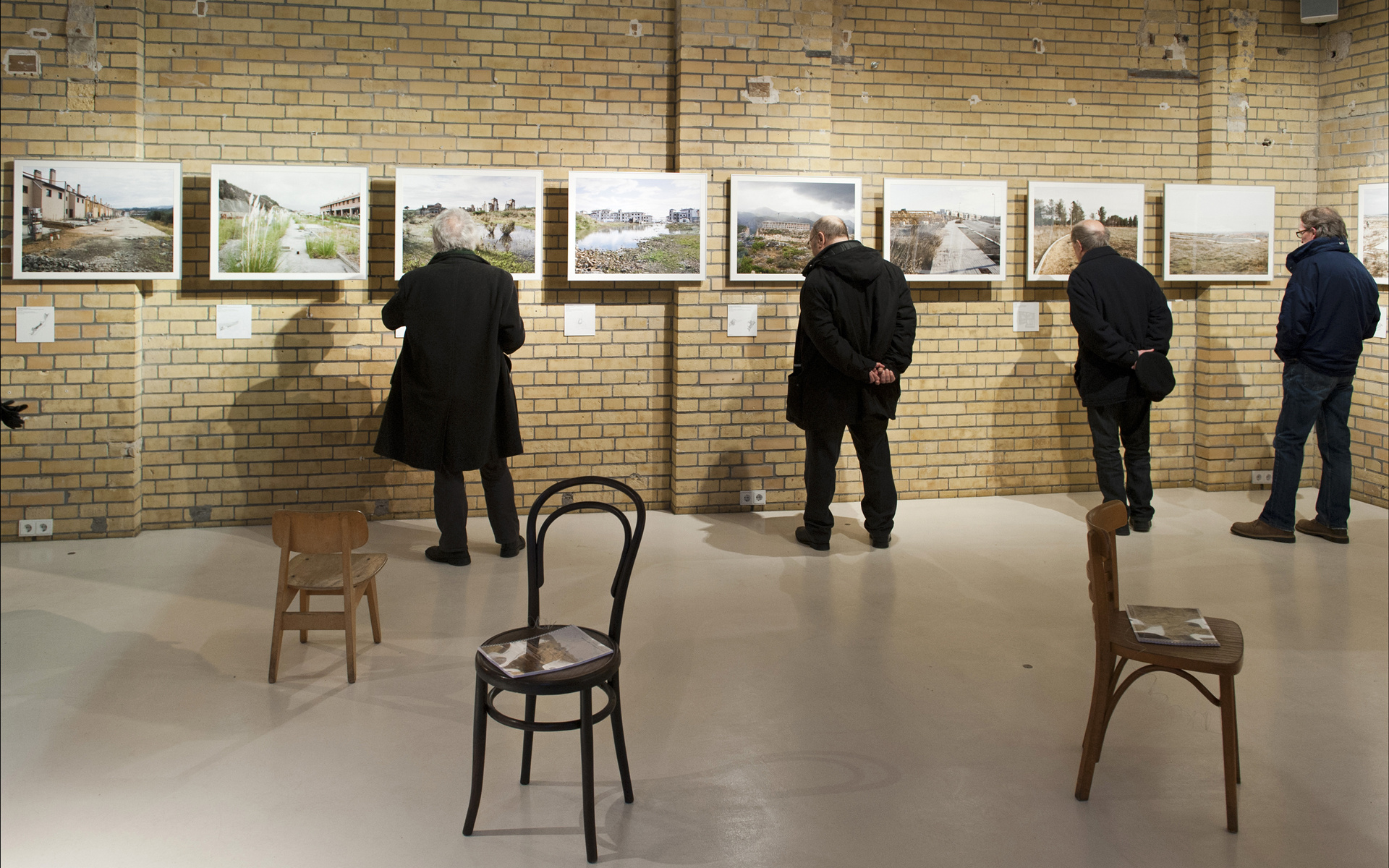
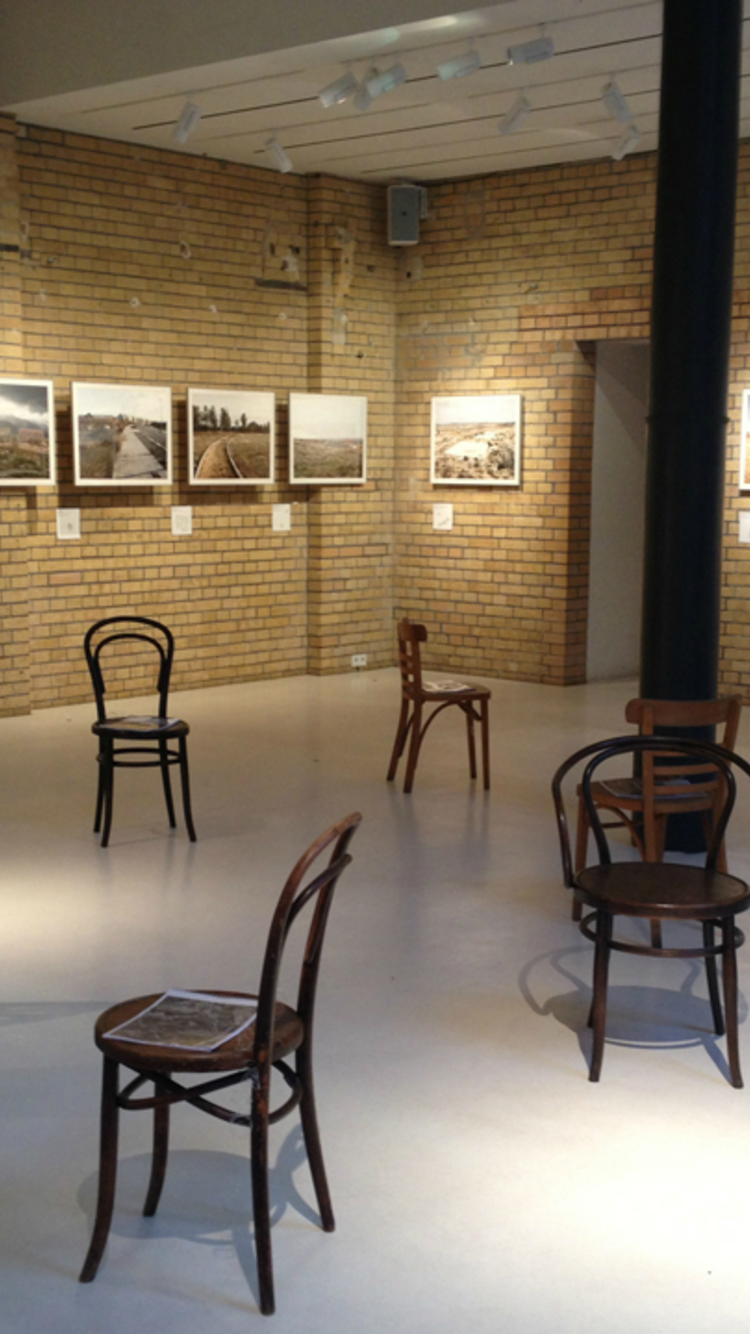
Modern Ruins Berlin
A Topography of Profit. Aedes, BerlinThe exhibition “Modern Ruins, A Topography of Profit”, grows out of a body of on-going research that started in 2010... >> read more
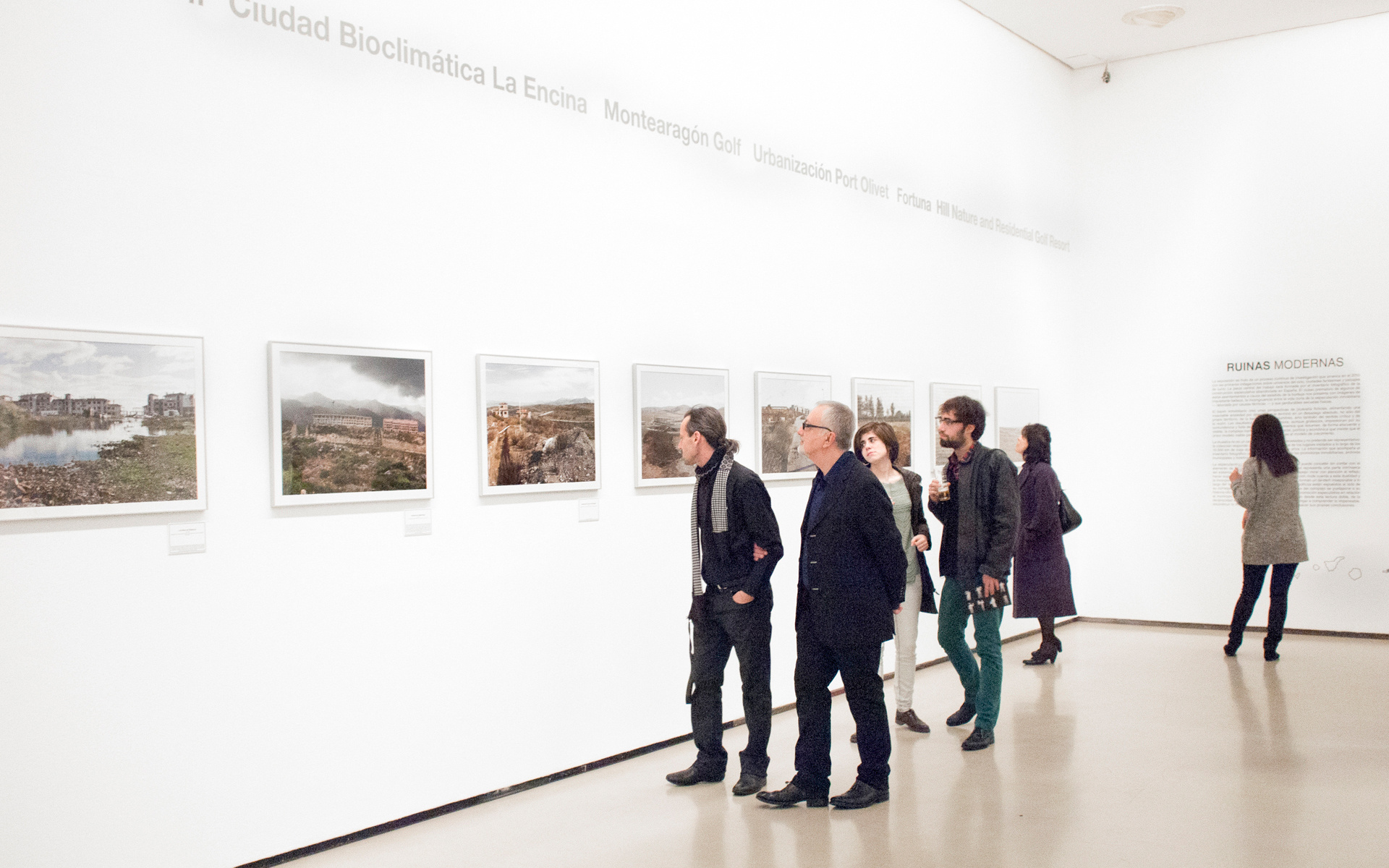
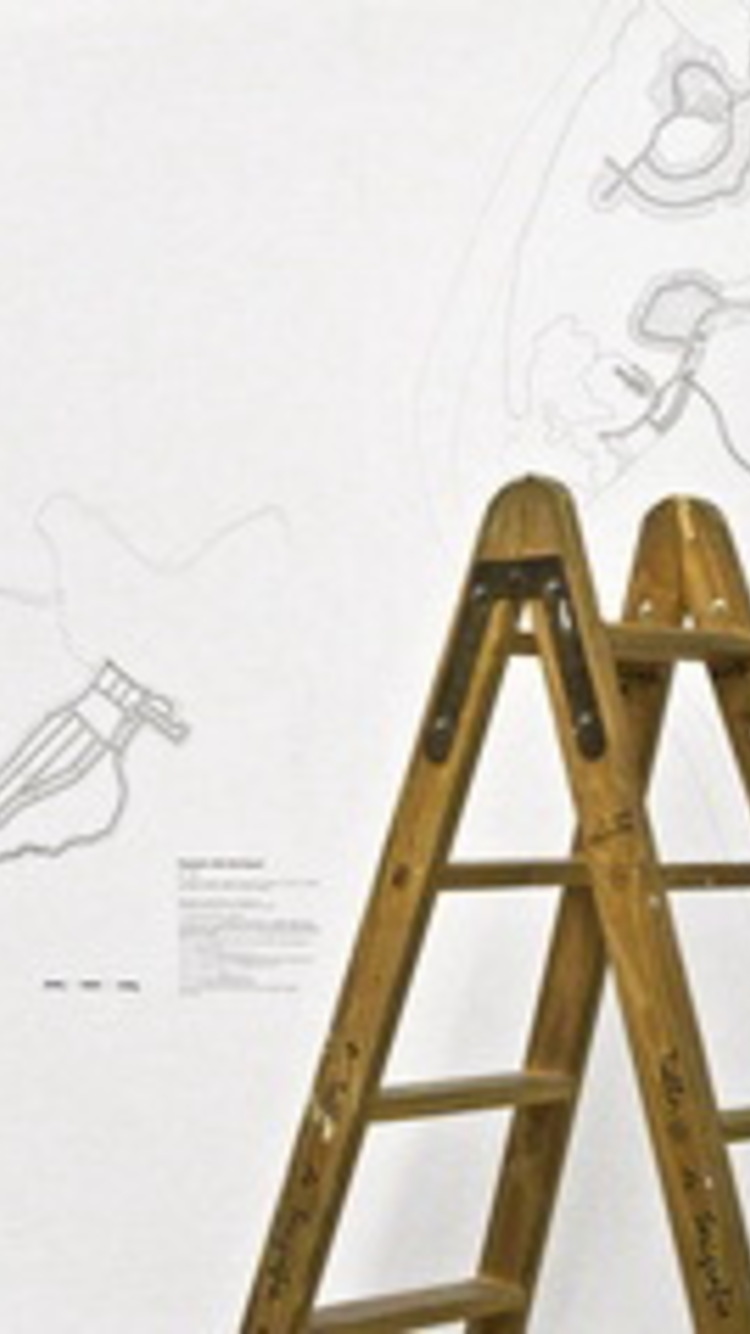
Ruinas Modernas-Spain mon amour. Ico Museum, Madrid
The centrepiece of the work is the photographic inventory of speculative construction abandoned in Spain, a compilation... >> read more
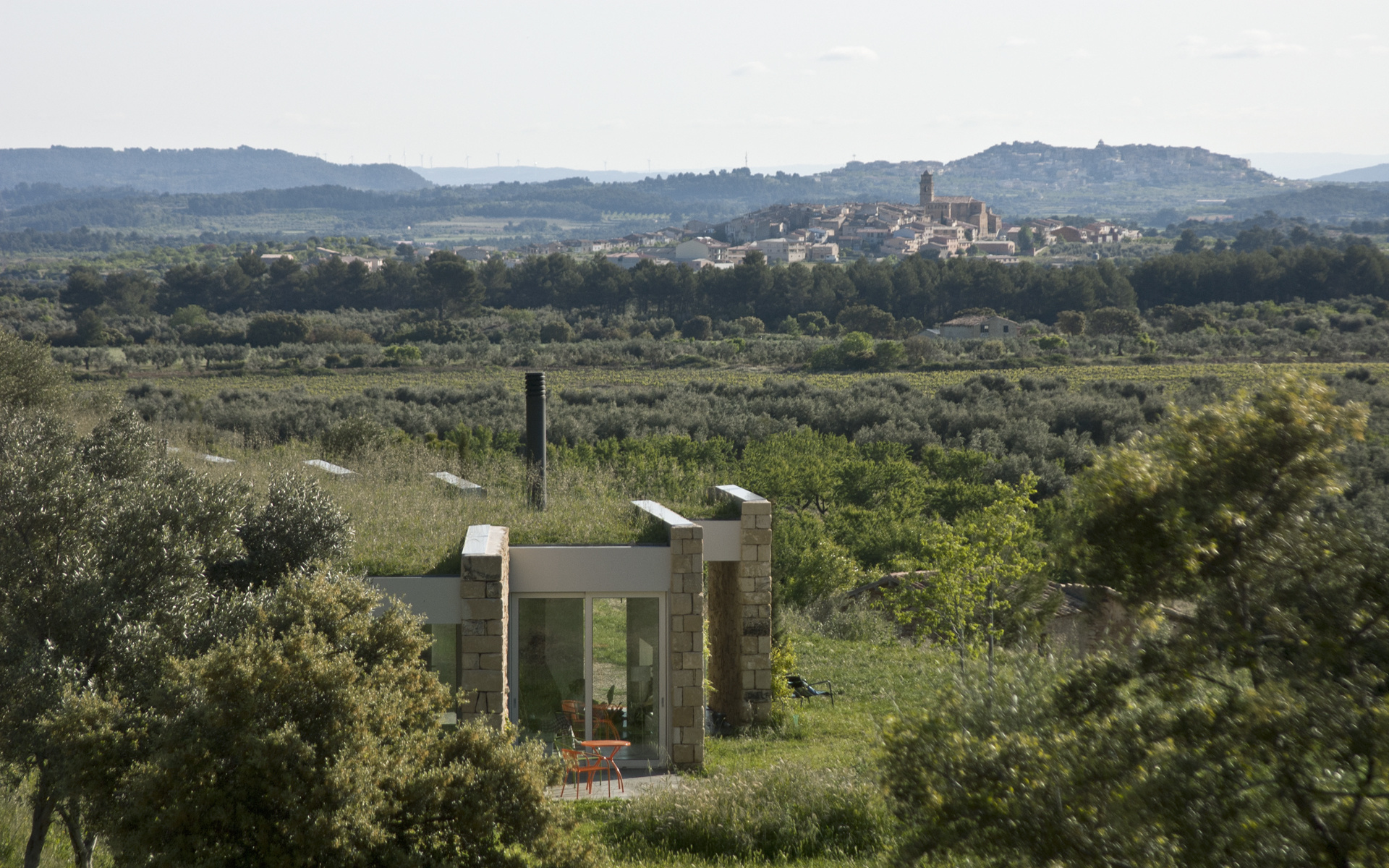
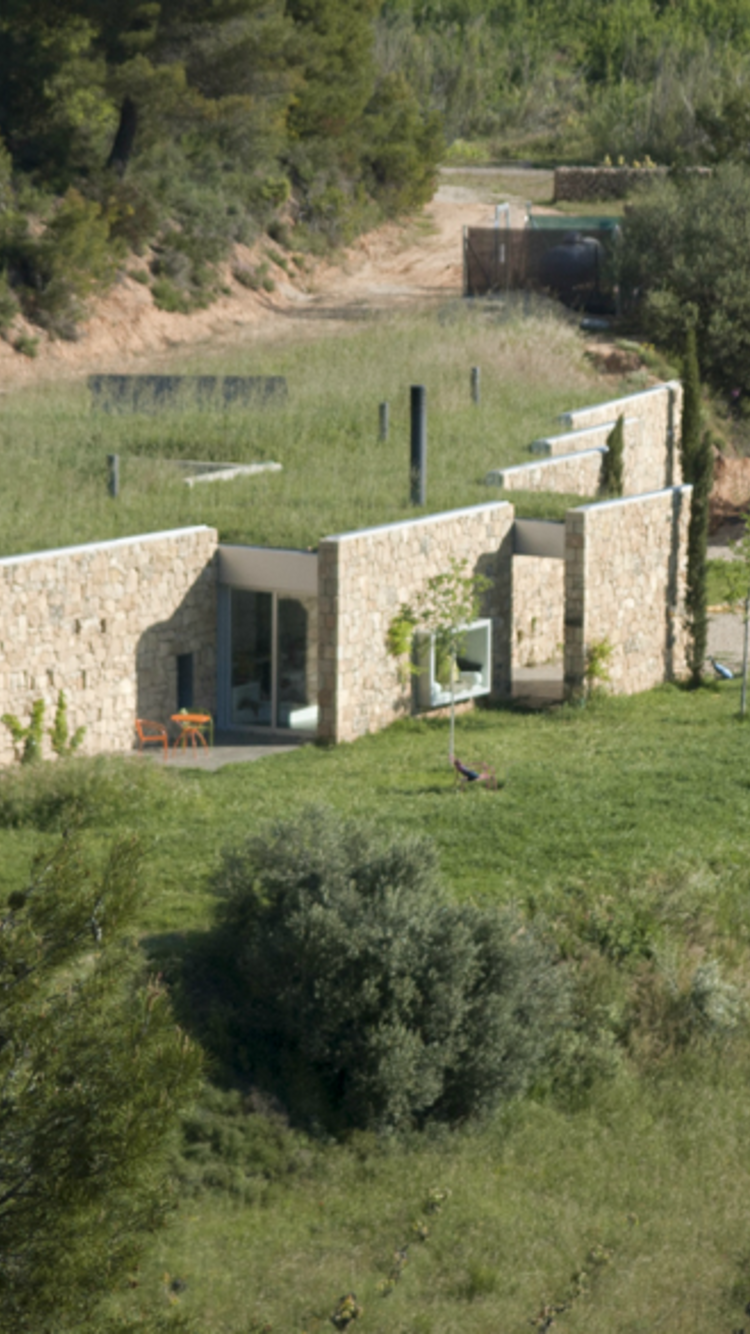
Hidden House. Cretas, Teruel
The house aims to achieve full integration into the landscape without altering the sequence of vine terraces located on... >> read more
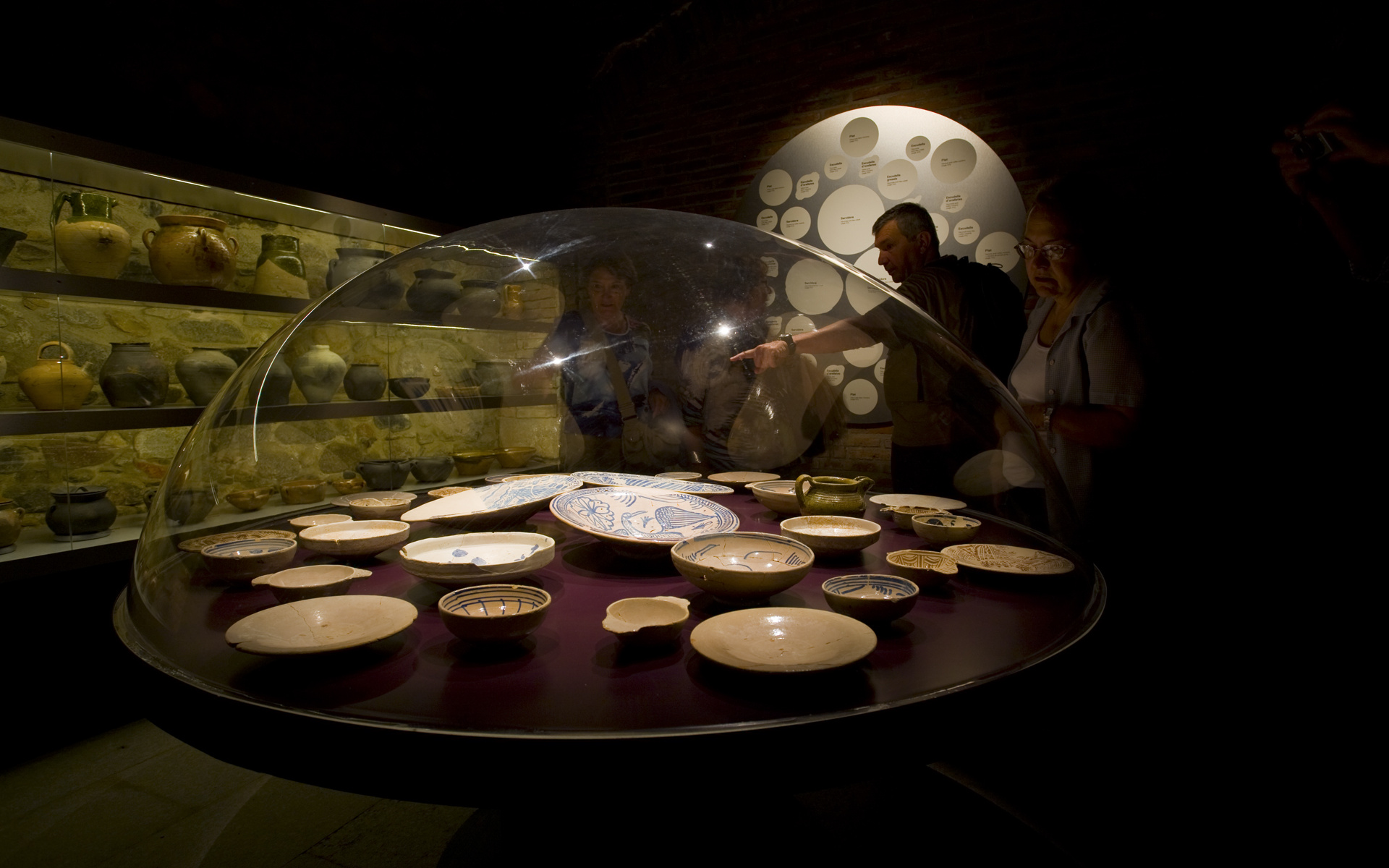
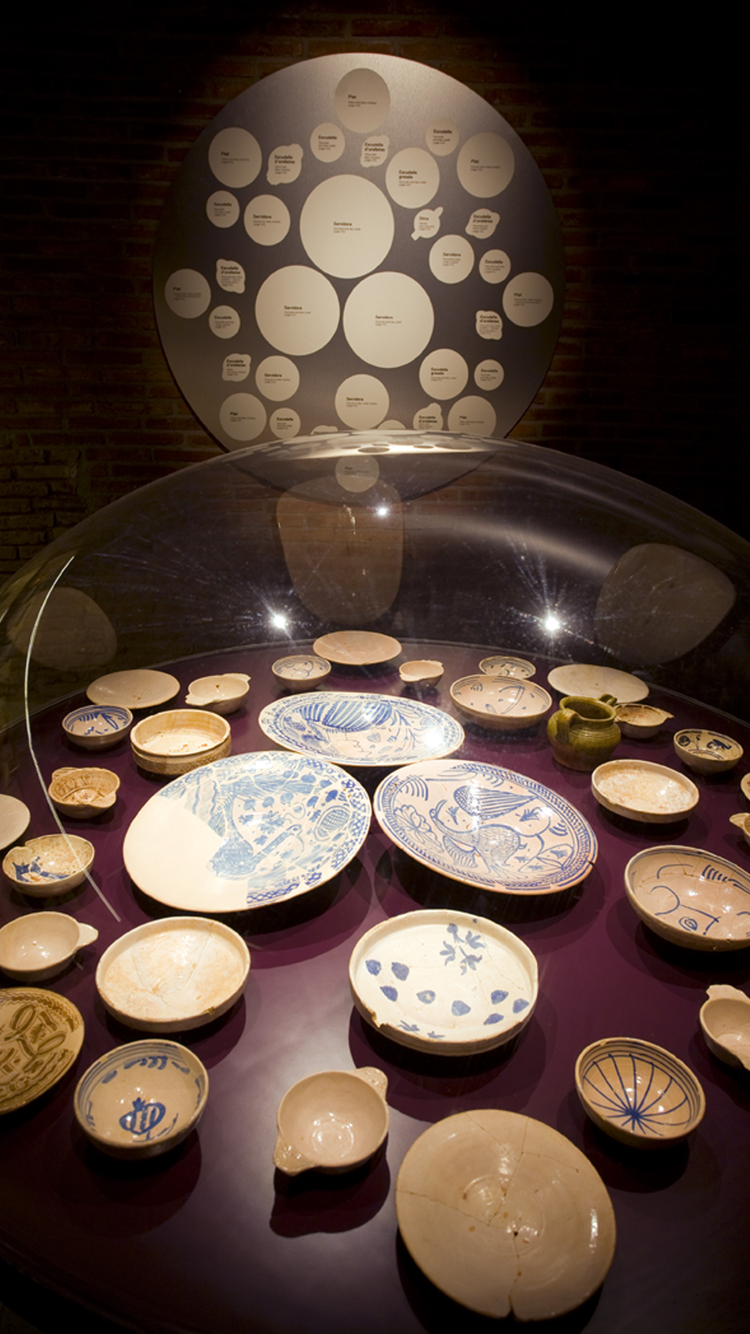
Ethnological Museum Montseny, La Gabella. Arbúcies
A series of architectural measures (new staircase, dismantling of an attic, opening up of various spaces) are planned... >> read more
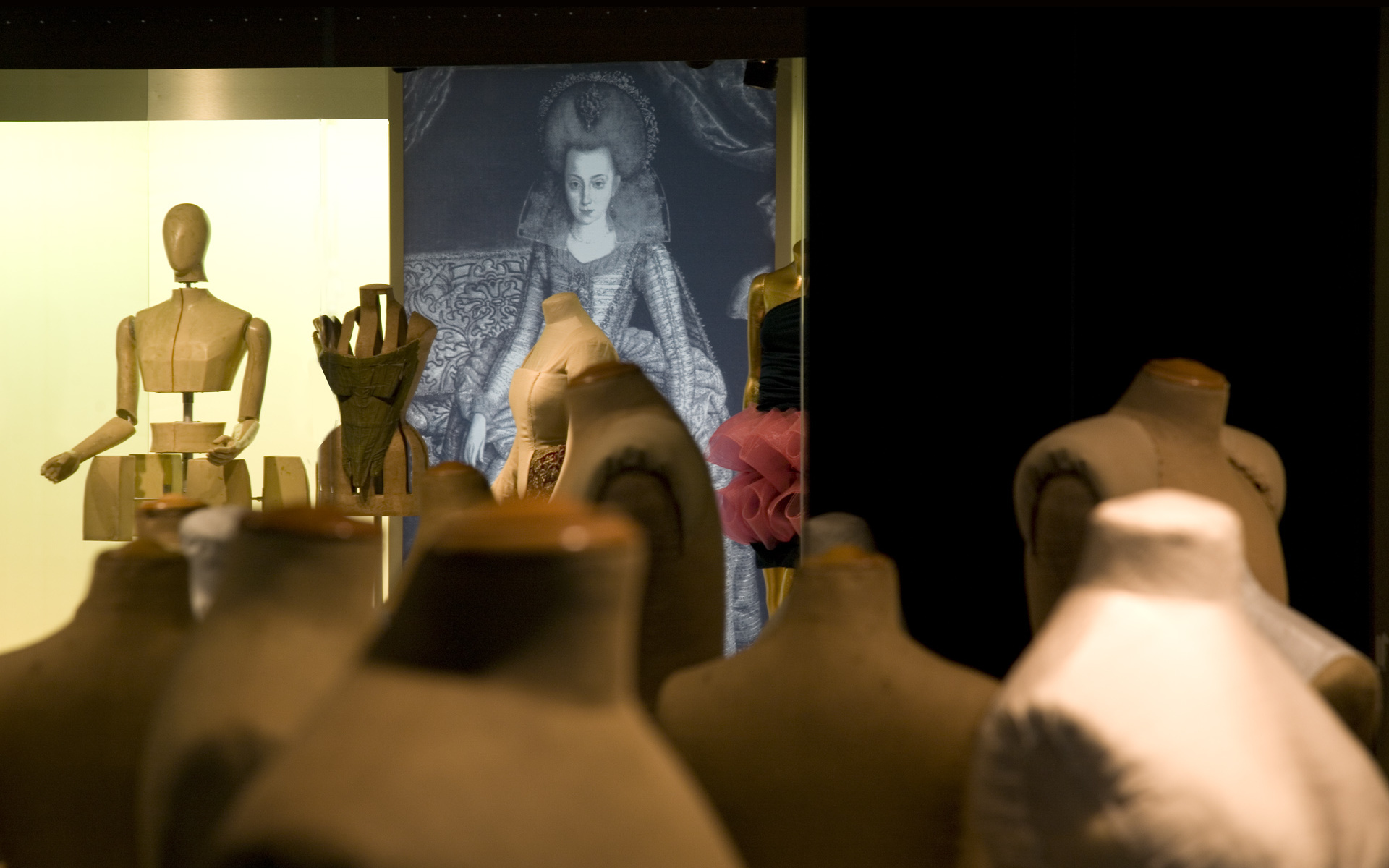
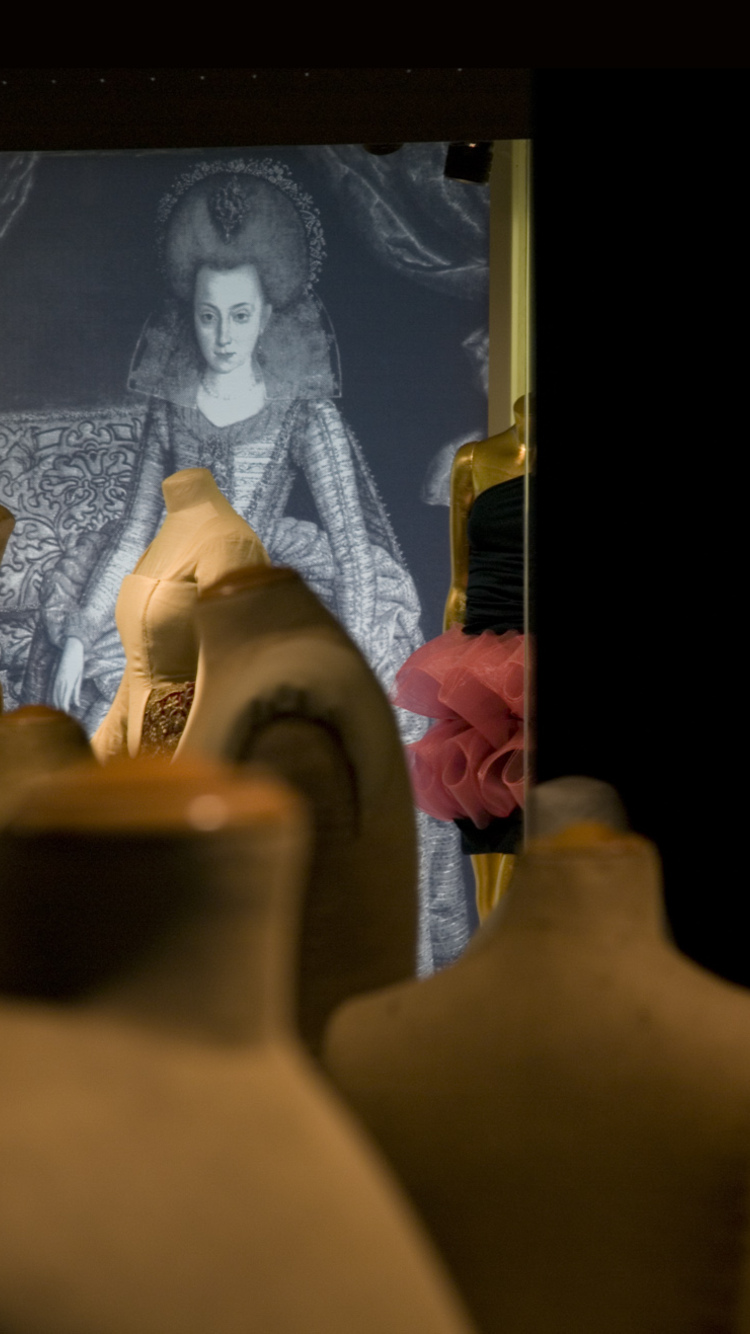
El Cos Vestit. Museu de les Arts Decoratives,
Palau de Pedralbes, BarcelonaA mayor part of the Textile Museum collection has been modernized and relocated in the Pedralbes Palace, using... >> read more
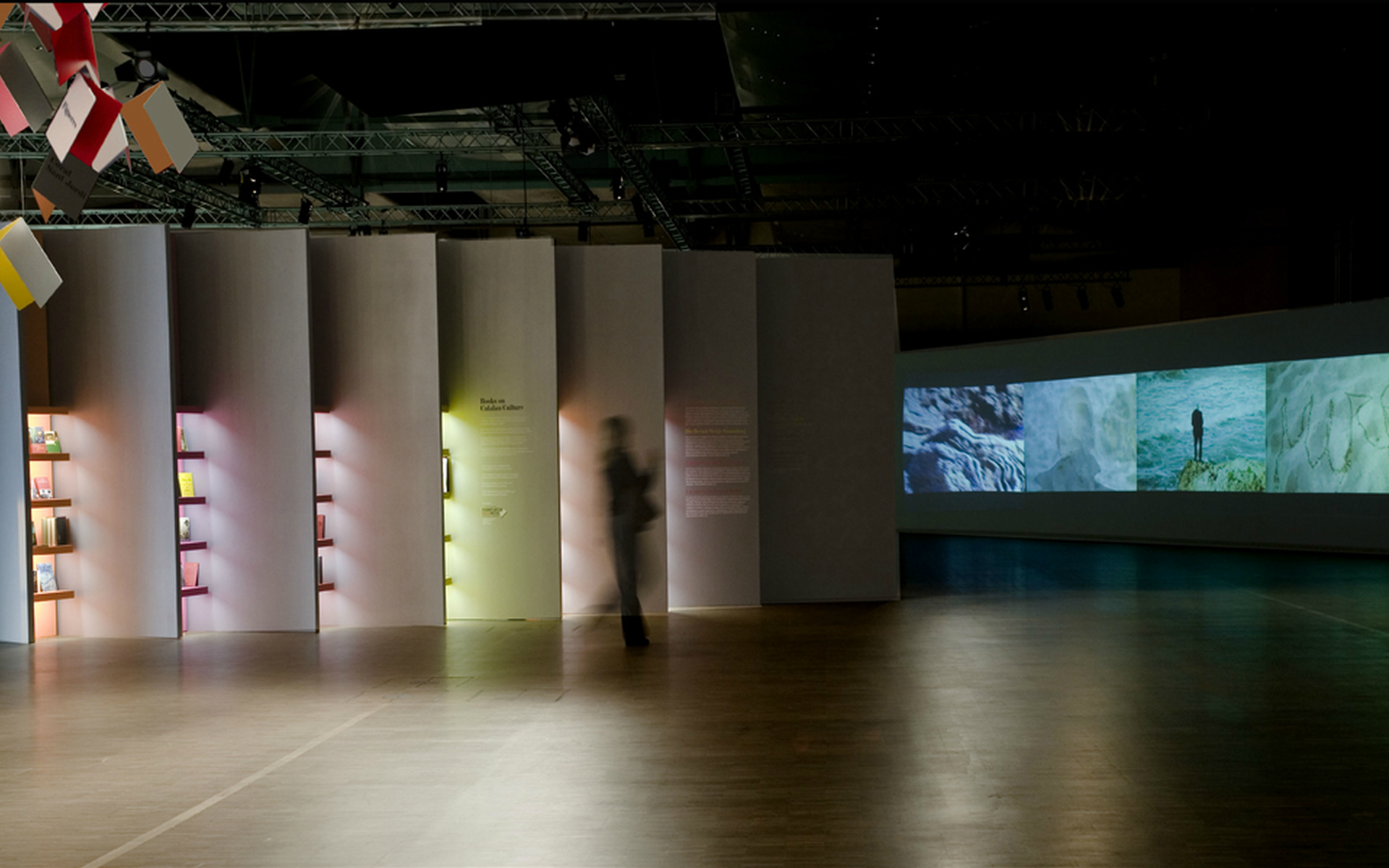
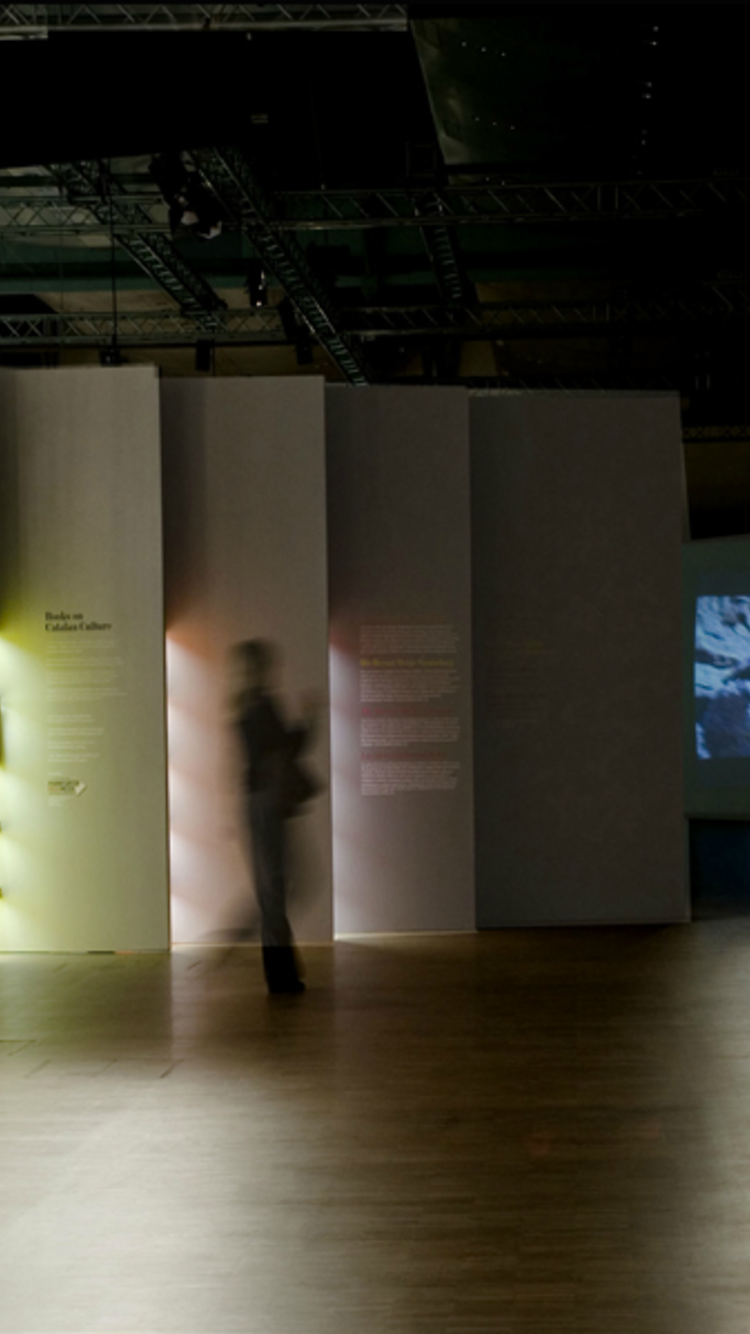
"Cultura Catalana Singular i Universal”.
Book Fair, FrankfurtThe guest of honour exhibition “Catalan Culture, Singular and Universal” at the book fair in Frankfurt is divided in... >> read more
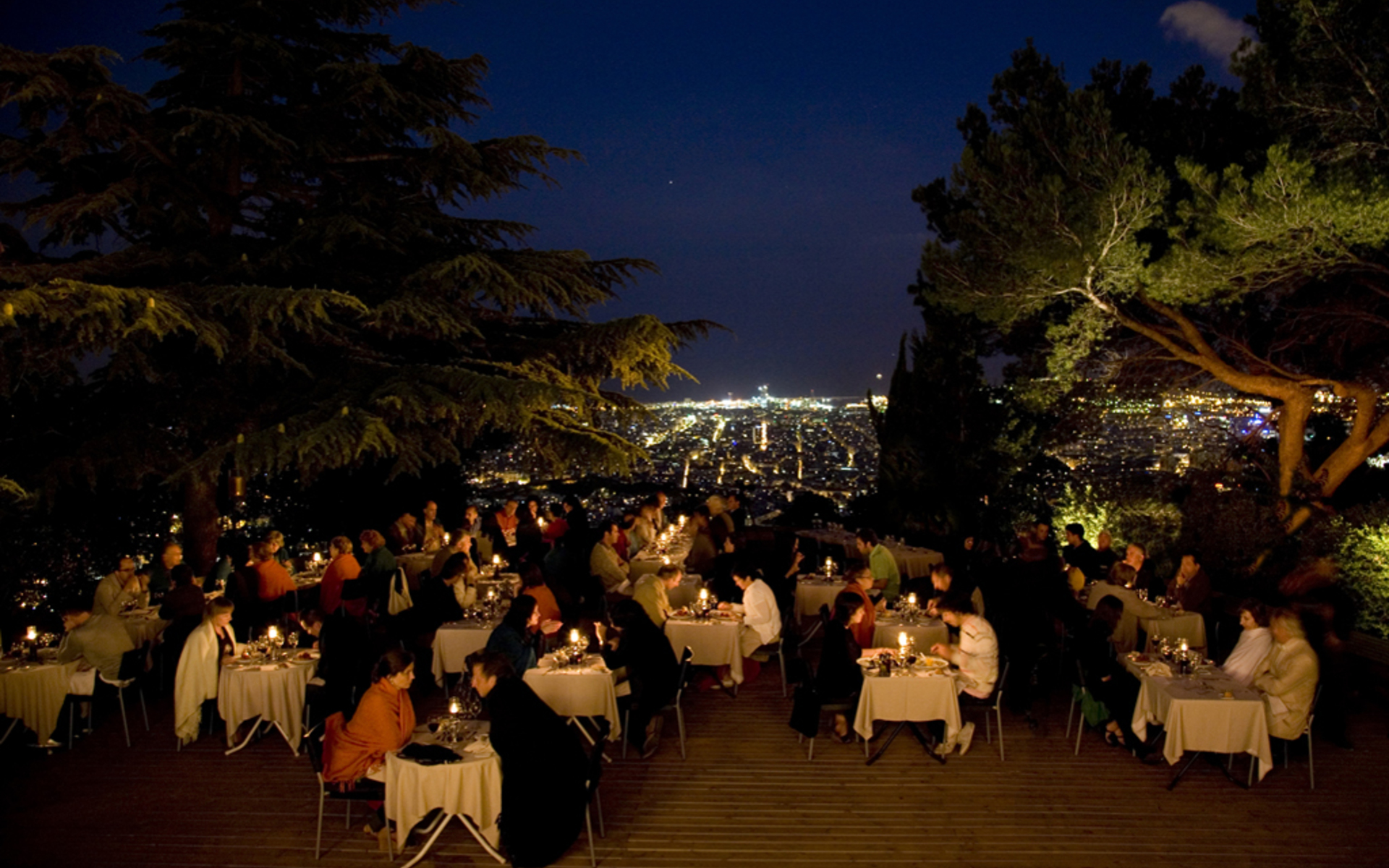
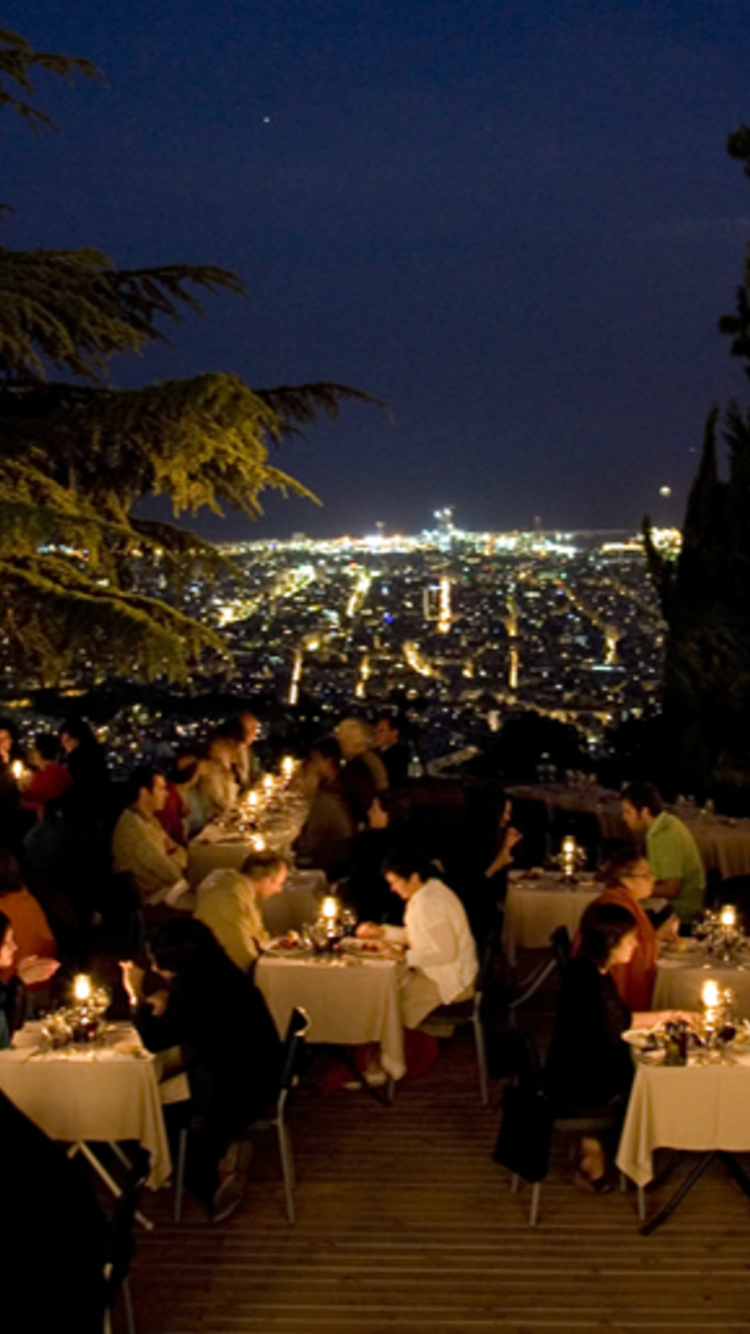
Dining with stars. Fabra Observatory,
BarcelonaThe Fabra Observatory, at 413 meters of altitude, presides since 1904 a privileged place in the Tibidabo mountain. >> read more
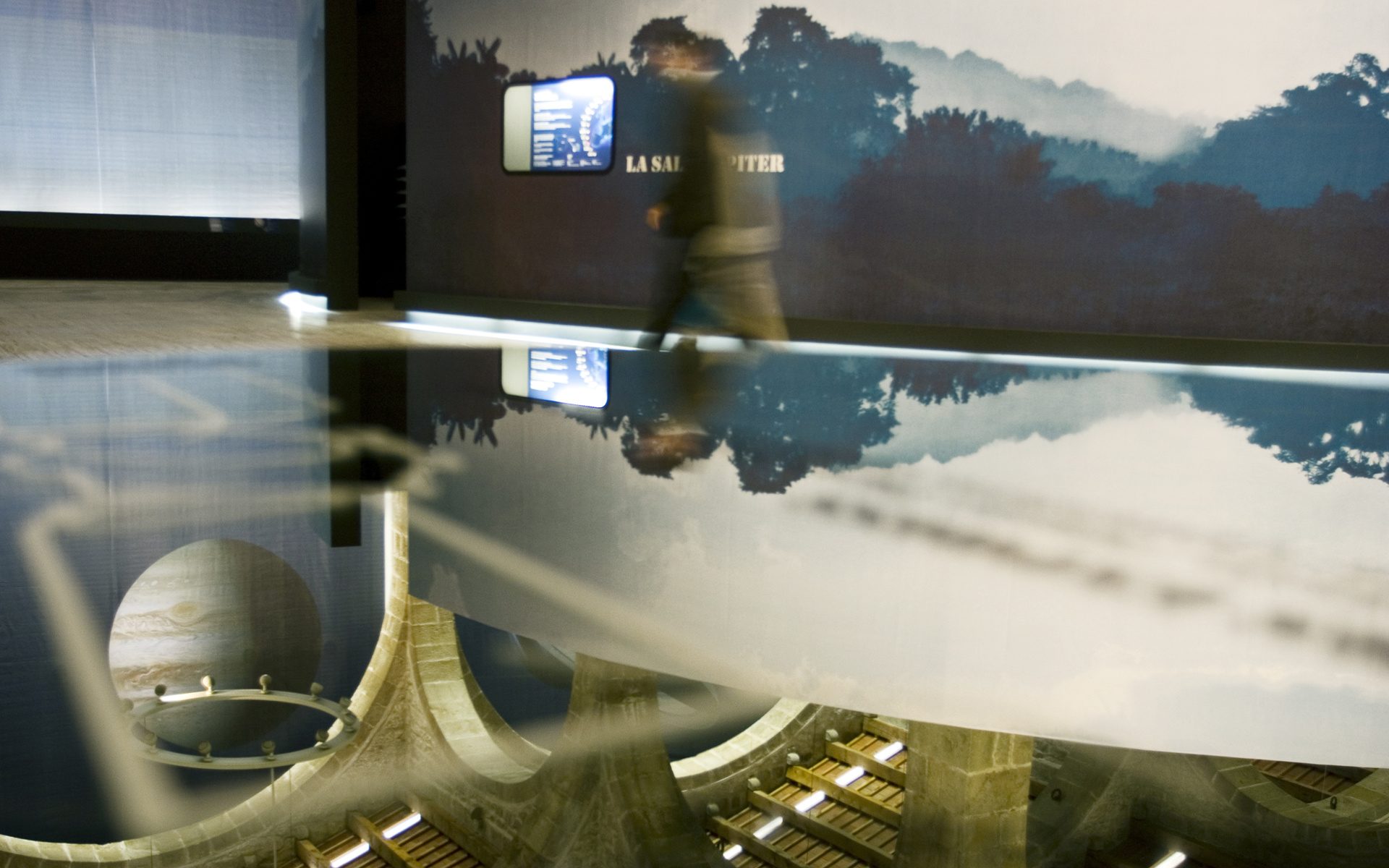
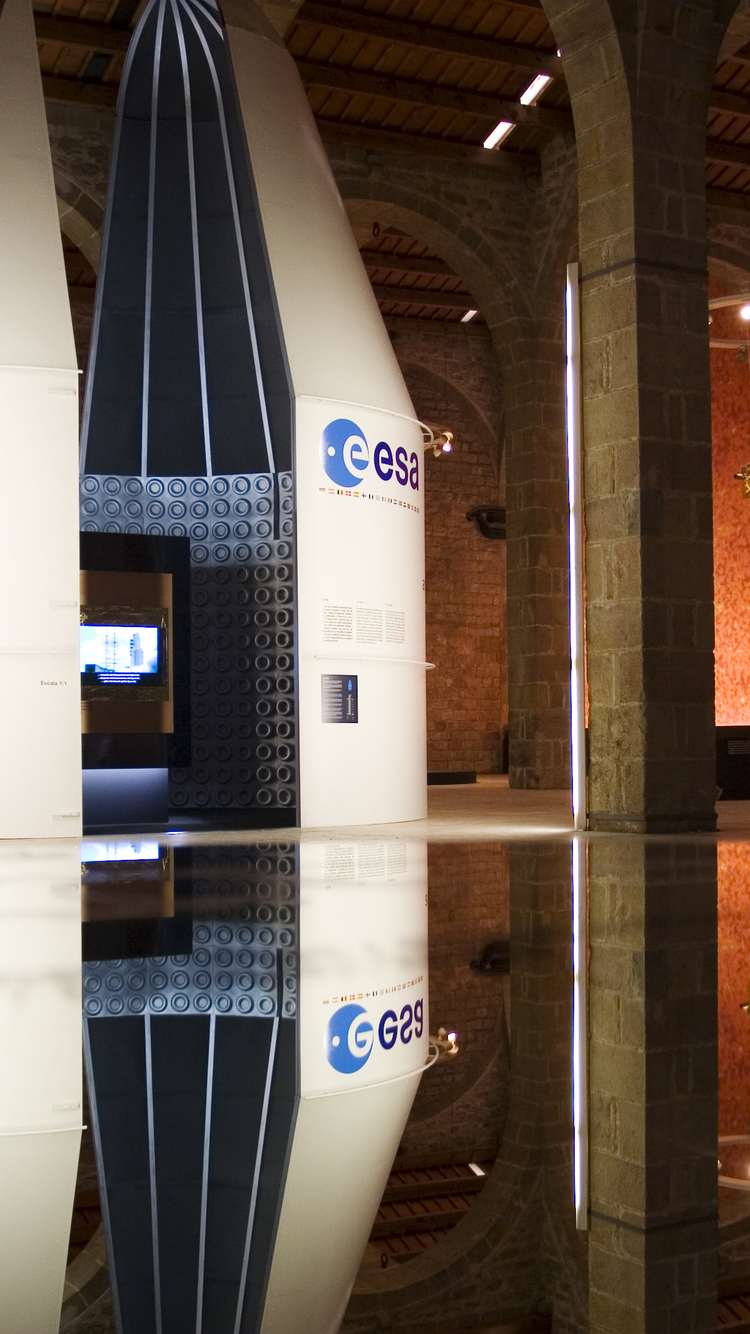
Navegants del Segle XXI. Museu Marítim, Barcelona
The European Space Agency ESA in French Guinea is the subject of the exhibition "Seafarers of the 21st century" held in... >> read more
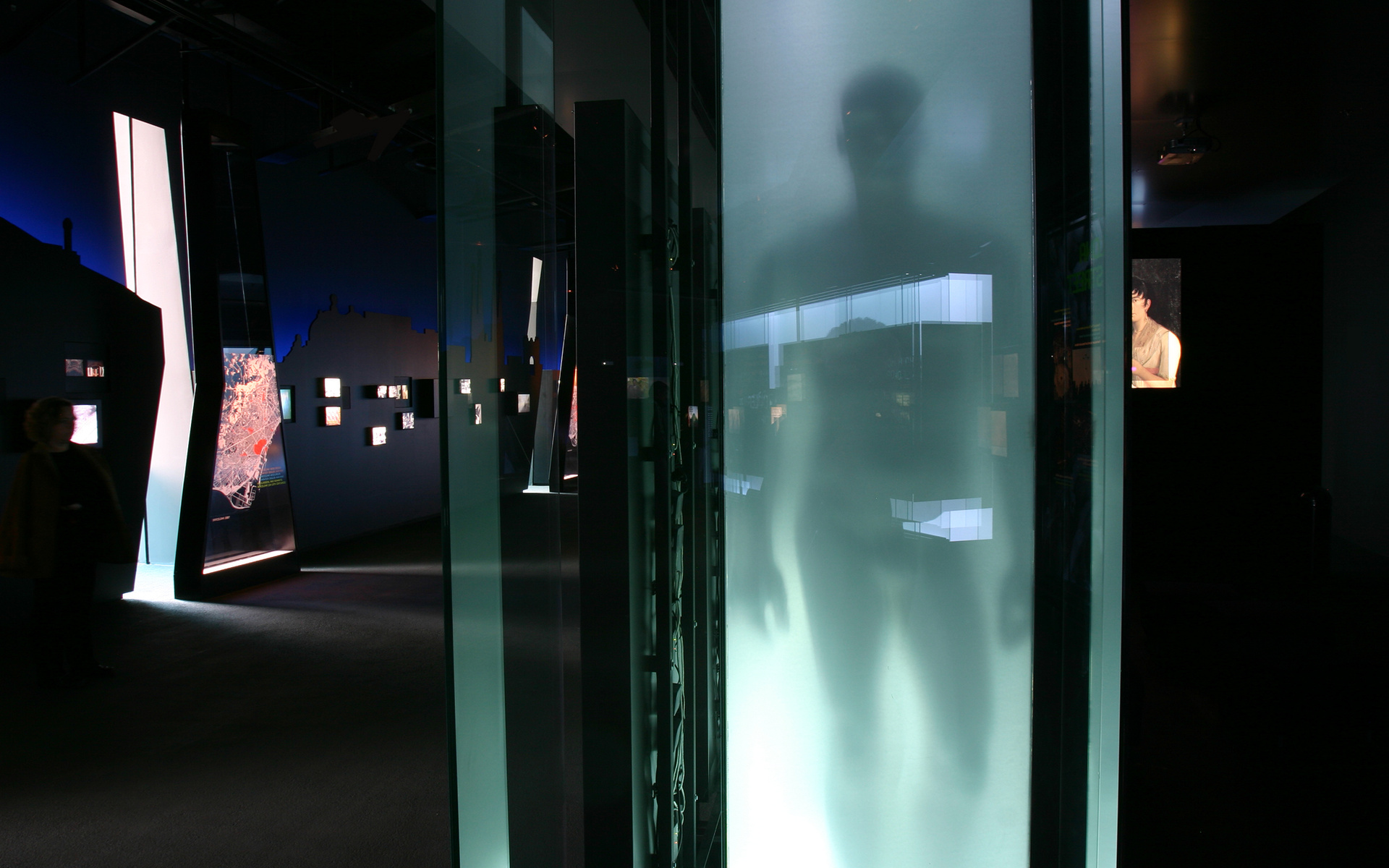
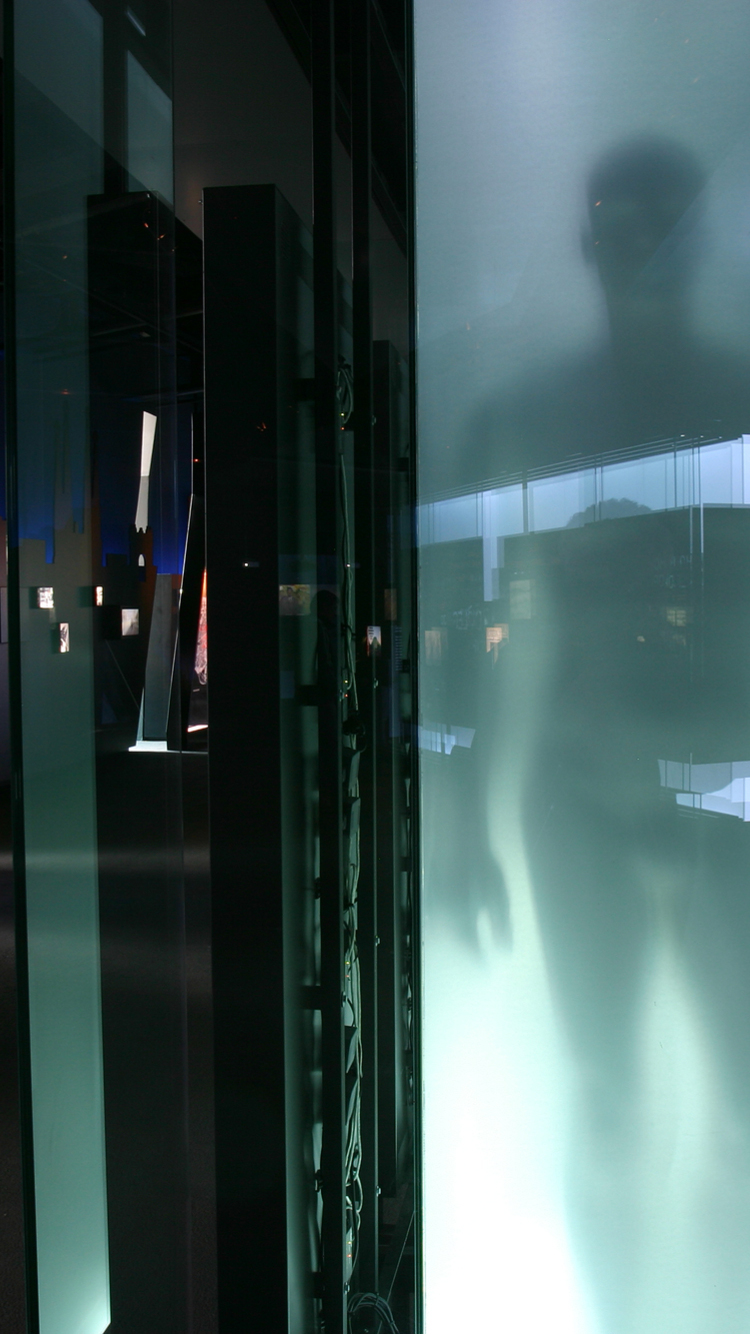
Sensacions. Edifici Fòrum, Barcelona
One of the principal criteria for creating an exhibition within the Forum building was to respect the special character... >> read more

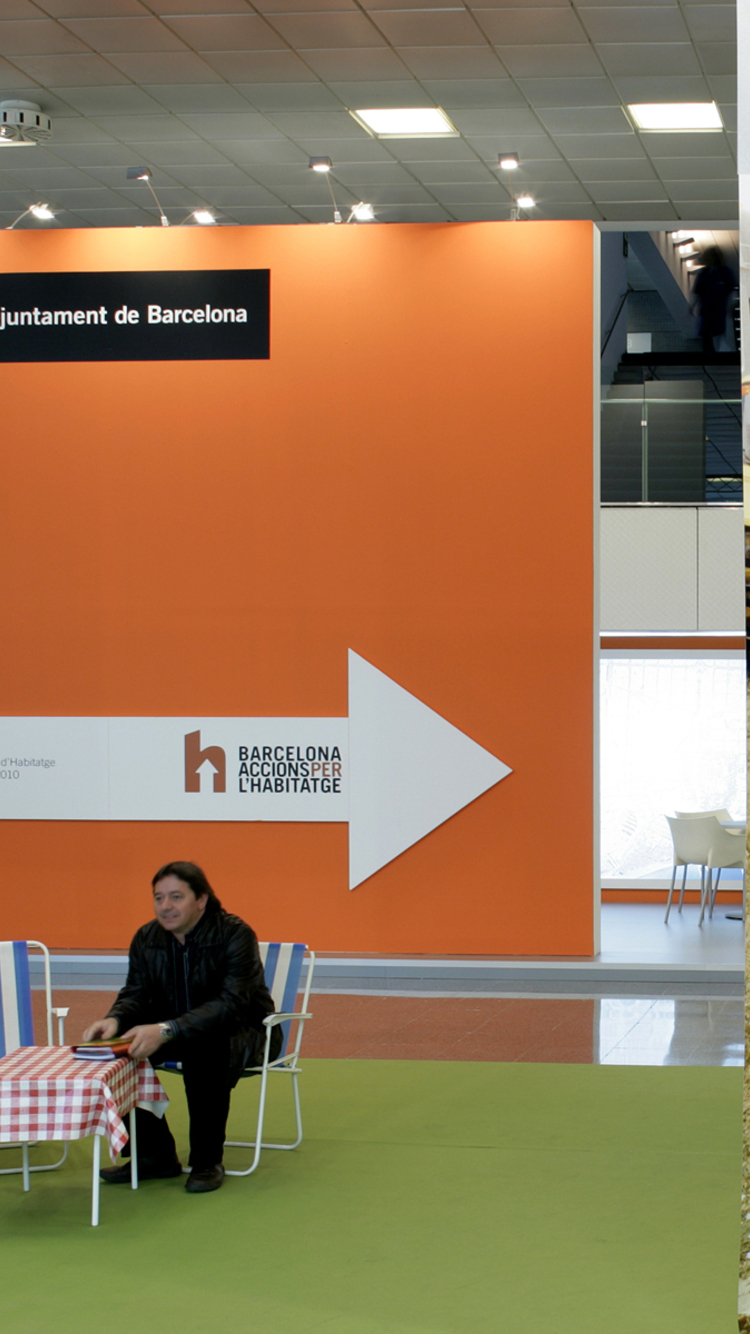
Stand COAC. Construmat, Barcelona
The COAC’s brief for the design of their stand at the Construction fair “Construmat” was to exhibit the outcome of a... >> read more
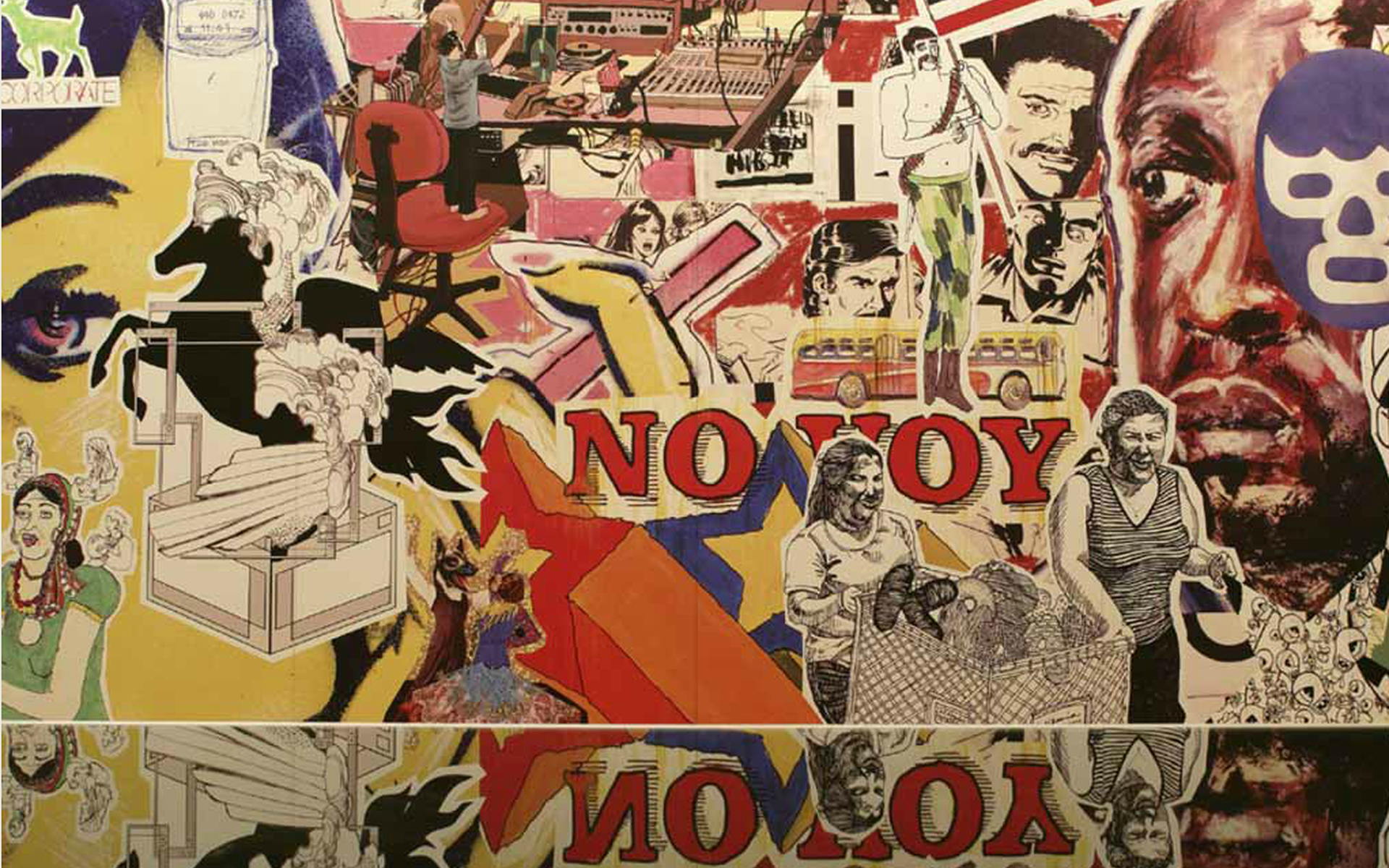
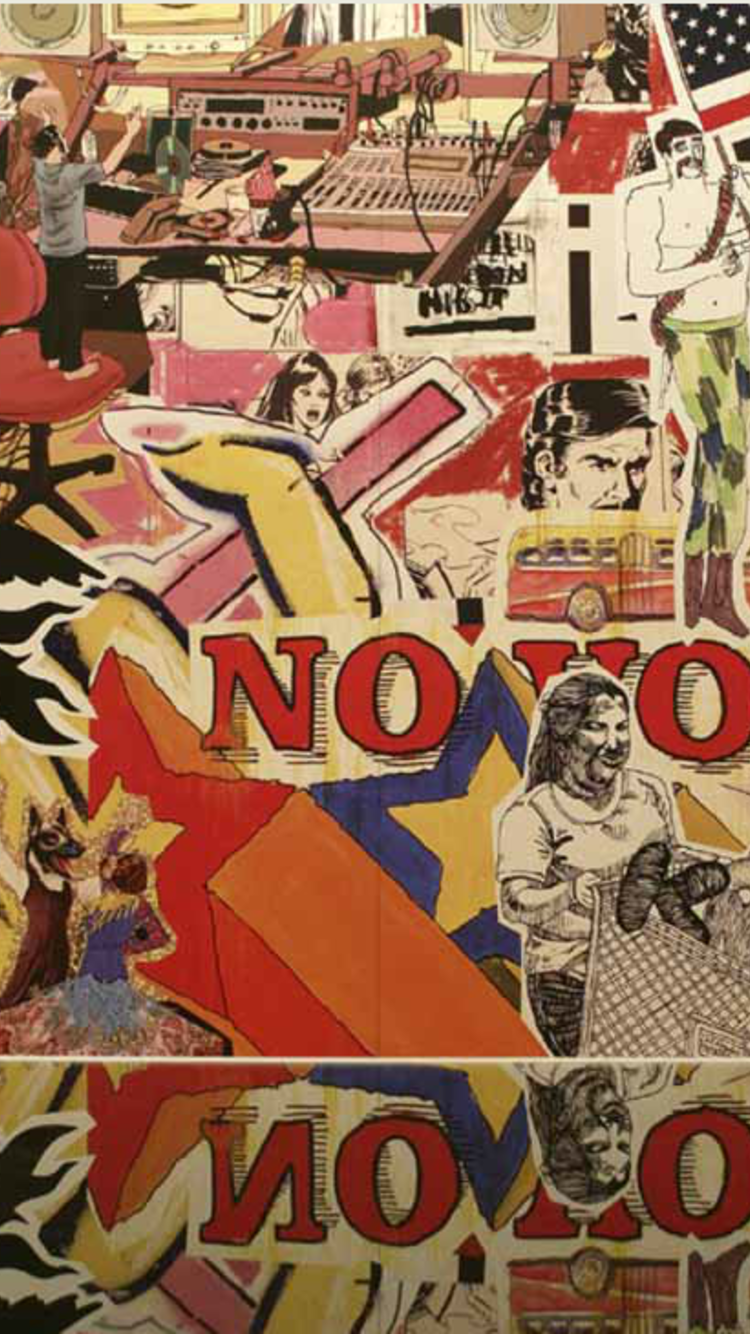
Place, the world in a suitcase.
CCCB, Barcelona.Vasava Artworks and the Centre de Cultura Contemporània de Barcelona present Place, the world in a suitcase, a research... >> read more
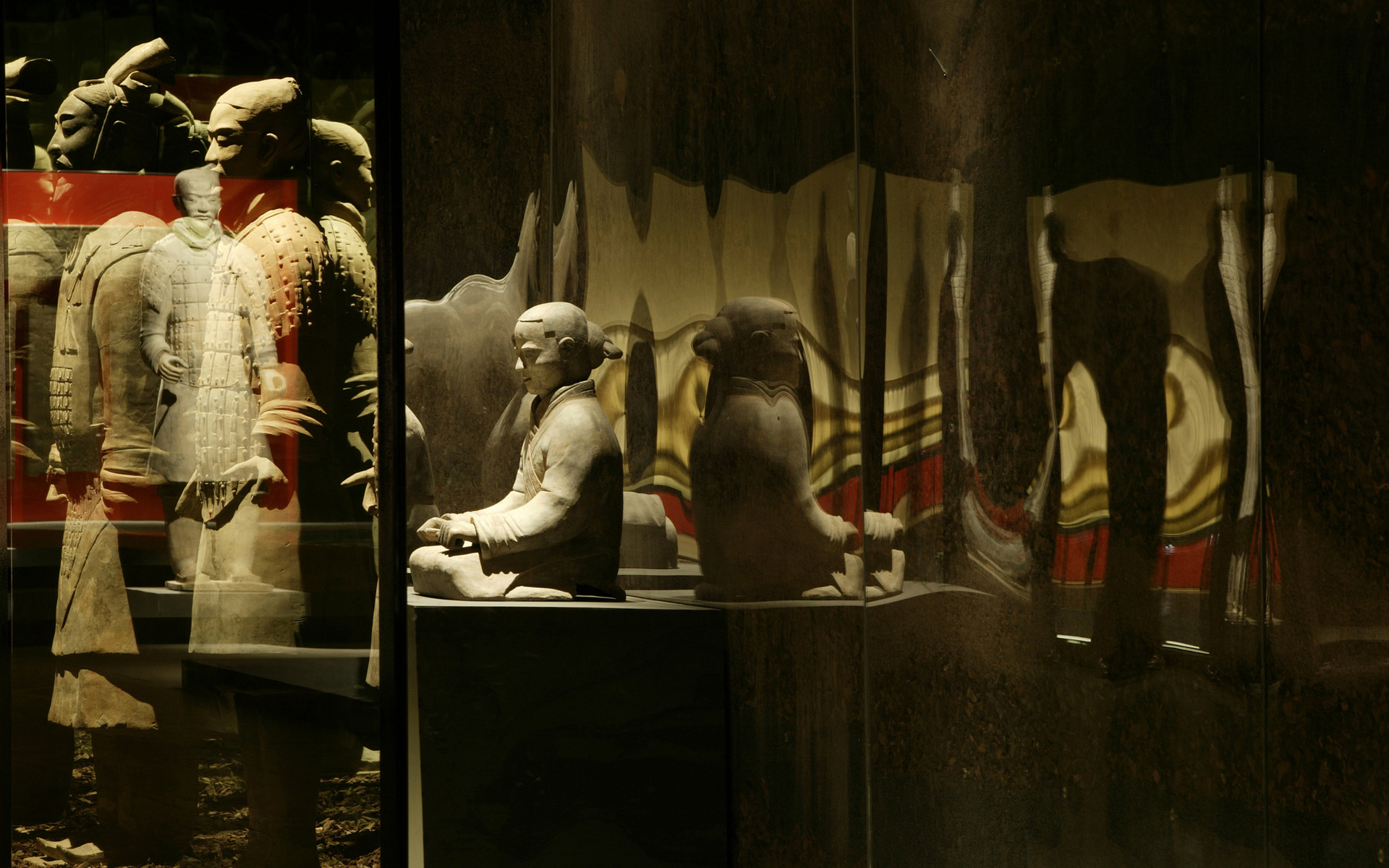
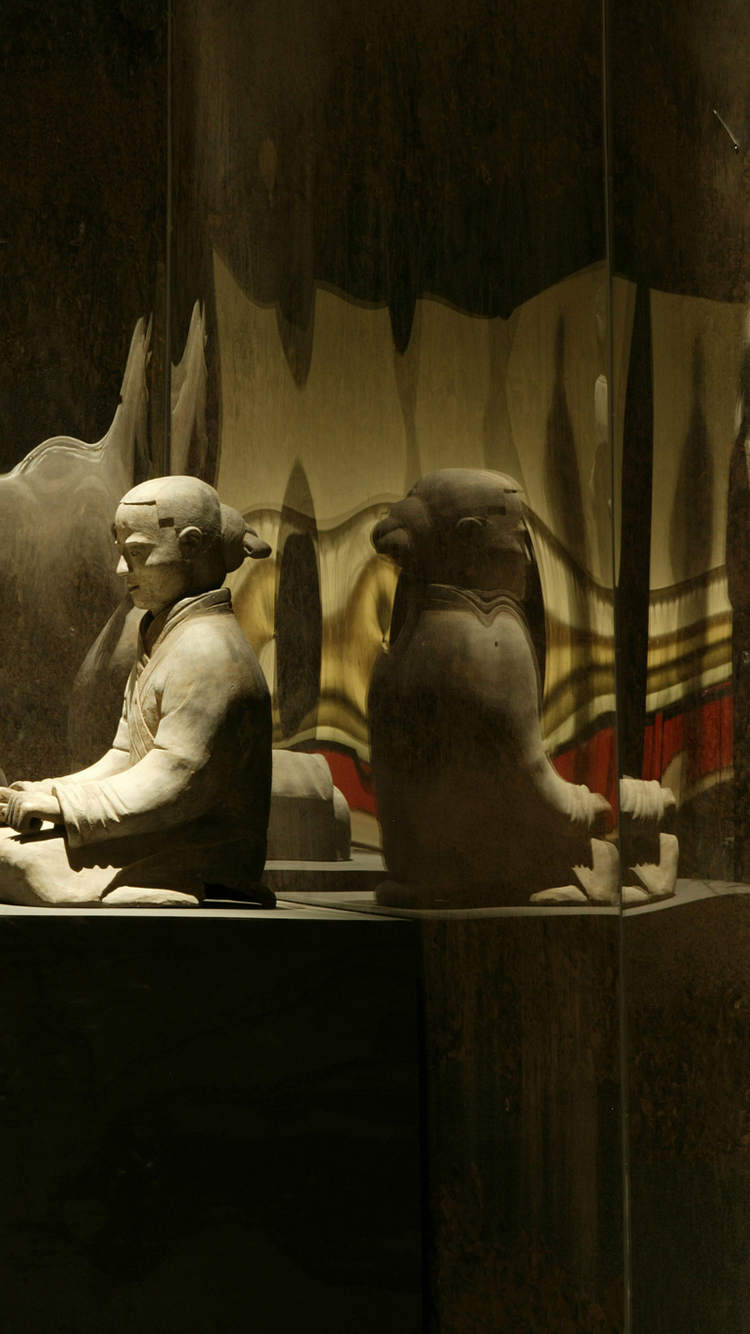
Guerrers de Xi'an.
Fòrum Universal de les Cultures, BarcelonaThe excavation site and the archaeological process of carefully recovering the hidden treasures were the main source of... >> read more


Les Presons de Franco. Museu d'Història de Catalunya, Barcelona
The exhibition design of FRANCO’S PRISONS tries to give body and voice to the fate of many destroyed lives, victim of... >> read more
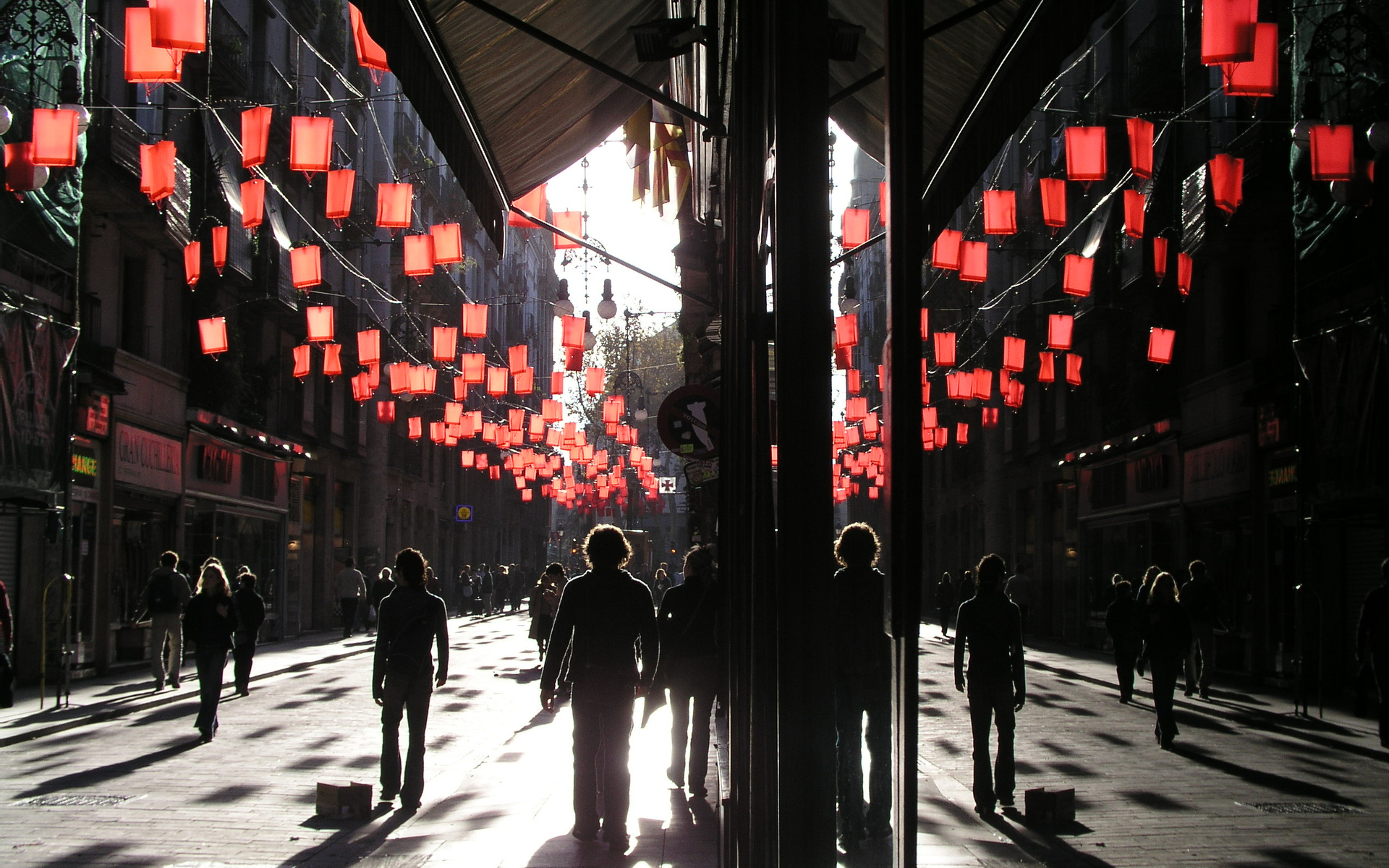
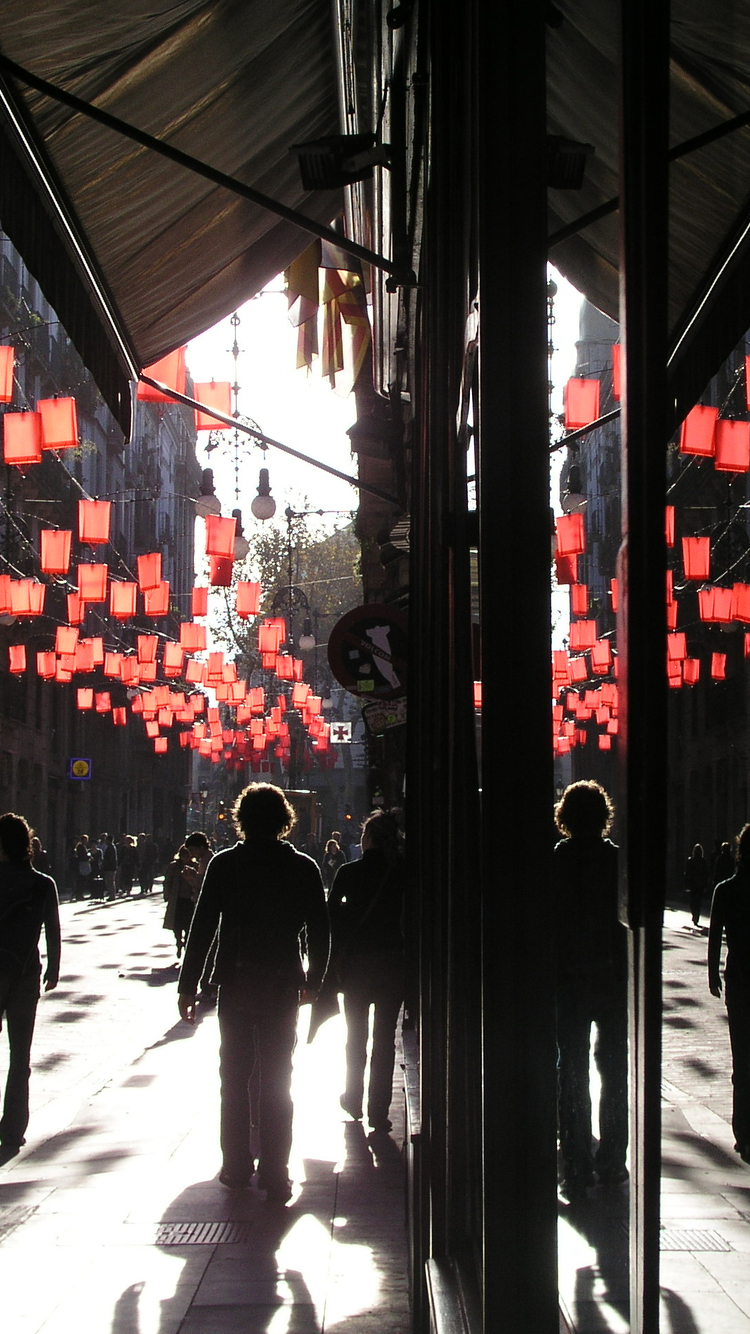
La Bossassona. Barcelona
The bossassona added movement and sound as additional elements to the existing Christmas decoration iconography of... >> read more
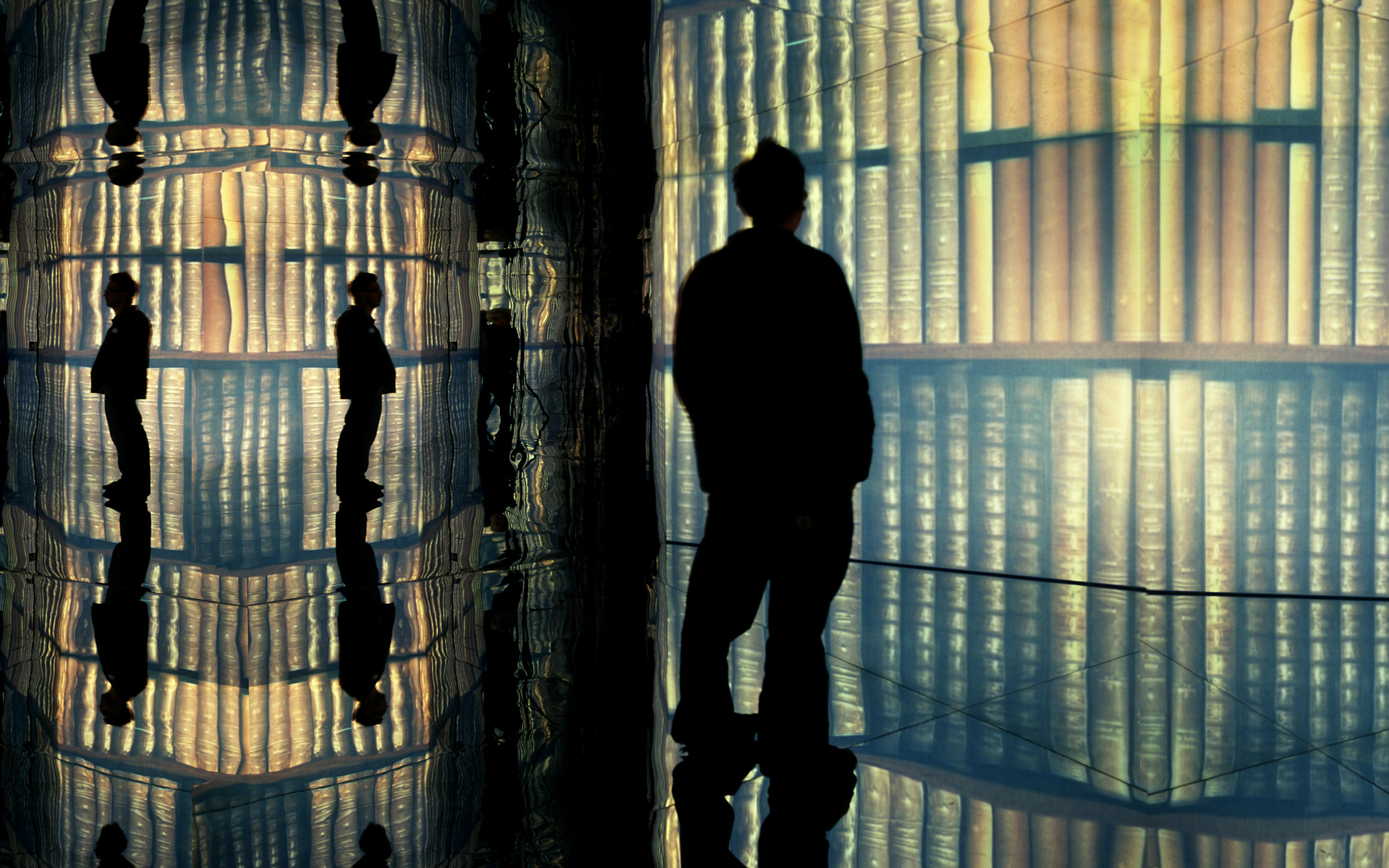
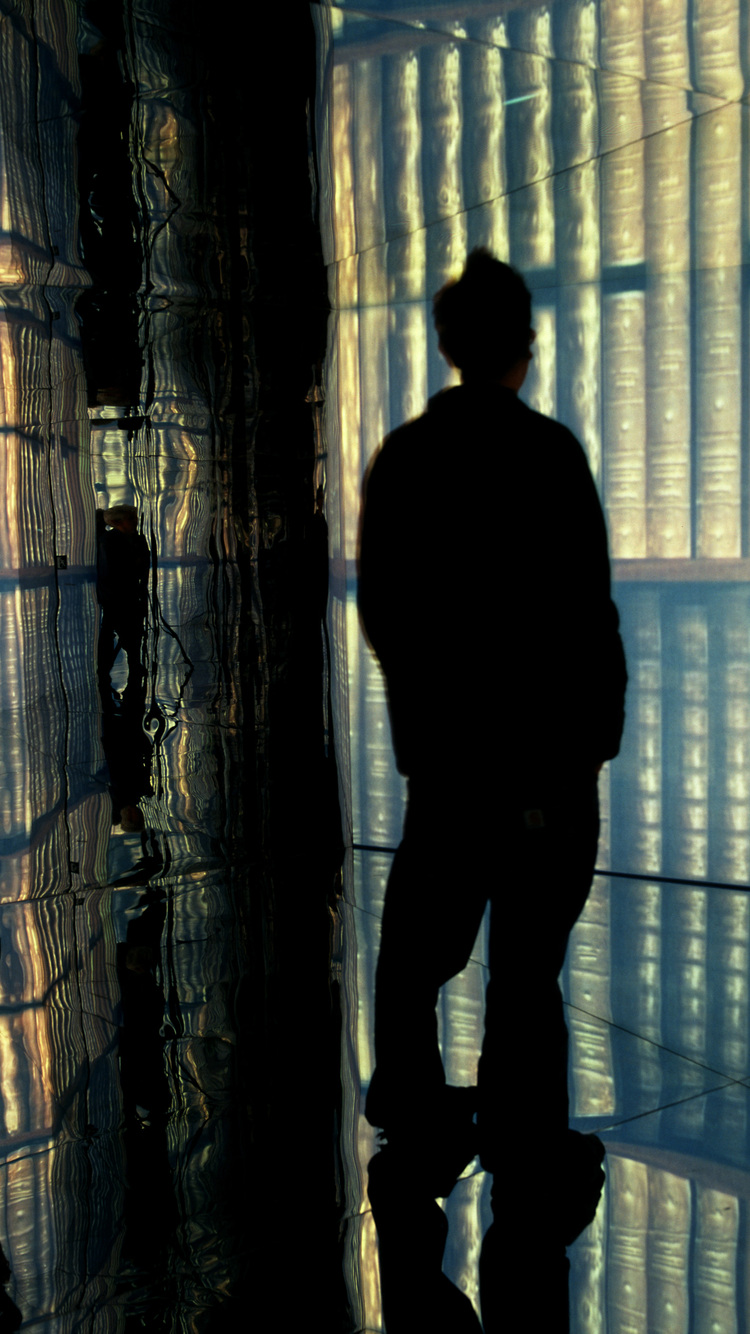
Cosmópolis, Borges y Buenos Aires. CCCB, Barcelona
“Cosmópolis, Borges and Buenos Aires” analysed the relationship between Jorge Luis Borges and Buenos Aires, his natal... >> read more
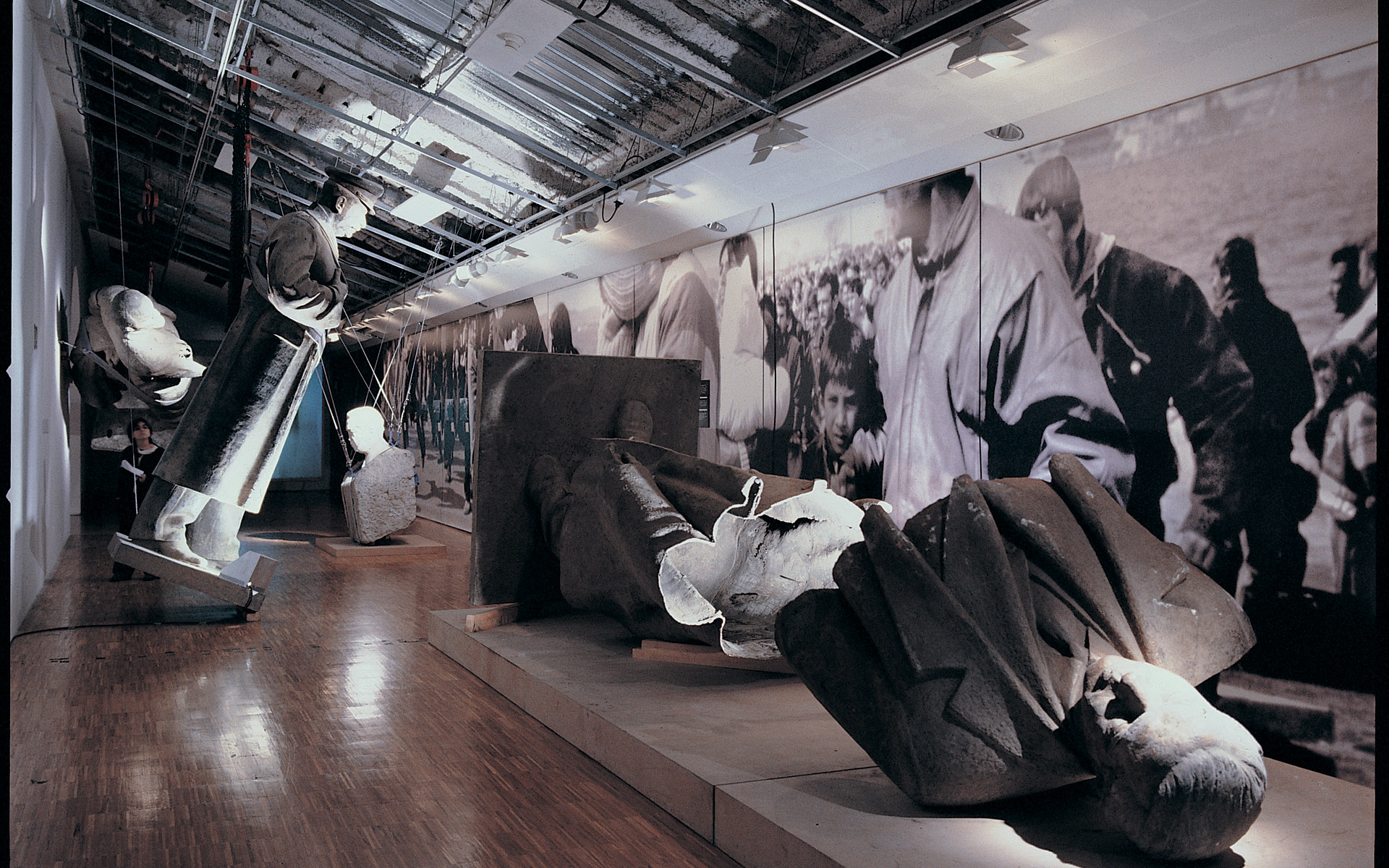
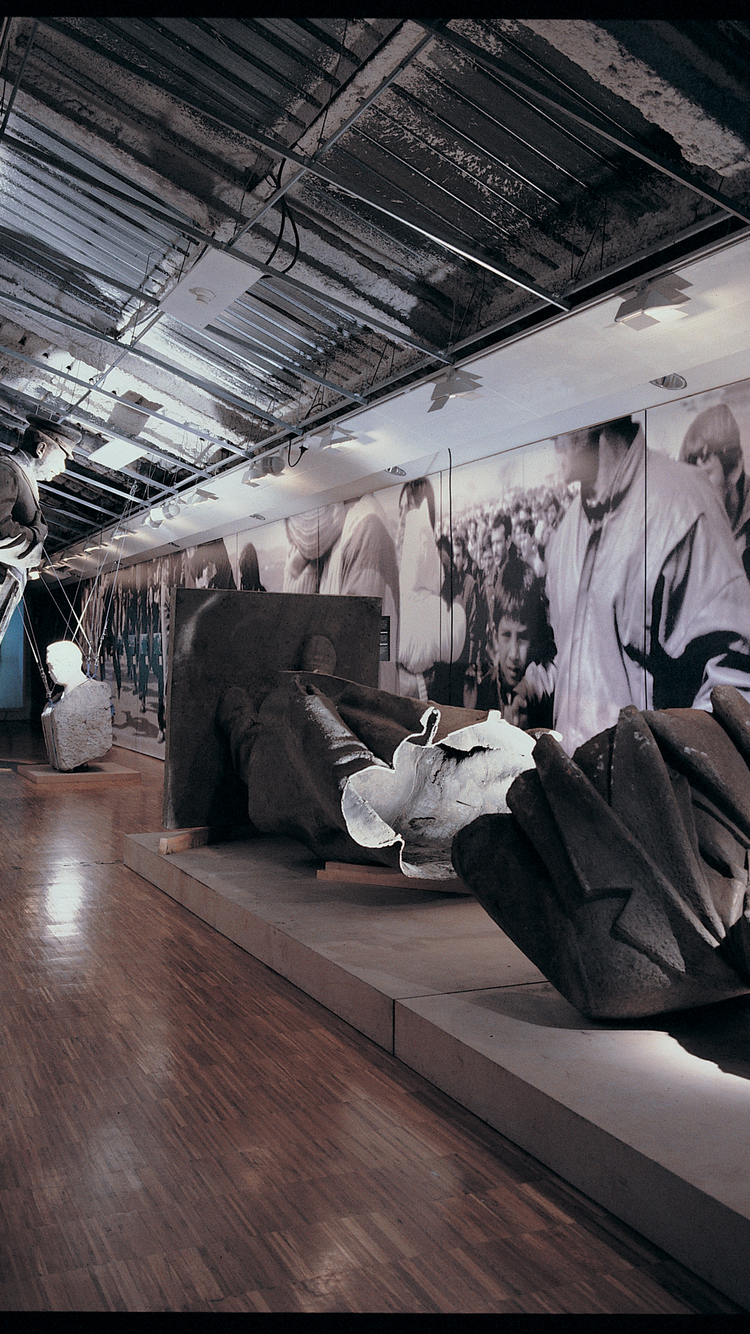
Tiran(i)a. CCCB, Barcelona
The experience of tyranny, in this case suffered by the Albanian people under Enver Hoxha´s dictatorship between 1944... >> read more
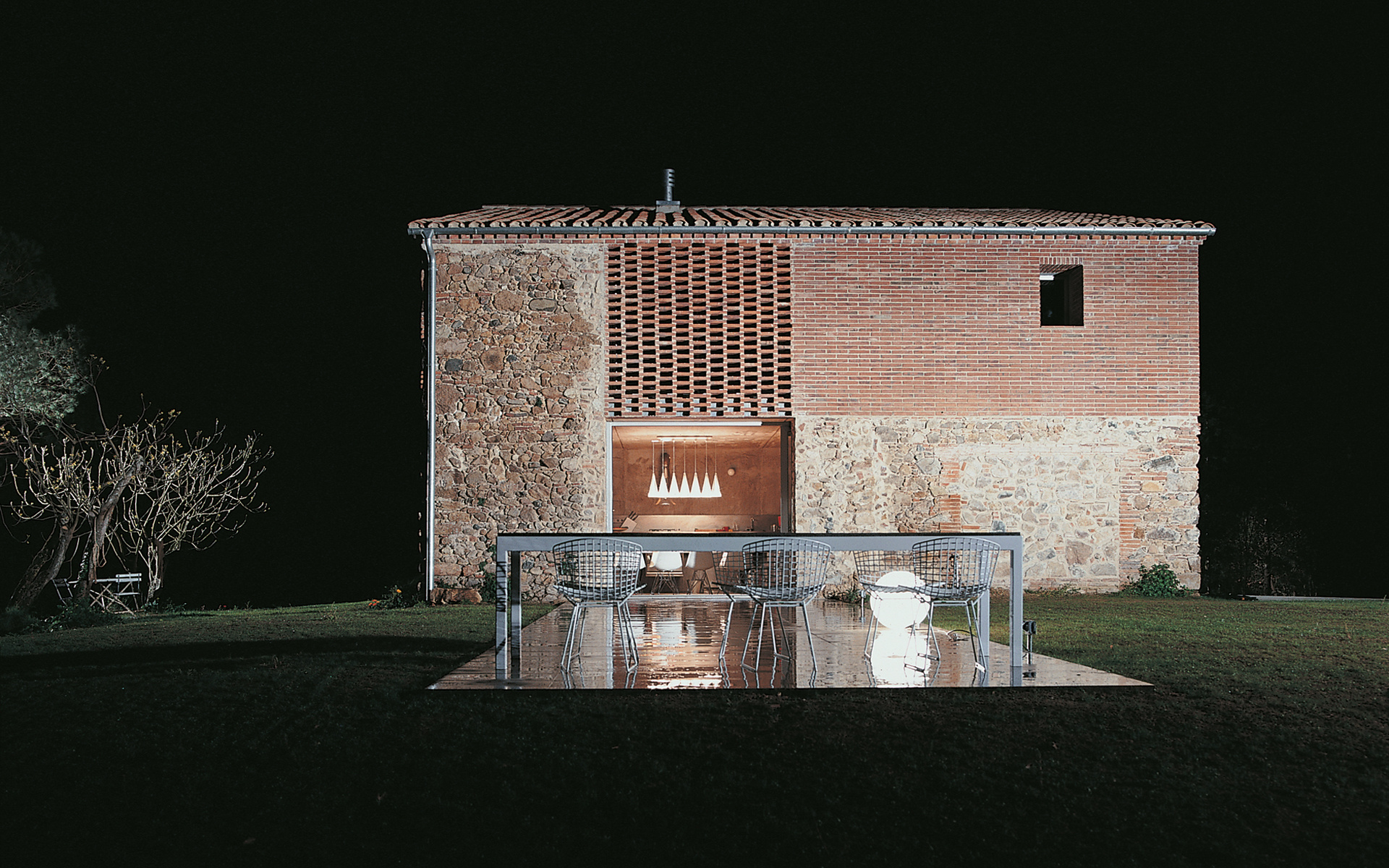
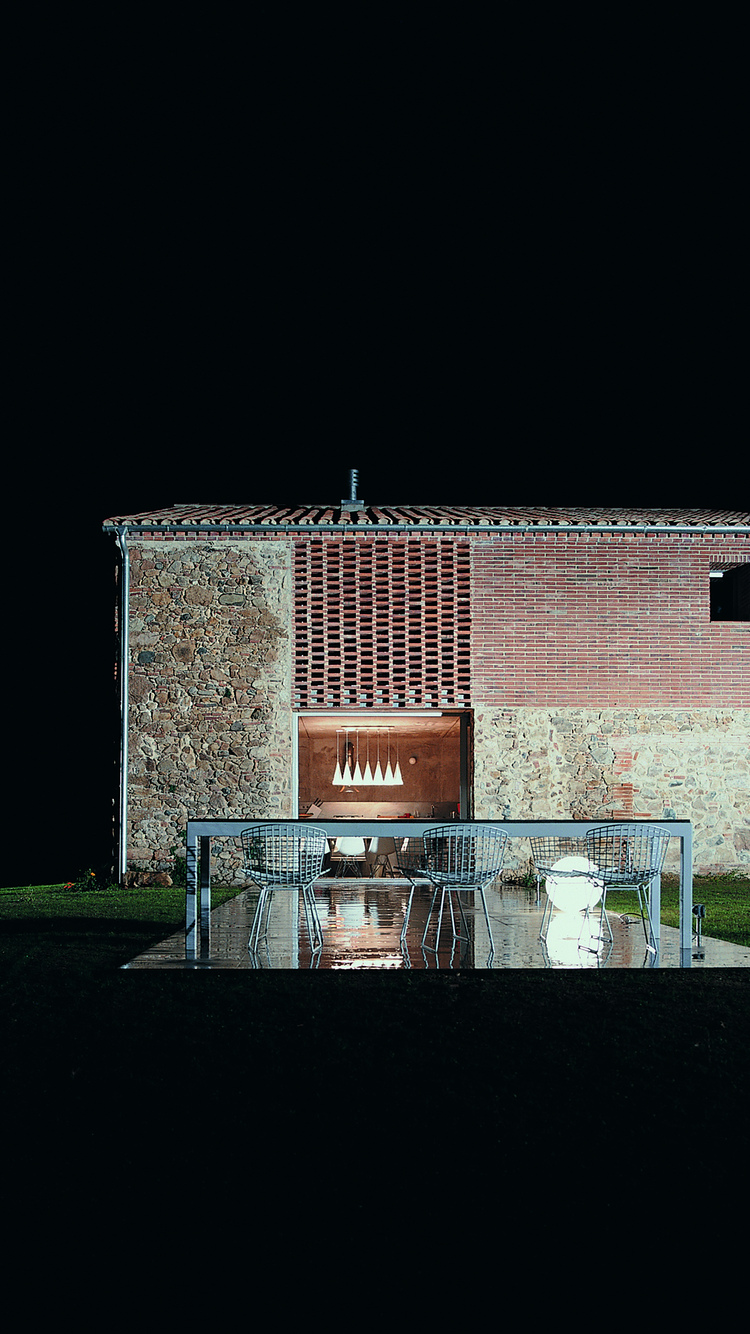
Can Rei. Tordera, Barcelona
The remains of a typical Catalan farmhouse, strategically situated on the top of a hill, marked the location and scale... >> read more

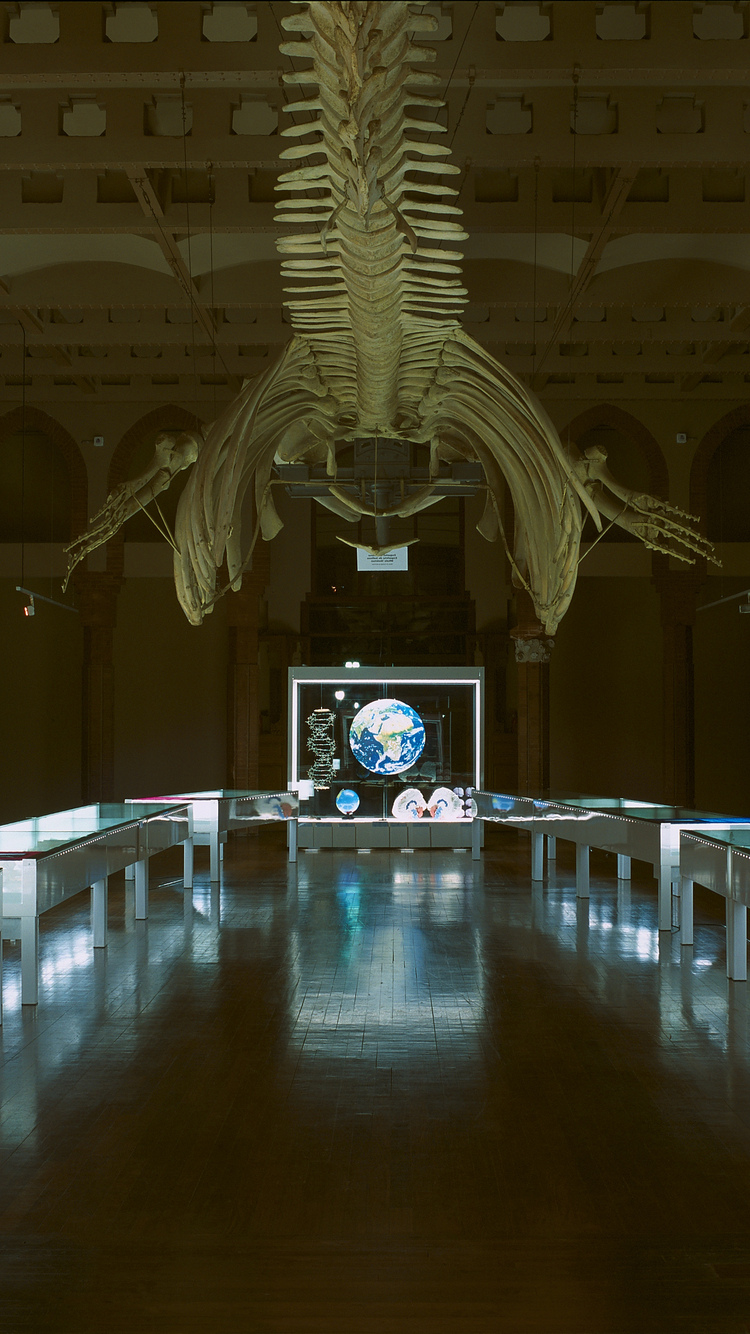
Tresors de la Natura. Museu de Zoologia, Barcelona
The building, designed by Doménech i Montaner, opened its doors in 1888 as a café-restaurant for Barcelona’s universal... >> read more

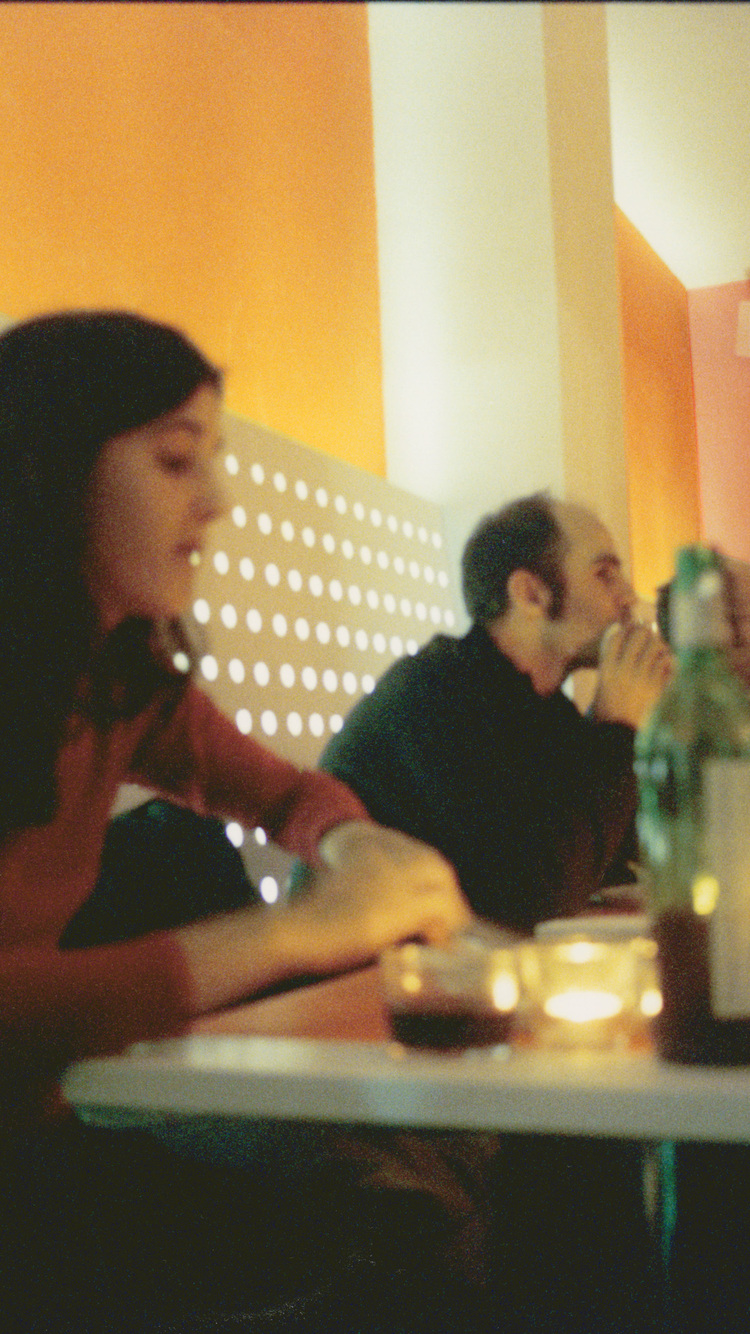
Restaurant "La Verónica". Carrer d'Avinyó, Barcelona
LA VERÓNICA is a restaurant in the heart of Barcelona’s old town. >> read more
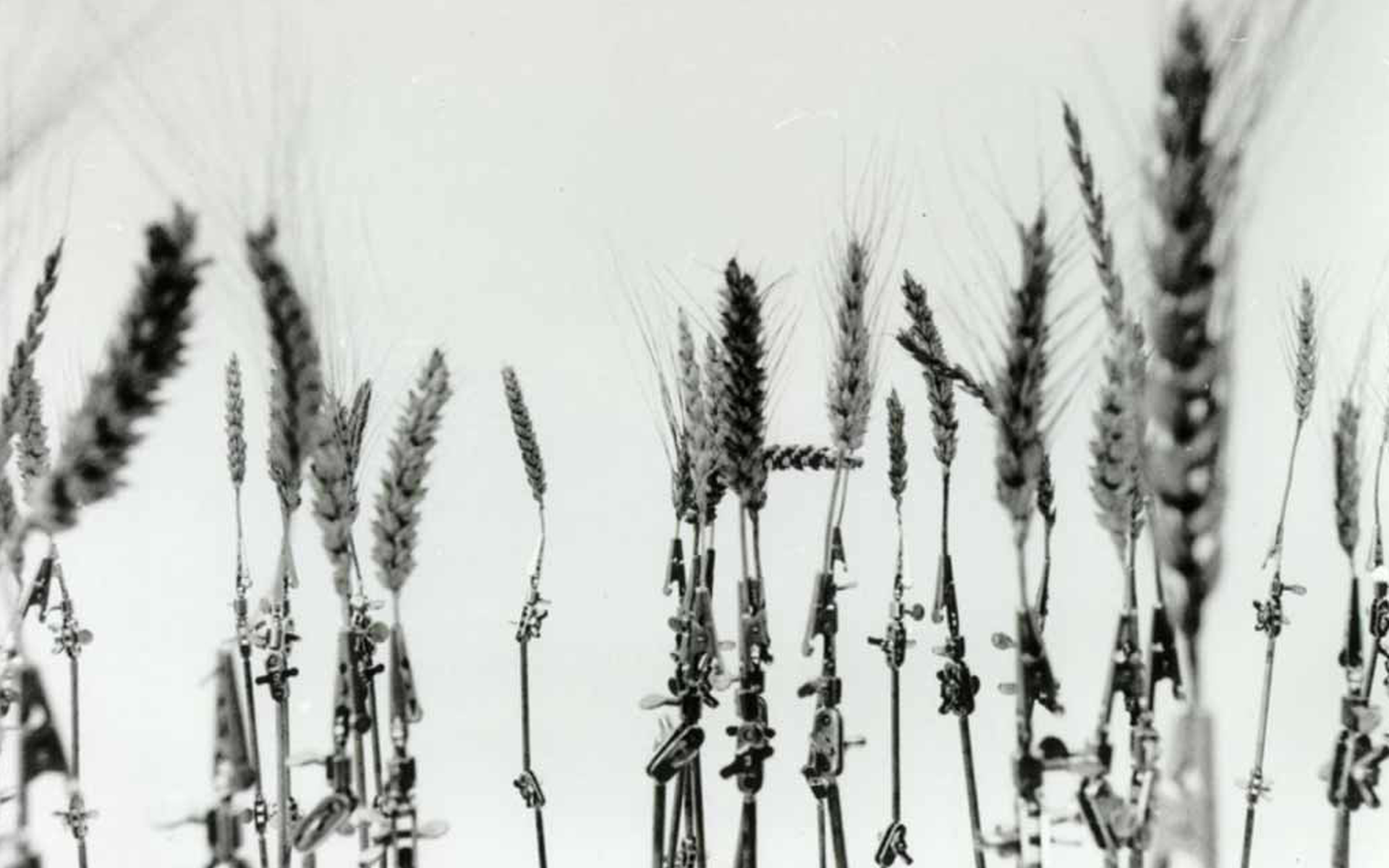
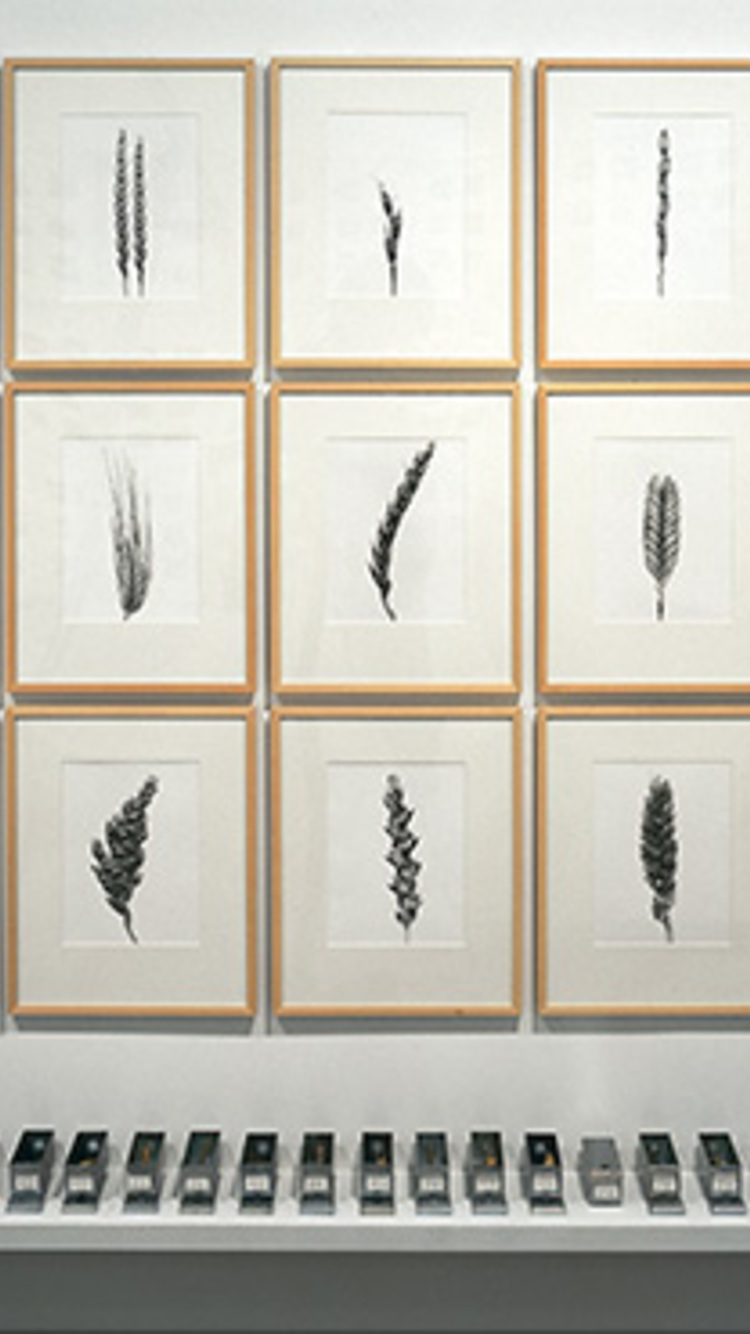
Ewiger Weizen. Brot Museum, Ulm
In a single century, wheat culture was reduced from over sixty thousand to a few dozen high-yield types. >> read more
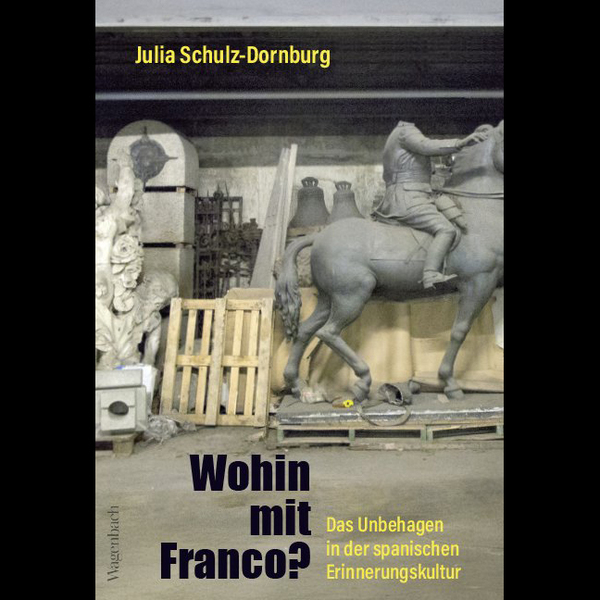
Wohin mit Franco?
Julia Schulz-Dornburgs Reise in die Untiefen der spanischen Erinnerungskultur führt zu merkwürdigen, sperrigen, oft verborgenen Erbstücken: Reiterstandbilder des Diktators Franco. Sie stehen beispielhaft für den ratlosen Umgang mit den Denkmälern vergangener Macht.
Knapp 40 Jahre, bis zu seinem Tod 1975, herrschte Francisco Franco über Spanien.... >>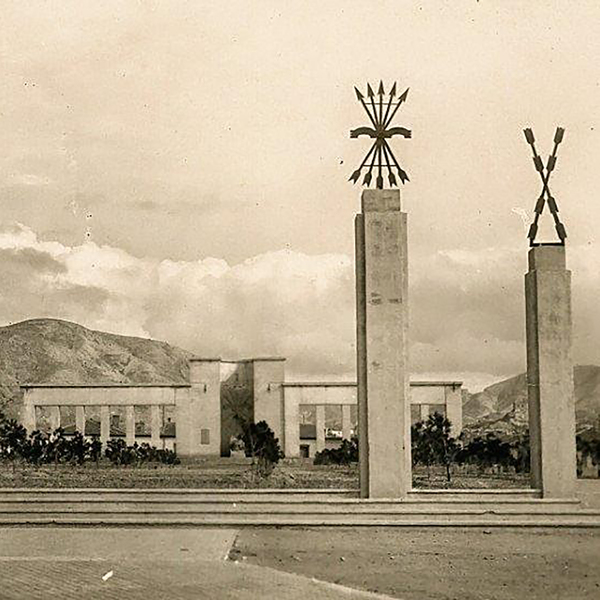
Pastimes
¿Pasa el tiempo? Nuestras plazas lucen monumentos franquistas mientras que incontables víctimas del régimen siguen sin poder ser identificadas y dignamente enterradas.
¿Pasa el tiempo? Los monumentos a los caídos fueron implantados de forma masiva para glorificar a los muertos del bando franquista durante la guerra civil. Inspirada en la cruzada,... >>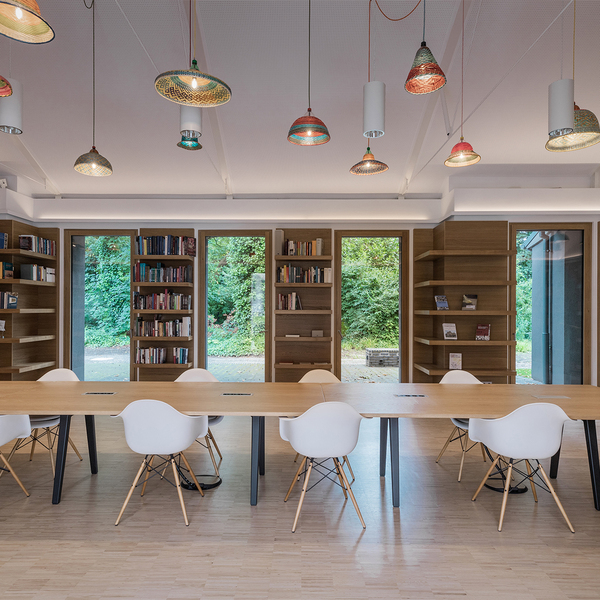
Gartenpavillon
The restoration and use of the derelict building “Herz'sches Haus” in Düsseldorf's Malkasten park have consolidated the cooperation and exchange between the Malkasten artists' association and the Gerda Henkel Stiftung. An opening in the shared garden wall gives the Foundation direct access to the new garden pavilion with a library, meeting room... >>

Book: The Complete Guide to Combat City
Unmarked on maps and largely unnoticed by urban design, architecture and planning communities, Combat Cities have quietly spread throughout the world. The Complete Guide to Combat City is an architectural and cultural handbook of these simulated towns, exclusively developed by the military to train for war. 17 existing, fully functioning urban... >>

Book: Where is Franco? Chronicle of a journey
This journal is a diary of a voyage which follows in the footsteps of the nine equestrian sculptures that glorified the image of Franco as El Caudillo, the saviour of Spain. It tells of the quest to determine the hidden locations of the equestrian statues of the dictator and reveals the successes and failures of our search, while finally depicting... >>
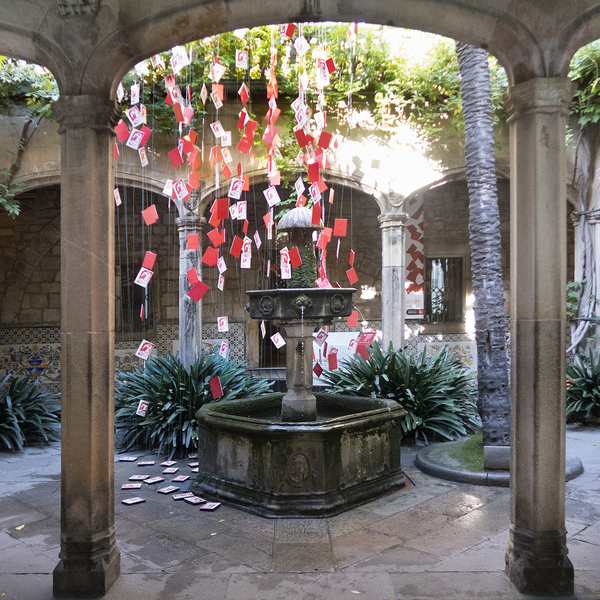
Quan plovien octavetes. Clandestinitat, premsa i propaganda antifranquista. Barcelona
Hundreds of clandestine newspapers, magazines, bulletins and leaflets were published despite the repression of Franco’s dictatorship. The Historical Archive of Barcelona has preserves a significant part of these illegal publications. The exhibition “Quan plovien octavetes. Clandestinitat, premsa i propaganda antifranquista” showcases part of this... >>
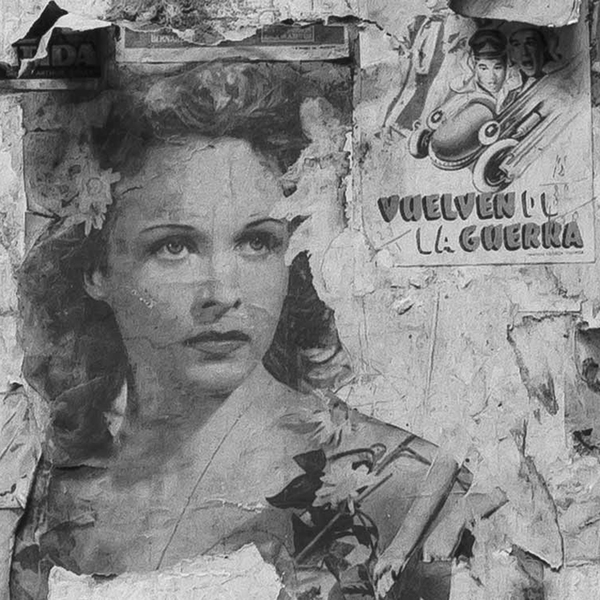
Seminar "On Photography", La Virreina
Twelve photographers are invited to participate in a cycle of six presentations. They are paired, and each pair will have two hours at her disposal. Betsy Green - Isabel Codina, Pía Elizondo - Mònica Roselló, Bettina Lockemann - Julia Schulz-Dornburg, Nuria Martínez - Rebecca Muttel, Consuelo Bautista - Rosa Feliu, Anna Malagrida - Elisenda... >>
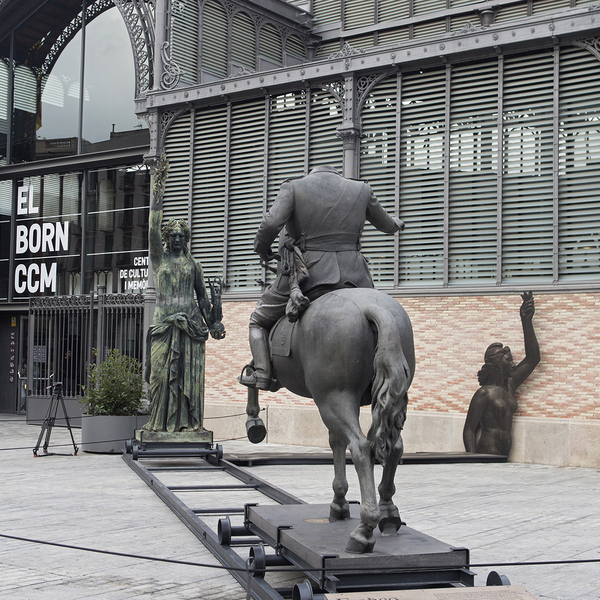
Franco, Victòria, República, impunity and urban space. Born, Barcelona
Monuments commemorate historical events, their pedestals, columns, obelisks and triumphal arches mark the permanence of power through the appropriation of collective space. The typology of the nineteenth-century monument remained virtually unchanged until the irruption of the avant-garde movement paved the way for contemporary art to transcend the... >>
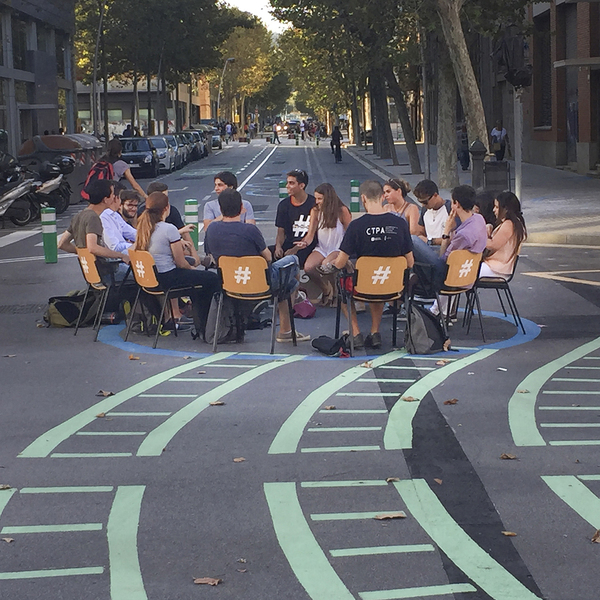
Street Parliament. Workshop UIC School of Architecture, Barcelona
The 20th edition of the Vertical Workshop ESARQ-UIC was developed within the framework of the joint action of architecture workshops of different universities in the "Superillapilot" project, a reflection on the public domain. The urban action "expression and participation" was located at the intersection of the Sancho de Ávila and Ciutat de... >>
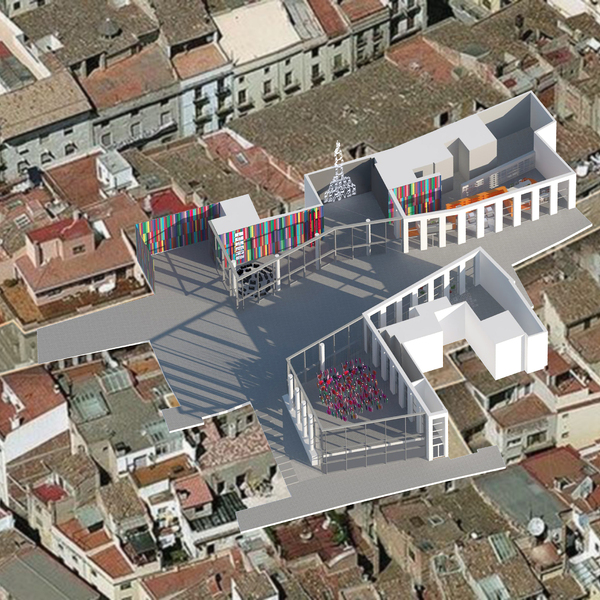
Competition for the permanent exhibition "Museu Casteller de Catalunya". Valls, Tarragona
The project aims to make use of the museums capacity to revitalize part of the old city by visually reinforcing the connection between the two emblematic squares in the old town. The project proposes a strong intervention on the ground floor and uses an important part of its resources to consolidate and enrich the connection between the museum and... >>
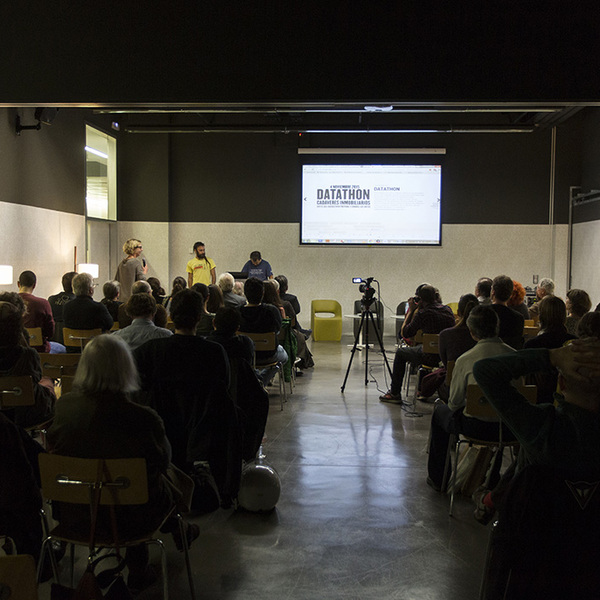
Arquinset - Week of Architecture: 3rd edition of Contemporary Landscape
The third and last edition will analyse a new speculative real estate cycle which distinguishes itself by turning ruins (from the previous real estate bubble) into profit. This brings us back to the initial question about what to do with all those ruins. Back then, we never imagined that the same system that created these real estate corpses would... >>
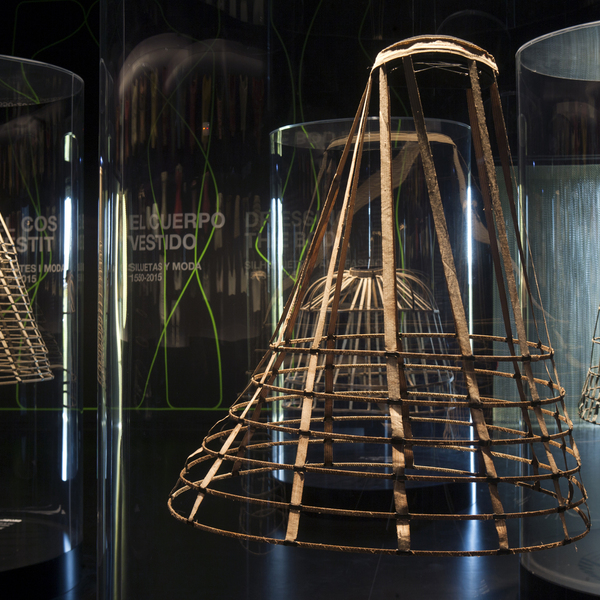
Dressing the Body, DHUB, Barcelona
“Dressing the Body” reflects on the manipulation of the human body throughout the history of fashion and illustrates the standardizing of silhouette and body shape from the sixteenth to the twenty-first century. The exhibition is organized in a chronological fashion and occupies the entire 3rd floor of the museum, some 655 m2. A large collection... >>
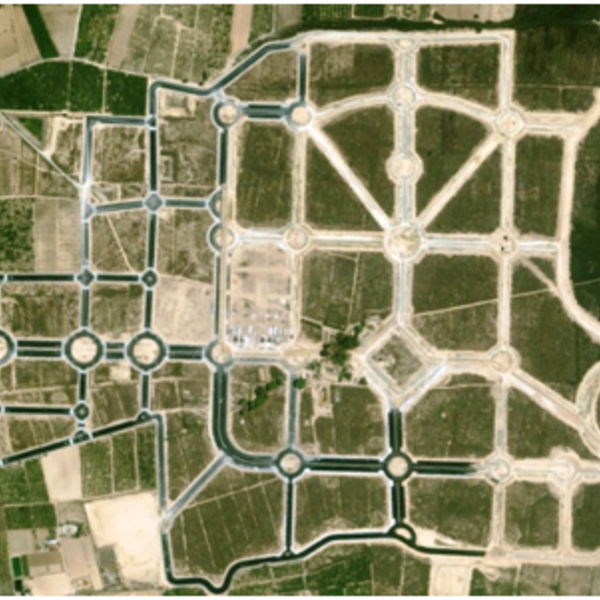
Arquinset- Week of Architecture: 2nd edition of Contemporary Landscape
The new edition of Arquinset starts off with an encounter for “Creating a public database of real estate corpses" and a workshop: "Document from the air" organized by Basurama. A premier of the documentary "Empty Houses” by Marisol Soto Romero and Manuel Muñoz Monterde closes this year’s architectural week.
>>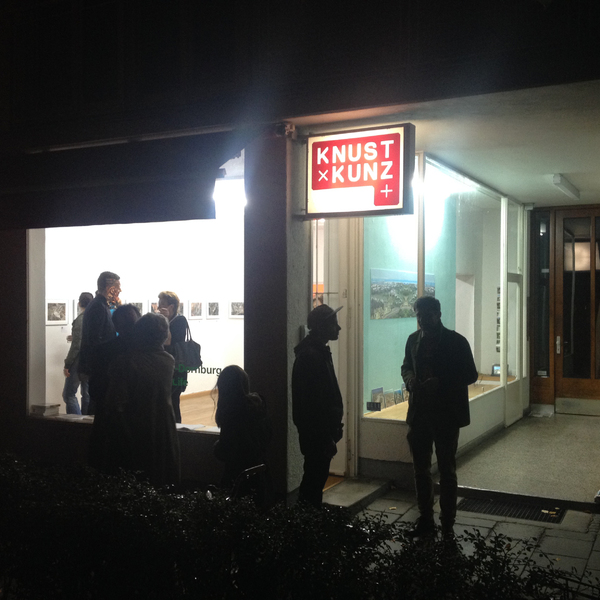
“Panoramic life”, München
This collection of satellite photographs shows how notoriously disconnected the layout of recent speculative building developments is from its natural environment. "Welcome to the life you were waiting for" reads a real estate advertisement from the Costa del Sol. What kind of place will let you lead the life you are waiting for? What kind of... >>
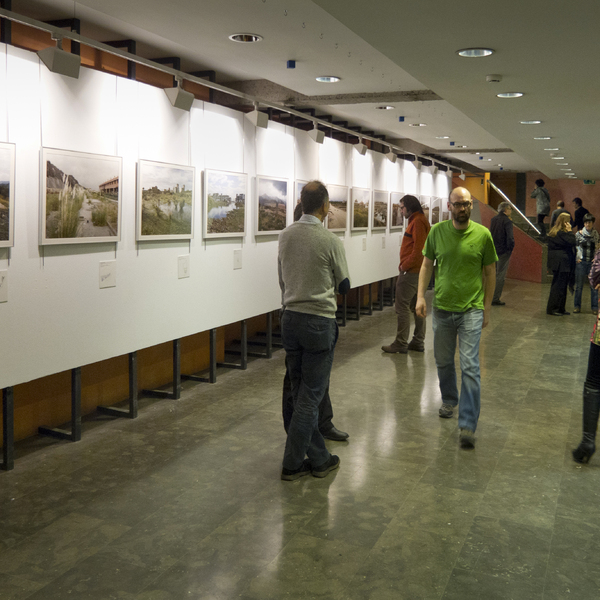
Hondakin Modernoak, Hirigileak testuinguru berriaren aurrean. COAVN, Bilbao
The seminar "Urbanists facing a new context", organized by the Basque-Navarro architects and town-planners (AVNAU) as well as by EKOS (Environmental Research Advisory board), provided an opportunity to show examples of the photographic inventory of speculative construction in Spain portraying abandoned places occupied by groups of buildings not... >>
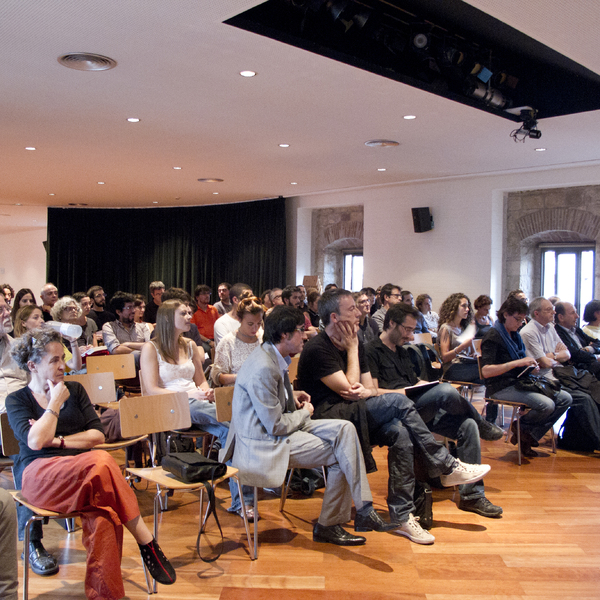
Arquinset- Week of Architecture: Contemporary Landscape
Each society reflects its abilities, dreams and limitations on the landscape. Abilities, dreams and limitations that not only depend today on its organisation and its endogenous potential but also on the place it occupies in the world flows of capital, commodities, information and people. From this standpoint, it may be stated that each society... >>
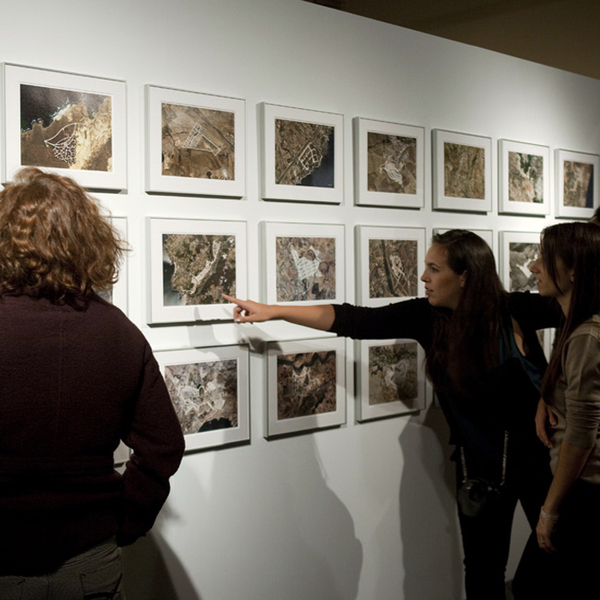
Ruïnes Modernes, FAD. Convent dels Àngels, Barcelona
The exhibition ”Ruïnes modernes, una topografia de lucre” as reflected in the homonymous book, published by Ambit , grows out of a body of ongoing research that started in 2010 with the exploration of leisure worlds, ghost towns and landscapes of profit. The collection of ruins is but a personal selection of the sixty building developments that... >>
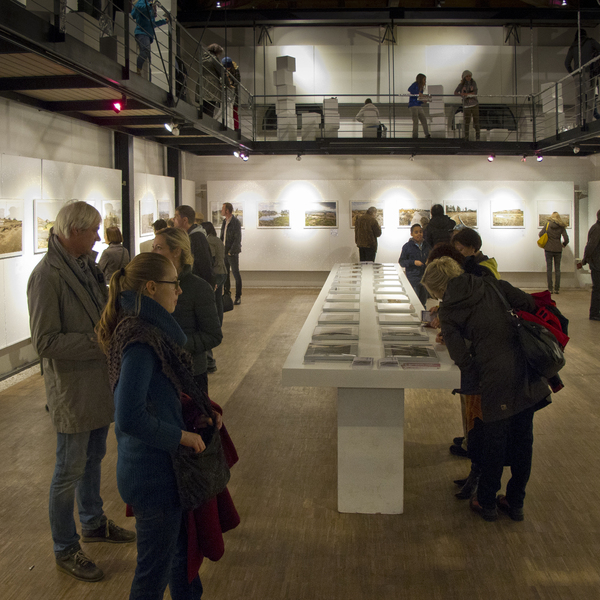
Moderne Ruinen, Leerstandskonferenz. Architekturhaus Kärten, Klagenfurt
The exhibition "Modern Ruins, a Topography of Profit" was the prelude to a series of lectures on the subject, organised by the Architektur Haus Kärnten in the Napoleonstad, Klagenfurt. The exhibition, consisting of photos, satellite images, plans and videos, was opened on October 5th, 2013 as part of the "ORF - Long Night of Museums". During the... >>
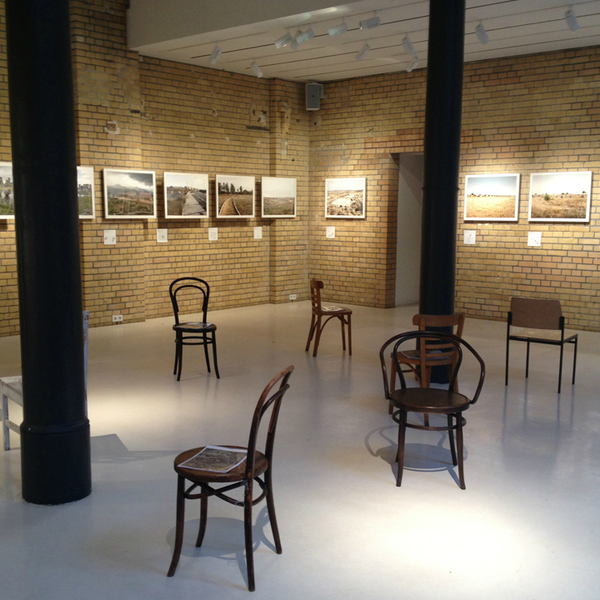
Modern Ruins Berlin
A Topography of Profit. Aedes, BerlinThe exhibition “Modern Ruins, A Topography of Profit”, grows out of a body of on-going research that started in 2010 with the exploration of leisure worlds, ghost towns and landscapes of profit. The recent massive implementation of leisure enclaves, tourist complexes and residences of all kinds has transformed vast regions of the coast and has... >>
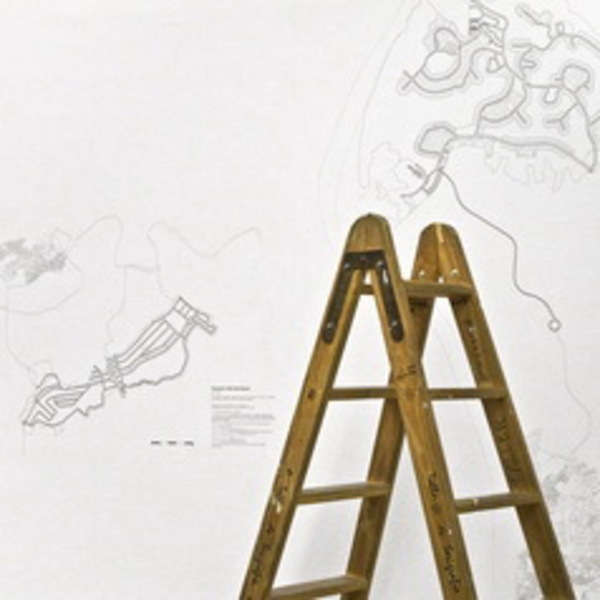
Ruinas Modernas-Spain mon amour. Ico Museum, Madrid
The centrepiece of the work is the photographic inventory of speculative construction abandoned in Spain, a compilation of Iberian landscapes occupied by unfinished and abandoned residential resorts. Approximately half of the over sixty abandoned developments discovered during a 10,000 kilometer journey are on show. The exhibits combine... >>
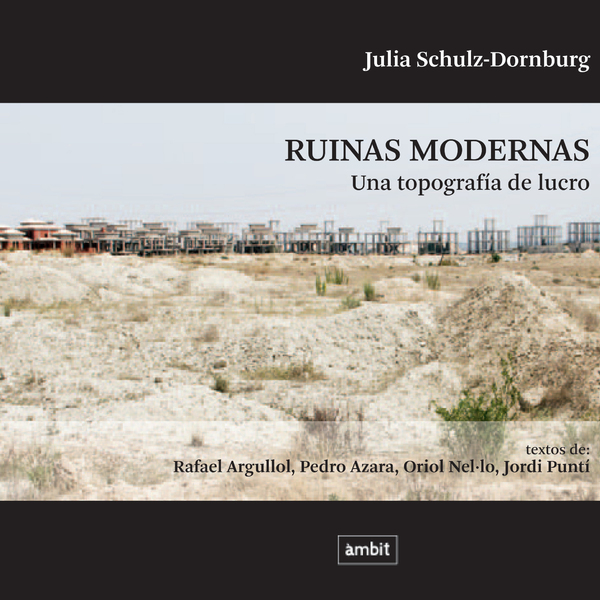
Book: Ruinas Modernas, una topografia de lucro
"Modern ruins, a Topography of Profit" is a photographic inventory of abandoned speculative construction in Spain. It depicts landscape occupied by clusters of uncompleted buildings throughout the national territory. The recent massive implementation of leisure resorts, tourist enclaves and all kinds of residential communities has not only... >>
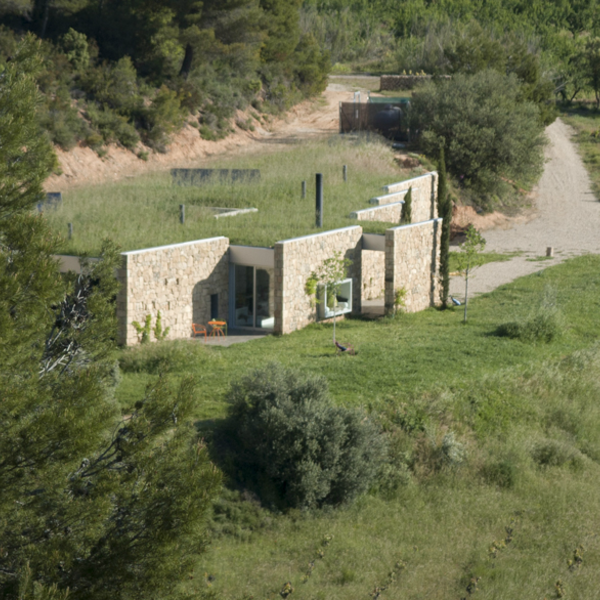
Hidden House. Cretas, Teruel
The house aims to achieve full integration into the landscape without altering the sequence of vine terraces located on the west side of the site. Taking advantage of the topographical conditions of the terrain (four levels of terraces with an approximate height of 4m each) the building adapts itself to one of them, tracing its contour and burying... >>
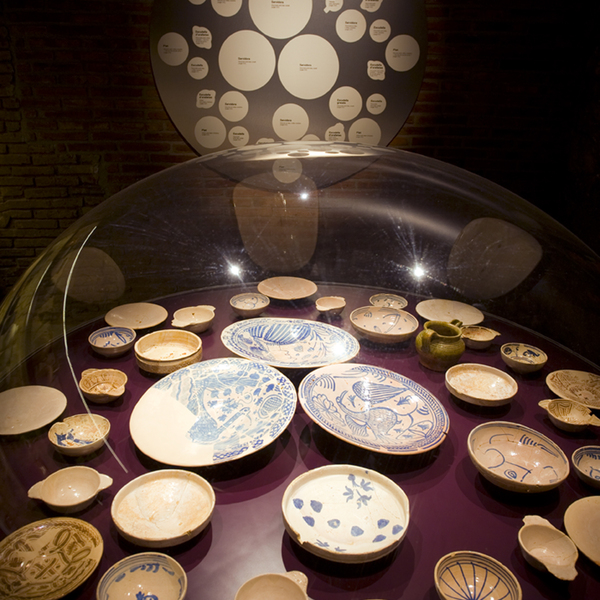
Ethnological Museum Montseny, La Gabella. Arbúcies
A series of architectural measures (new staircase, dismantling of an attic, opening up of various spaces) are planned to achieve a suitable framework for the new permanent collection of the ethnological Museum. This refurbishment will greatly improve the museum itineraries and structure the exhibition content and meaning in a clear and attractive... >>
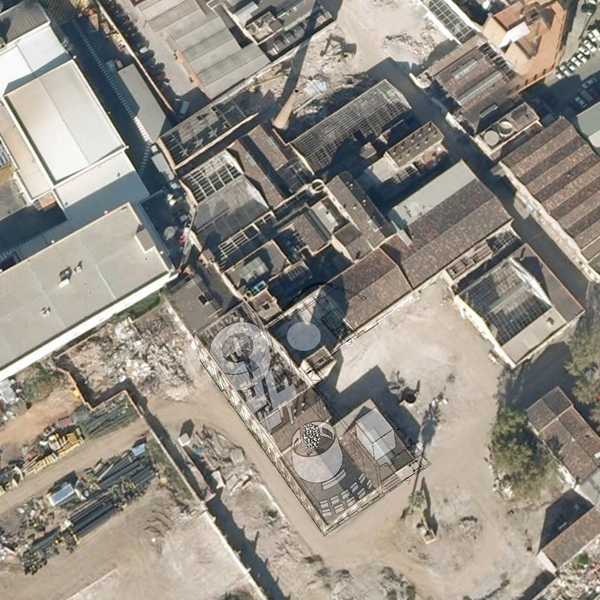
Casa de les Llengües. Can Ricart, Barcelona
The setting is an old disused factory, an important industrial heritage of urban scale. The dimension and grammar of the exhibition is directly related to this historic landmark. The exhibition maintains the original factory space without visual interruptions; size and volume of the intervention respects the chronicle of the place.The design... >>
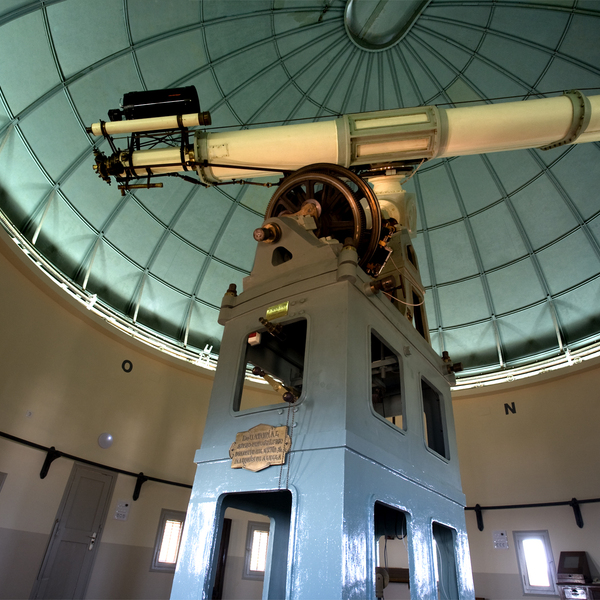
Fabra Observatory. Barcelona
The Fabra Observatory, at 413 meters of altitude, presides since 1904 a privileged place in the Tibidabo mountain. The building offers a widespread view of Barcelona and is sufficiently close to the sky as to compile the corresponding meteorological, seismic and astronomic information. The design project encompasses the creation of an exterior... >>
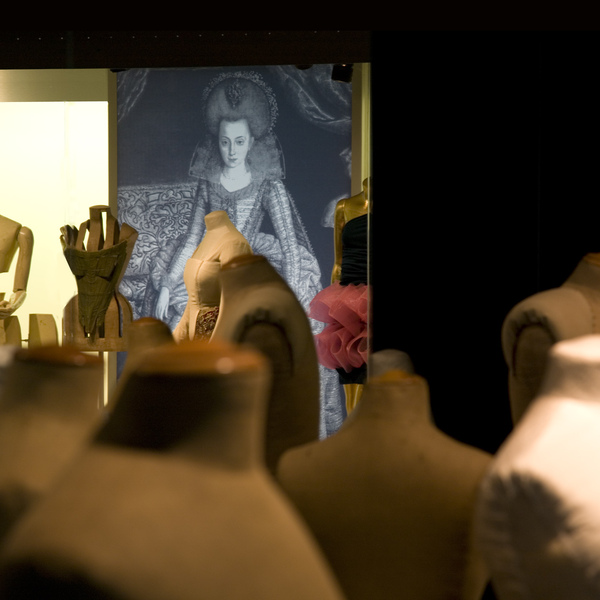
El Cos Vestit. Museu de les Arts Decoratives,
Palau de Pedralbes, BarcelonaA mayor part of the Textile Museum collection has been modernized and relocated in the Pedralbes Palace, using contemporary exhibition techniques. The presentation of the collection exemplifies one of the possible ways to integrate great heritage funds using modern exhibition methods to fuse historical testimony with critical present-day... >>
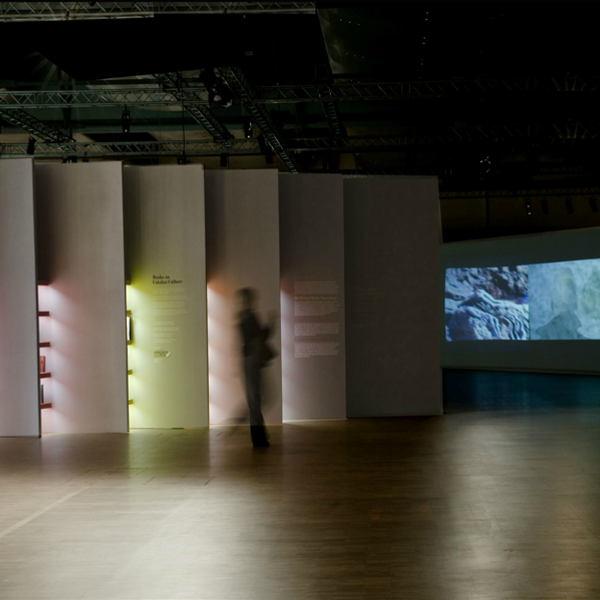
"Cultura Catalana Singular i Universal”.
Book Fair, FrankfurtThe guest of honour exhibition “Catalan Culture, Singular and Universal” at the book fair in Frankfurt is divided in two, clearly distinguishable parts. A large curved double sided partition separates the proper exhibition area from the surrounding open space dedicated to different related activities.
The central space, with controlled lighting... >>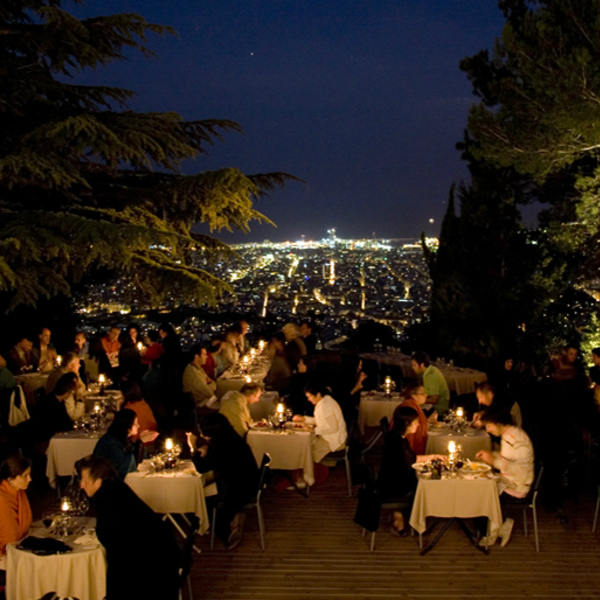
Dining with stars. Fabra Observatory,
BarcelonaThe Fabra Observatory, at 413 meters of altitude, presides since 1904 a privileged place in the Tibidabo mountain. The building offers a widespread view of Barcelona and is sufficiently close to the sky as to compile the corresponding meteorological, seismic and astronomic information. During the summer months, the observatory offers "dinner with... >>
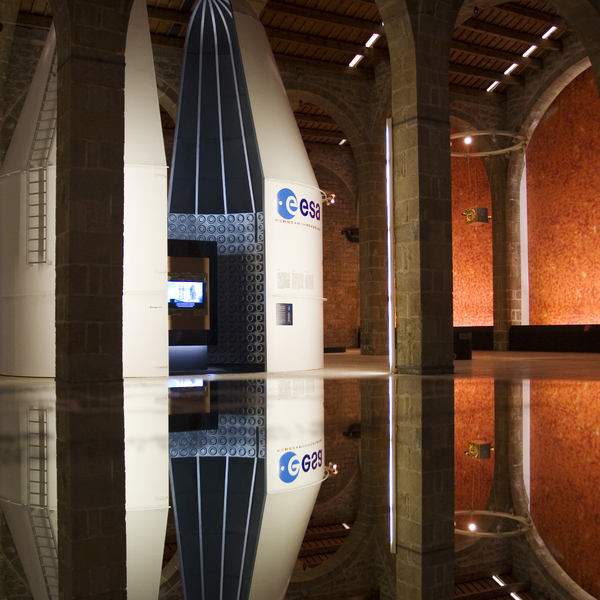
Navegants del Segle XXI. Museu Marítim, Barcelona
The European Space Agency ESA in French Guinea is the subject of the exhibition "Seafarers of the 21st century" held in the Maritime Museum of Barcelona. The former medieval shipyard is an appropriate setting for the high-tech space ships on show which include a space rocket (scale 1/20), a space capsule (a real scale) and the Jupiter-room... >>
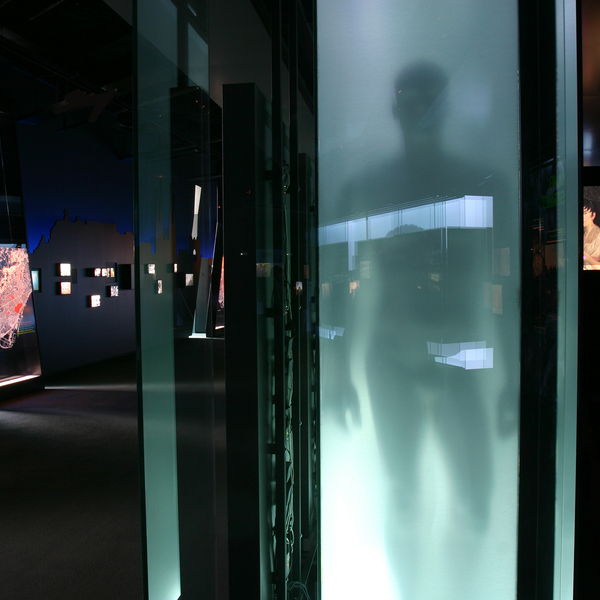
Sensacions. Edifici Fòrum, Barcelona
One of the principal criteria for creating an exhibition within the Forum building was to respect the special character of the building and work within the “black box” as independently as possible, avoiding links and connections between the pre-existing structure and the new exhibition spaces as much as possible.
The exhibition “Sensations” is... >>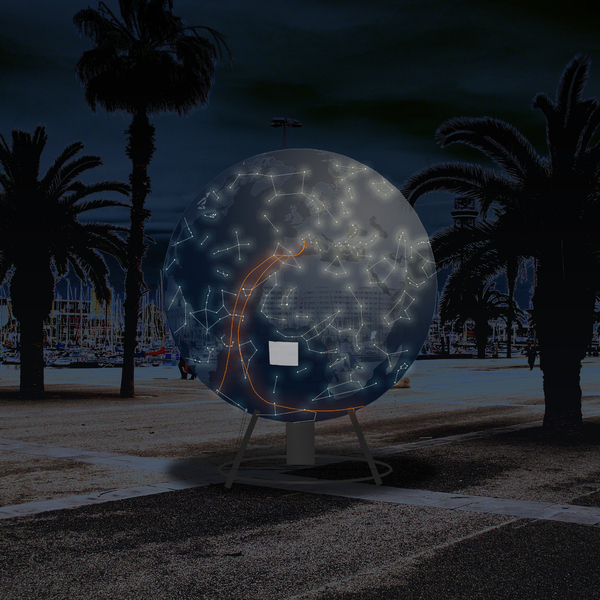
Competition proposal Globo Celáqueo. Barcelona World Race, Barcelona
The icon and trophy for the “Barcelona World Race” is a "celaquéo" globe (term composed of “Celestin” –stars and “Aqua”- water on the globe’s surface) , an object that delineates and represents most data and information indispensable for the navigation around the world . This large three-dimensional map acts as symbol and physical... >>
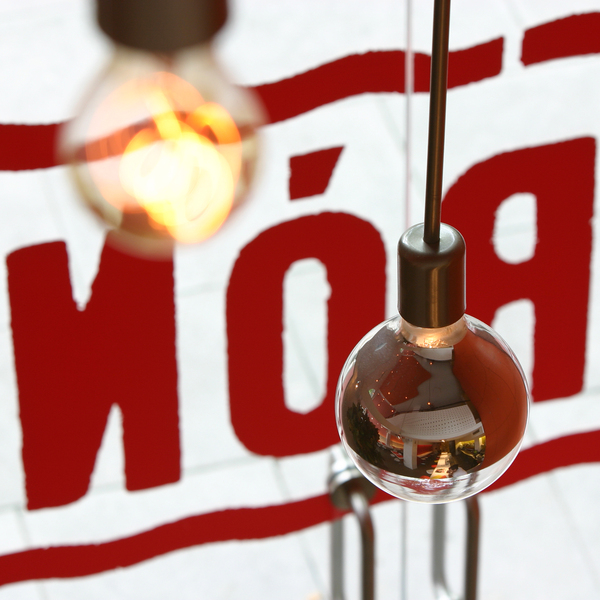
"La Verónica " Restaurant. Rambla del Raval, Barcelona
The restaurant “la Verónica” moved to the Rambla de Raval.
>>
The principal architectural elements which configured the original space, such the luminous bench, the suspended light bulbs and its characteristic colours were considered essential elements and trademark of the restaurant.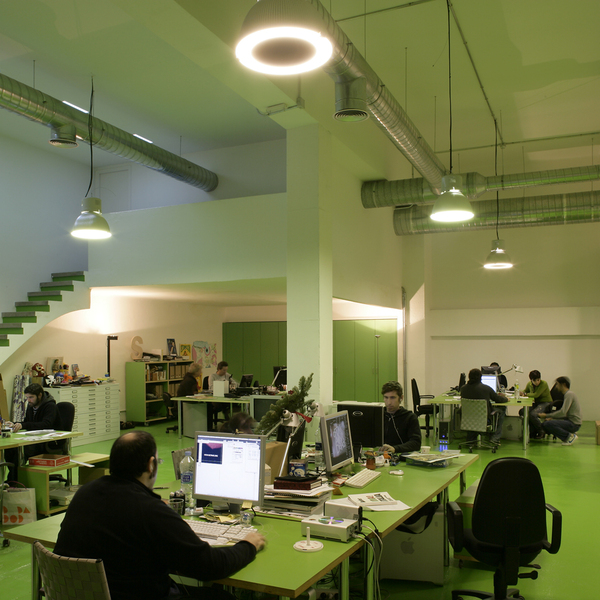
Refurbishment Vasava Artworks Studio. Barcelona
An old ground floor garage was converted into the head office of Vasava artworks, a graphics studio dedicated to the investigation of new tendencies in communication.Exhibition space, shop, recording studio, office, workshop and projection room are accommodated in a series of different interconnected spaces that cater for the companies needs. A... >>
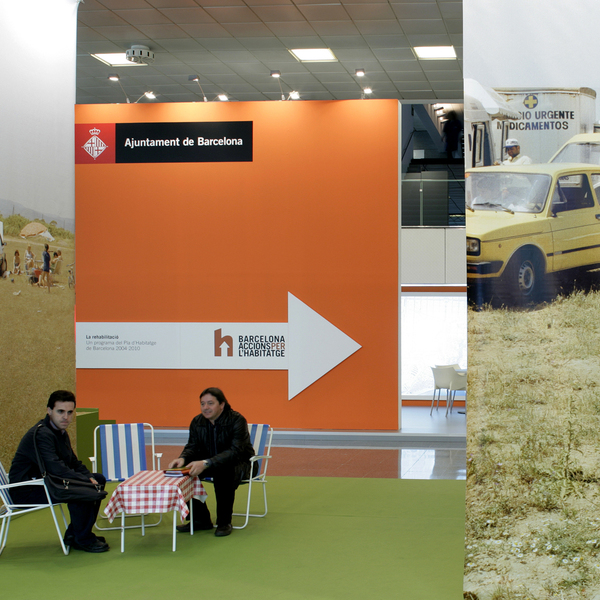
Stand COAC. Construmat, Barcelona
The COAC’s brief for the design of their stand at the Construction fair “Construmat” was to exhibit the outcome of a competition for a tent, organized by the client. We wanted to introduce an idyllic setting of camping tents into the bustling fair routine whilst maintaining a contextual link to the urban environment, important reference for the... >>
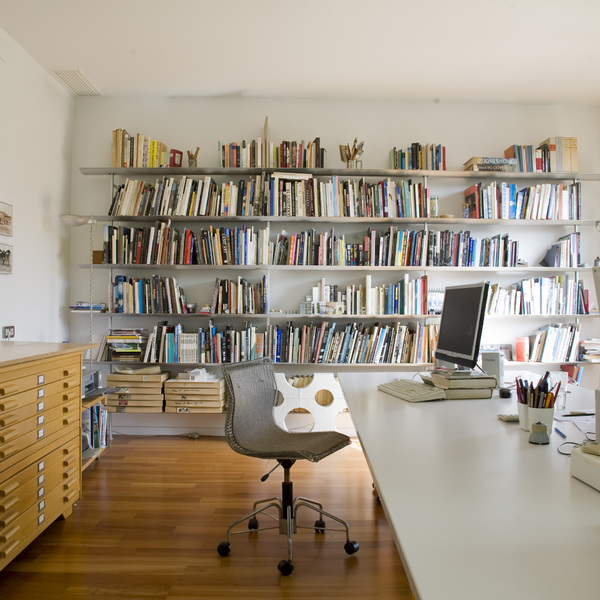
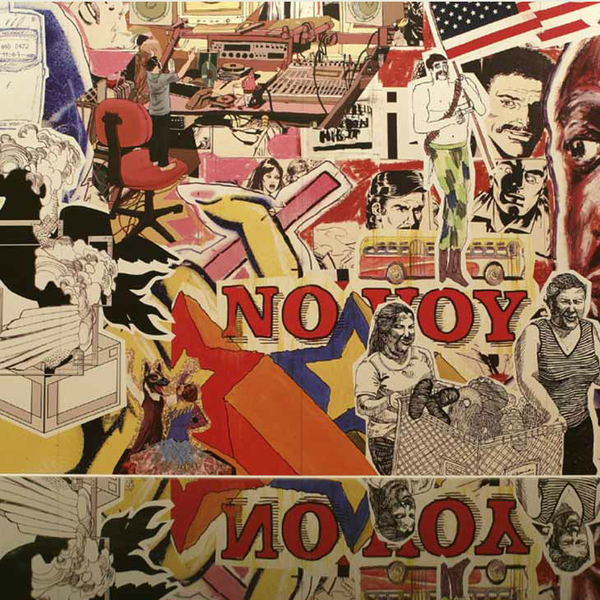
Place, the world in a suitcase.
CCCB, Barcelona.Vasava Artworks and the Centre de Cultura Contemporània de Barcelona present Place, the world in a suitcase, a research project that deals with the relations between the environment and the creative process, in which thirty-five designers give form to the world around them. The Barcelona graphic arts studio Vasava Artworks put into circulation two... >>
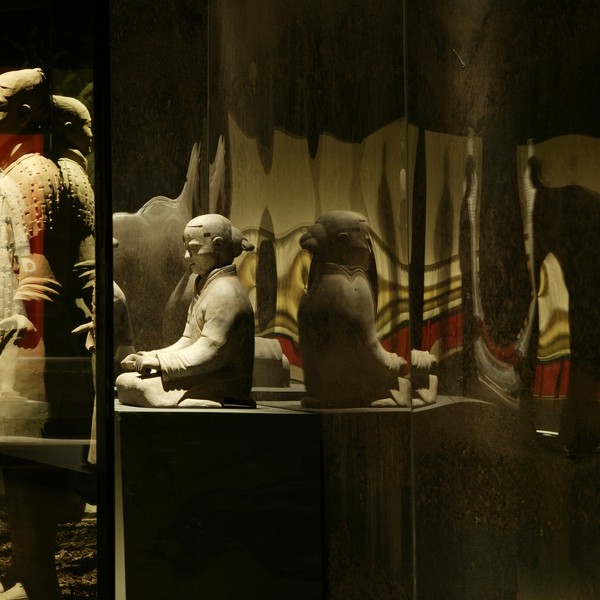
Guerrers de Xi'an.
Fòrum Universal de les Cultures, BarcelonaThe excavation site and the archaeological process of carefully recovering the hidden treasures were the main source of inspiration for the design of the Xian warriors’ exhibition.The exposition is arranged in two separate but interconnected spaces: the introduction area -the audiovisual room with a capacity for 250 people-, and the actual... >>

Les Presons de Franco. Museu d'Història de Catalunya, Barcelona
The exhibition design of FRANCO’S PRISONS tries to give body and voice to the fate of many destroyed lives, victim of their ideals and convictions. Without official recognition these experiences can not become part of the collective conscience that, in -the best of cases- will safeguard us from an historic repetition. A plain all-encompassing... >>
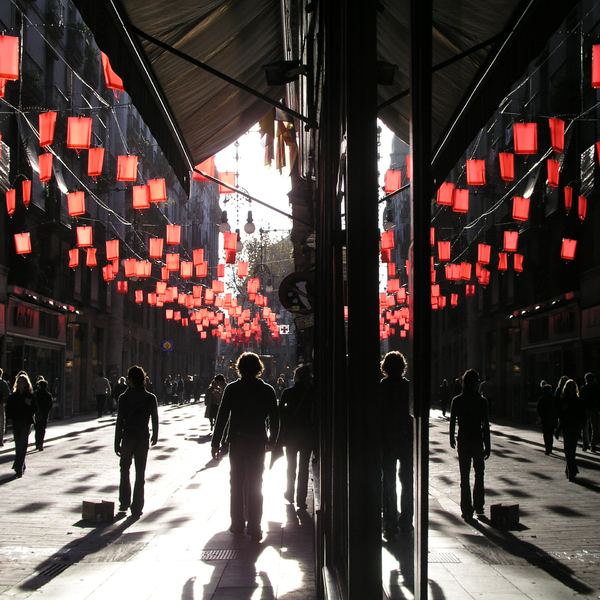
La Bossassona. Barcelona
The bossassona added movement and sound as additional elements to the existing Christmas decoration iconography of colour and light. The installation was designed to fulfil its decorative purpose as much in the dark as in plain daylight during the busy shopping hours. The bossassona is a non-static multiple unit that combines typical Christmas... >>
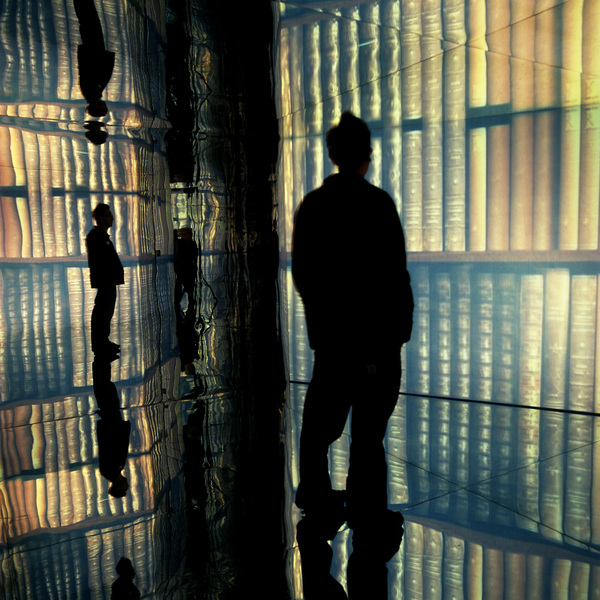
Cosmópolis, Borges y Buenos Aires. CCCB, Barcelona
“Cosmópolis, Borges and Buenos Aires” analysed the relationship between Jorge Luis Borges and Buenos Aires, his natal city. Seven chapters (Mythical Foundation, Fervour of Buenos Aires, The Metaphysical South, The Transformed City, The Infinite Library, The Canonized Heresiarch and Cosmópolis) led the visitor from Borges’ re-foundation of Buenos... >>
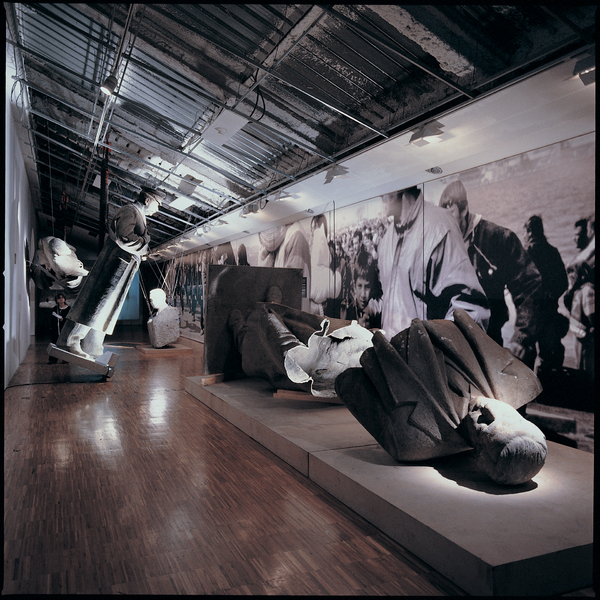
Tiran(i)a. CCCB, Barcelona
The experience of tyranny, in this case suffered by the Albanian people under Enver Hoxha´s dictatorship between 1944 and 1990, is the subject matter of the exhibition Tiran(i)a.
The exhibition design’s elementary language, basic materials and austere aesthetic with simple constructive solutions reflected the severe and bitter story of Tirana’s... >>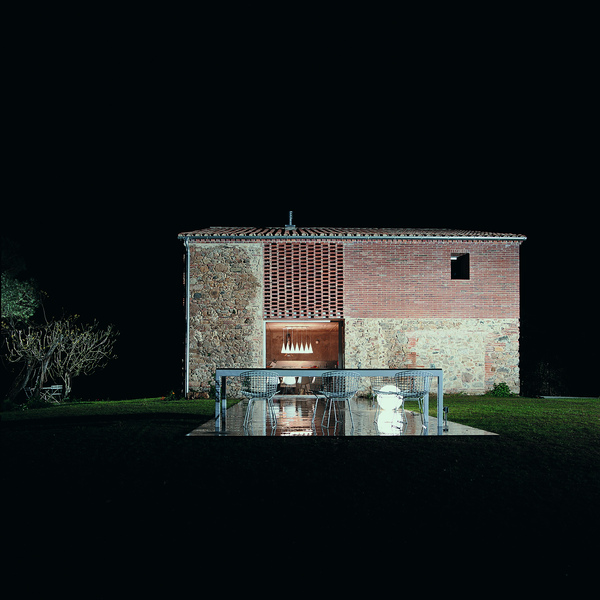
Can Rei. Tordera, Barcelona
The remains of a typical Catalan farmhouse, strategically situated on the top of a hill, marked the location and scale of the future single-family house. Although the precarious state of the ruin made it necessary to create a new and independent structure, we did not want to renounce the original buildings richness of textures and layers that had... >>
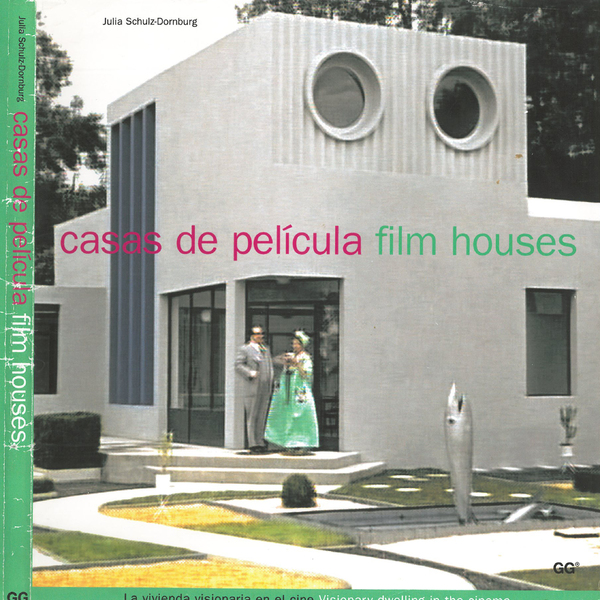
Book: Film houses - Visionary dwelling in the cinema
The book examines visionary domestic architecture in film, compiling 20 houses of extraordinarily imaginative conception. The typology, size and character of each of these homes dating from 1924 to 1997 portray concurrent visions of a hypothetical future and represent the prevailing sentiment and political mood of the time in three... >>
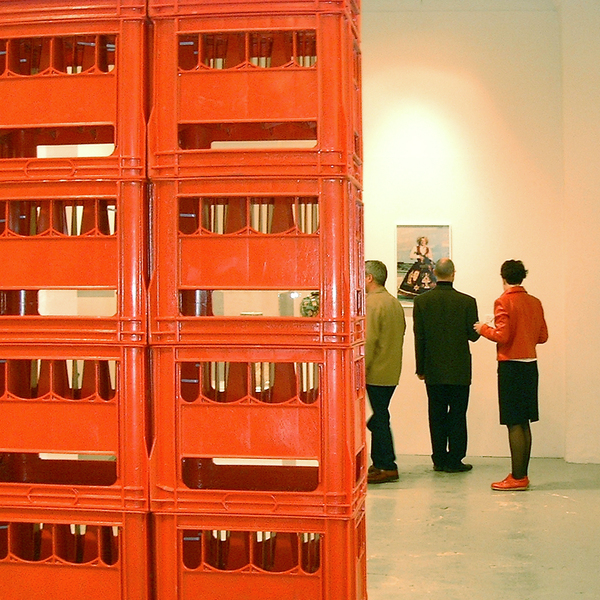
La otra Britania. Tecla Sala, L'Hospitalet
The show presented the work of six artists born in Great Britain –David Batchelor, Michael Landy, Chad Mc Cail, Grayson Perry Bob and Roberta Smith and Marc Quim– who, inspired by Pop Art, work with materials and icons from the popular culture of our the post-industrial society.
>>
Book: Art and architecture: new affinities
The book touches on the shared expiriences of Art and Architecture, on what they have bad in common over the last two decades. Influences are discerned and connections established between disciplines that are sometimes on the point of merging in the way they extrapolate and interchange their findings.Parallels are drawn between works by architects... >>
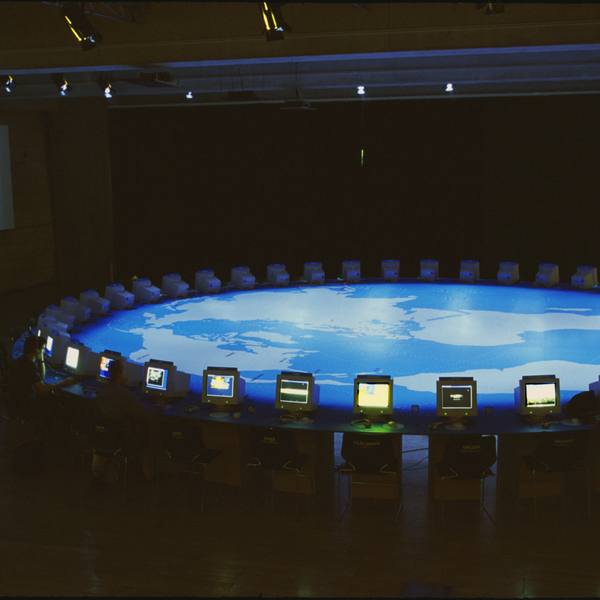
www.mycity.com. CCCB, Barcelona
A large table measuring eleven metres in diameter supports 46 computers, each equipped with an electronic guide of a specific city. 50 contributions by authors resident in the participating cities are linked in WWW.MYCITY.COM, a project entirely created on the web. The multitude of spaces represented on screen is reflected in the dimension of the... >>

Tresors de la Natura. Museu de Zoologia, Barcelona
The building, designed by Doménech i Montaner, opened its doors in 1888 as a café-restaurant for Barcelona’s universal exhibition. The restaurant was housed in a large hall that opened up directly on to the surrounding park. With the passage of time and change of use, the windows on the ground floor were bared and finally blocked up, so that the... >>
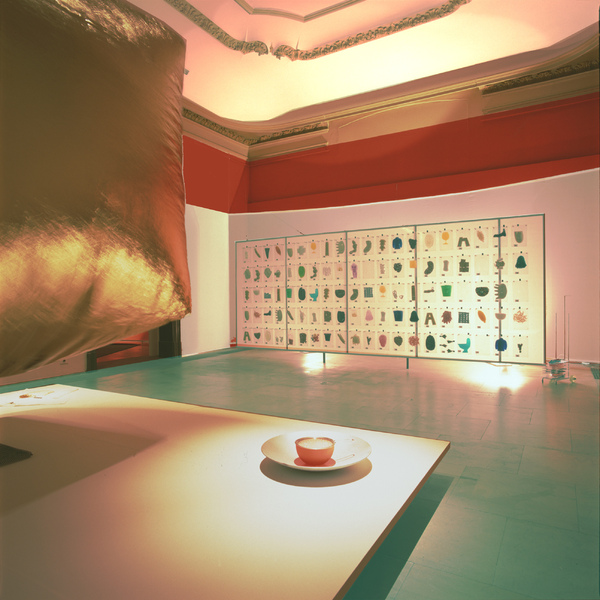
Futur Compost. Palau de la Virreina, Barcelona
FUTUR COMPOST (COMPOUND FUTURE) showed the past and present of Catalan industrial design through a collection of objects which, in the words of the curator, represented "the eclecticism of everyday life". Despite the chronological division of the exhibition into past, present and future, the objects selected required a less linear treatment. The... >>

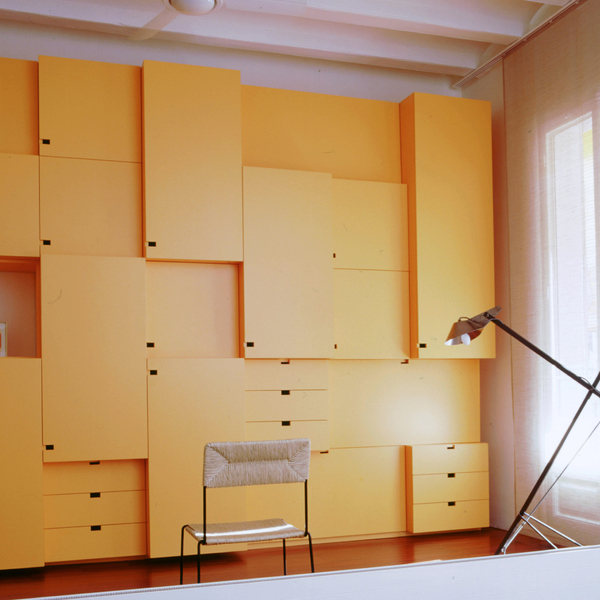
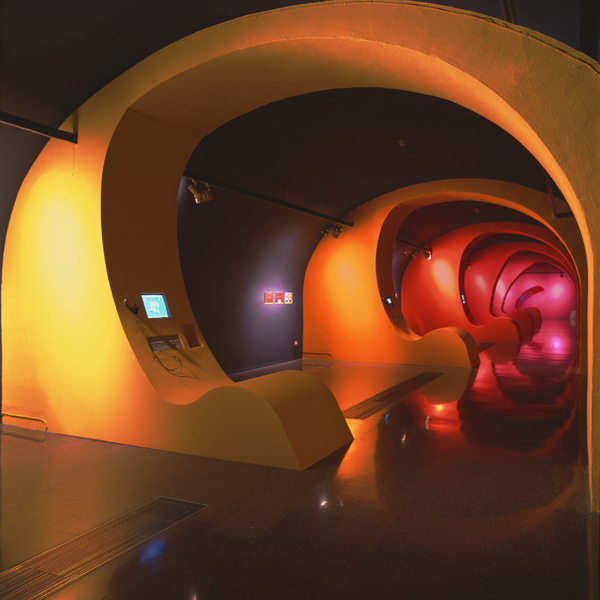
Salón Digital. CCCB, Barcelona
SALÓN DIGITAL (digital showroom) was a touring exhibition showing 130 computer-generated art works in two or three dimensions (photos, drawings, sculptures and installations), projected works (shorts and animations) and a selection of virtual works on the Internet. The great variety of works and techniques was one of the exhibition's strengths,... >>
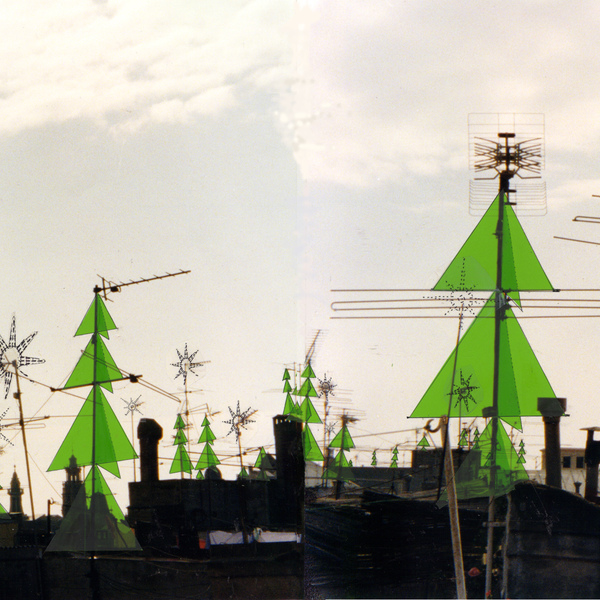
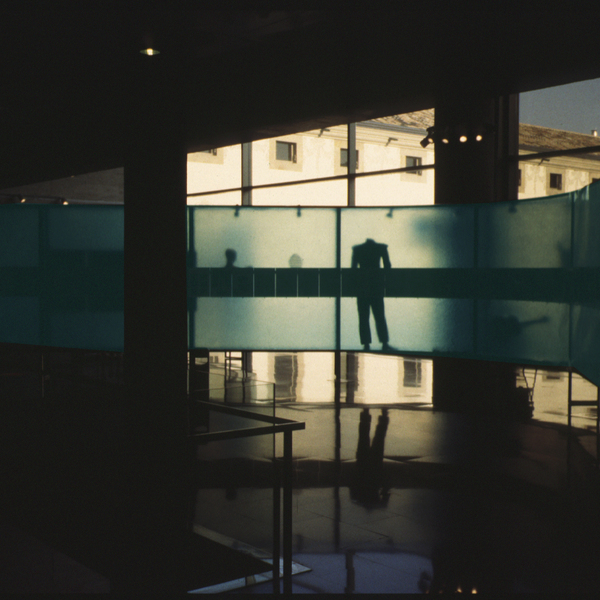
Viatge a la Lluna. CCCB, Barcelona
The exhibition displayed objects and the story board for the film VIAJE A LA LUNA, produced by Frederic Amat with a film script written by Frederic
>>
Llorca.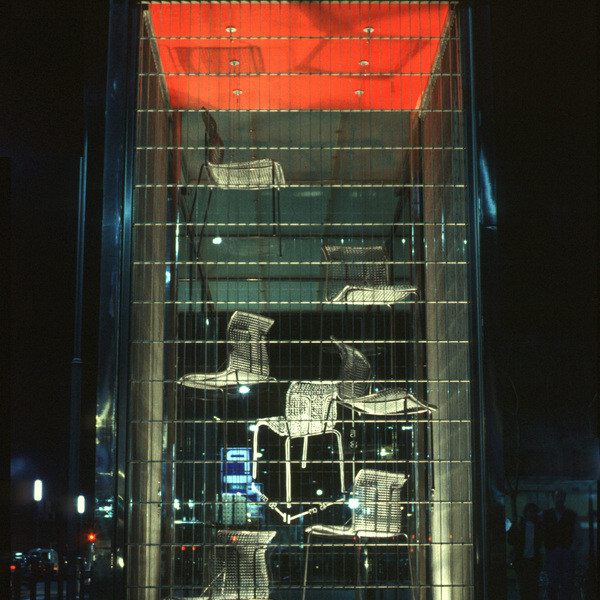
Caja de vidrio. Plaça del Born, Barcelona
Two glass structures, used as entrance and ventilation shaft for an underground parking, were converted into a display case by adding a coloured panel and using the existing emergency lights. A “ready-made” exhibition space in a highly frequented public space.
>>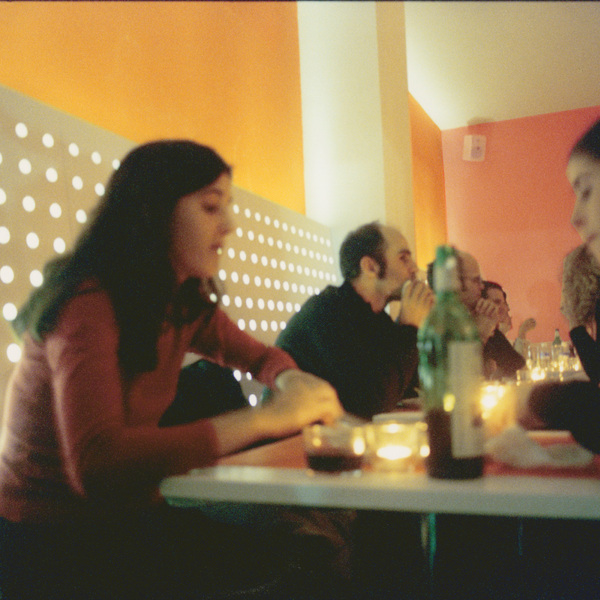
Restaurant "La Verónica". Carrer d'Avinyó, Barcelona
LA VERÓNICA is a restaurant in the heart of Barcelona’s old town. It is located between two squares: Plaça de la Veronica and Plaça de George Orwell. The location determined the project’s first aim: to link both squares and their respective social groups with a connecting public space - the restaurant.
A line of lights (set at a uniform... >>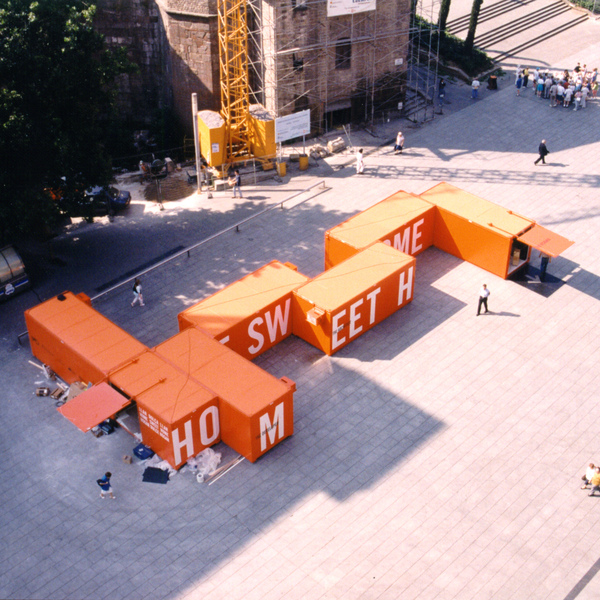
Home sweet home. UIA 1996, Barcelona
HOME SWEET HOME is a reflection on the lives and private sphere of those who dwell in big cities, a modest case study on Man's space in the metropolis. It focuses on the microcosm within the macrocosm, understanding the first one as a private, intimate space in which city-dwellers spend much of their lives. The “home” as concept and object has to... >>

Refurbishment Apartment 31. Barcelona
An old hostel with 14 rooms was converted into a living and working space in various stages of refurbishment. The lack of exterior views was compensated by long interior perspectives which physically and visually connected the different areas of the home.
>>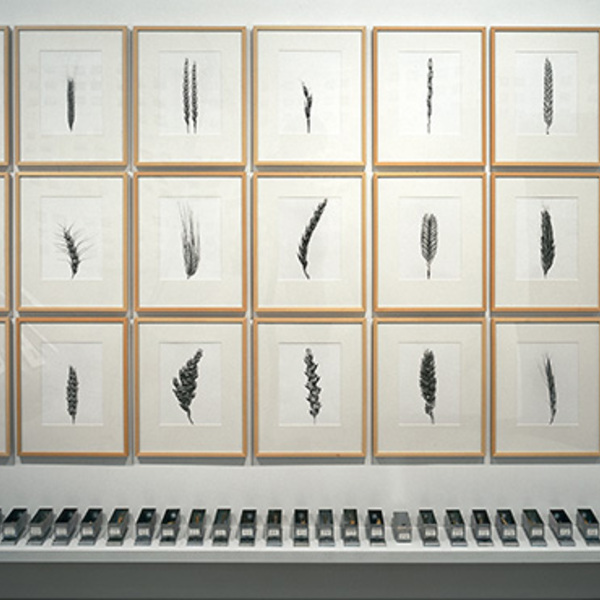
Ewiger Weizen. Brot Museum, Ulm
In a single century, wheat culture was reduced from over sixty thousand to a few dozen high-yield types. Remains of the disappeared native breeds of wheat are stored in seed banks, frozen and numbered, raw material for experiments. Beyond its concrete purpose, wheat has therefore achieved its highest abstraction as embodiment of wealth and... >>